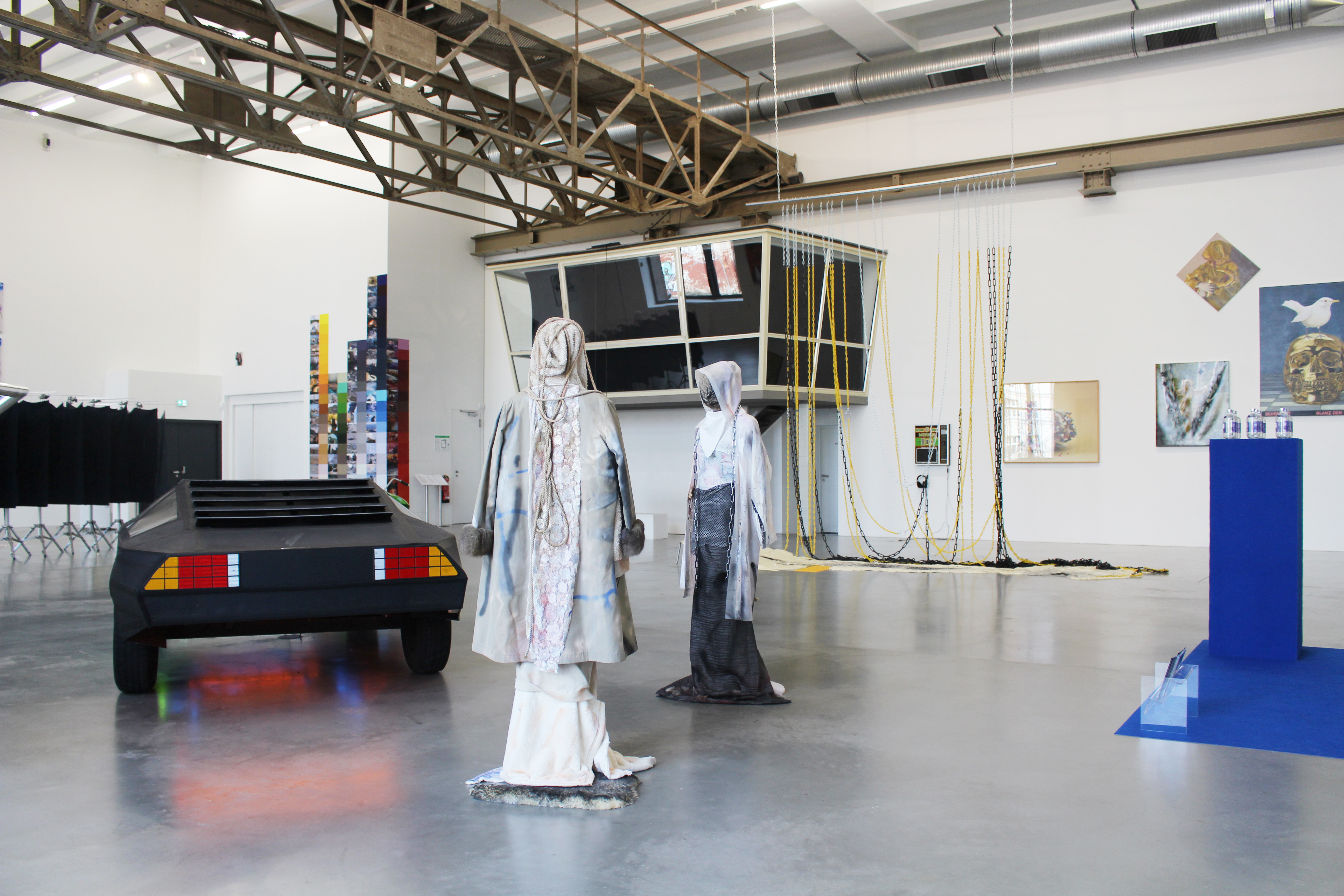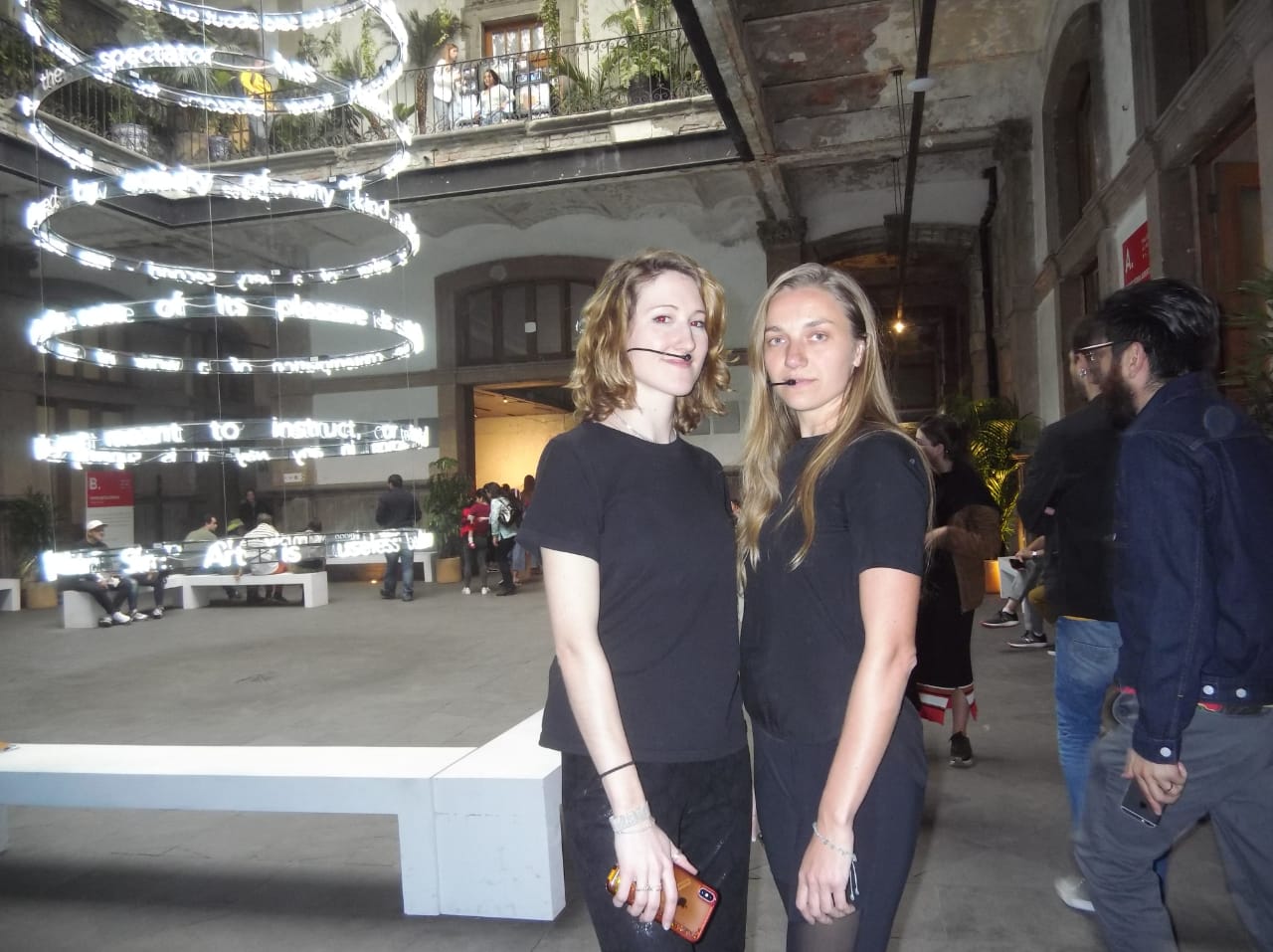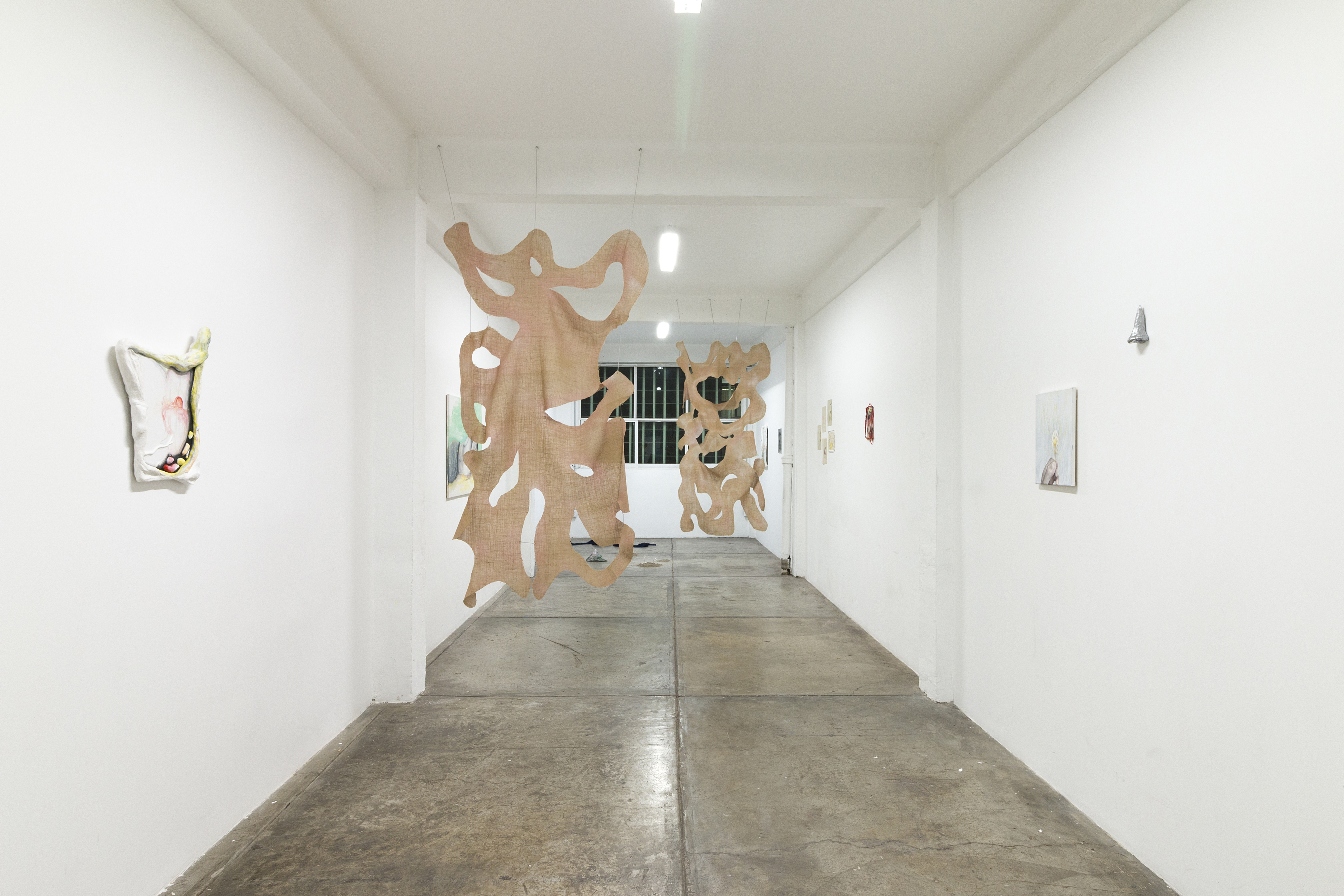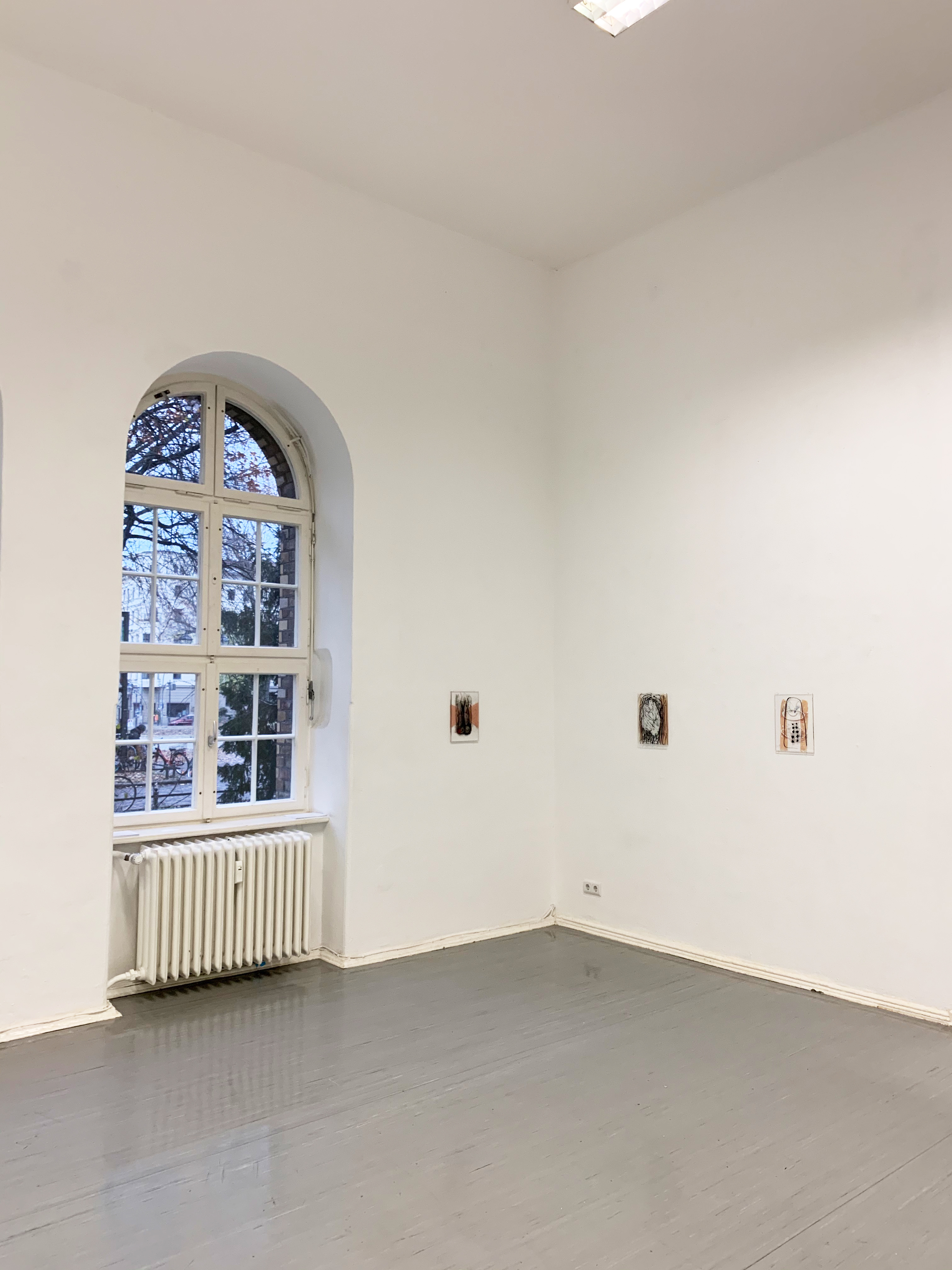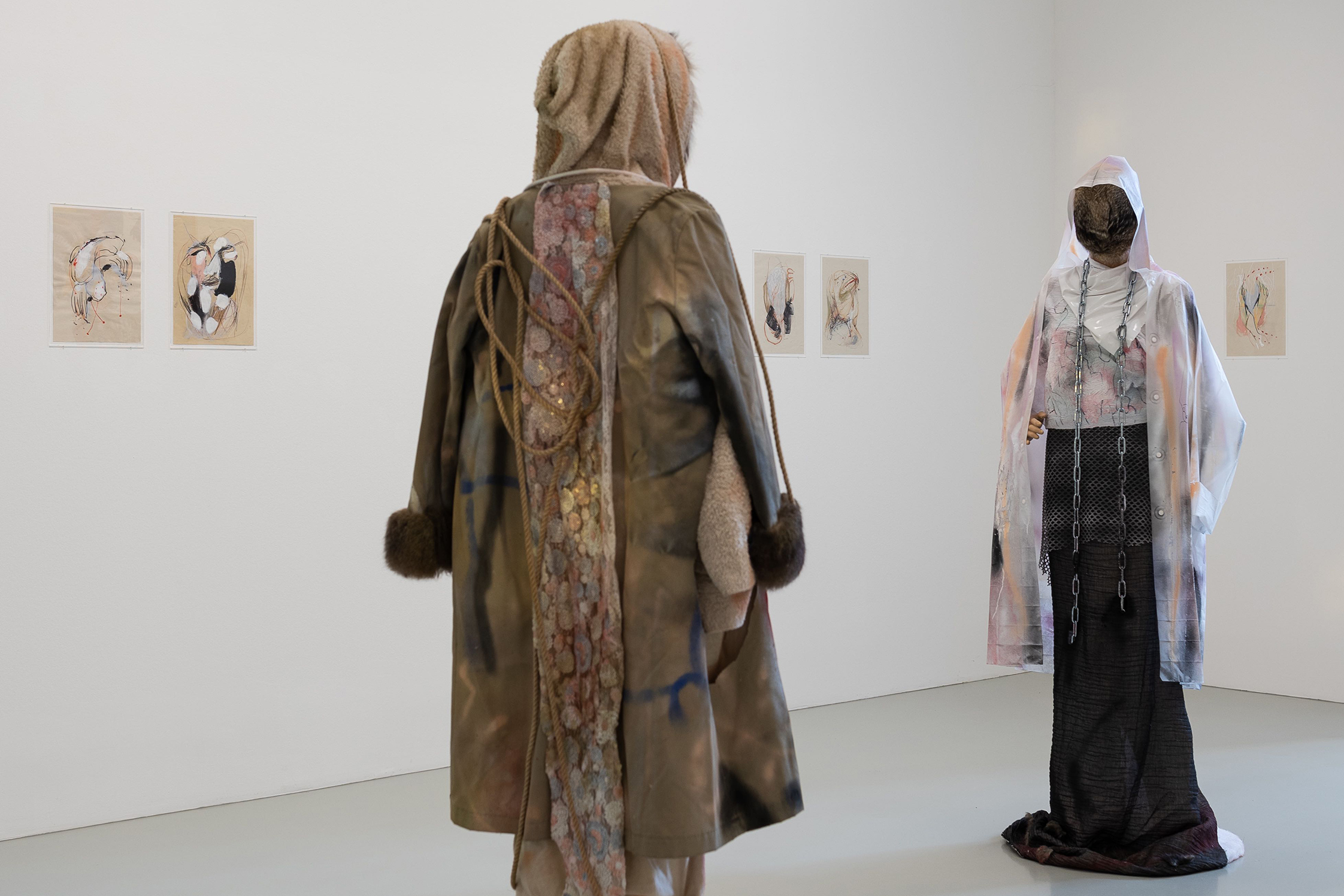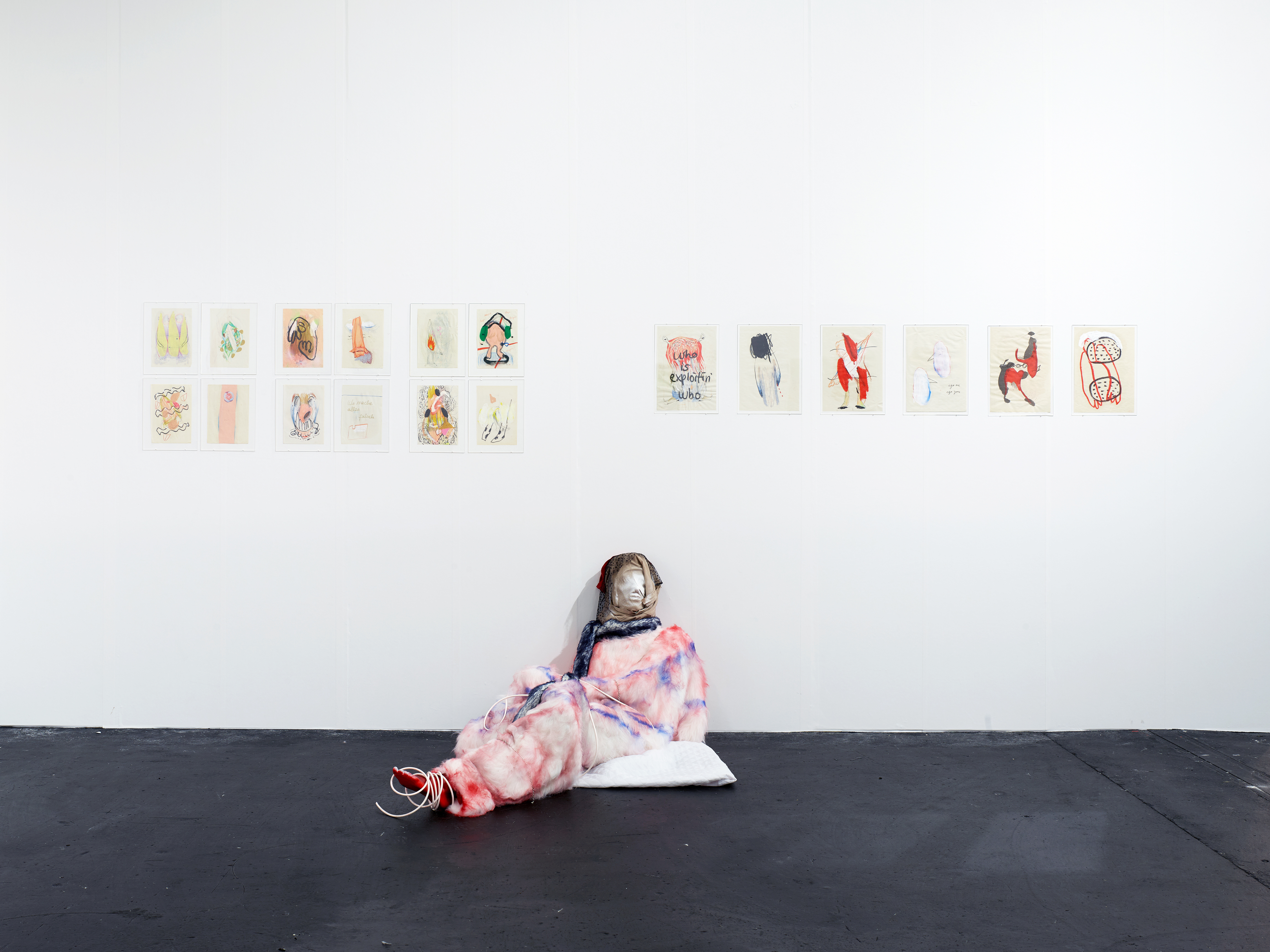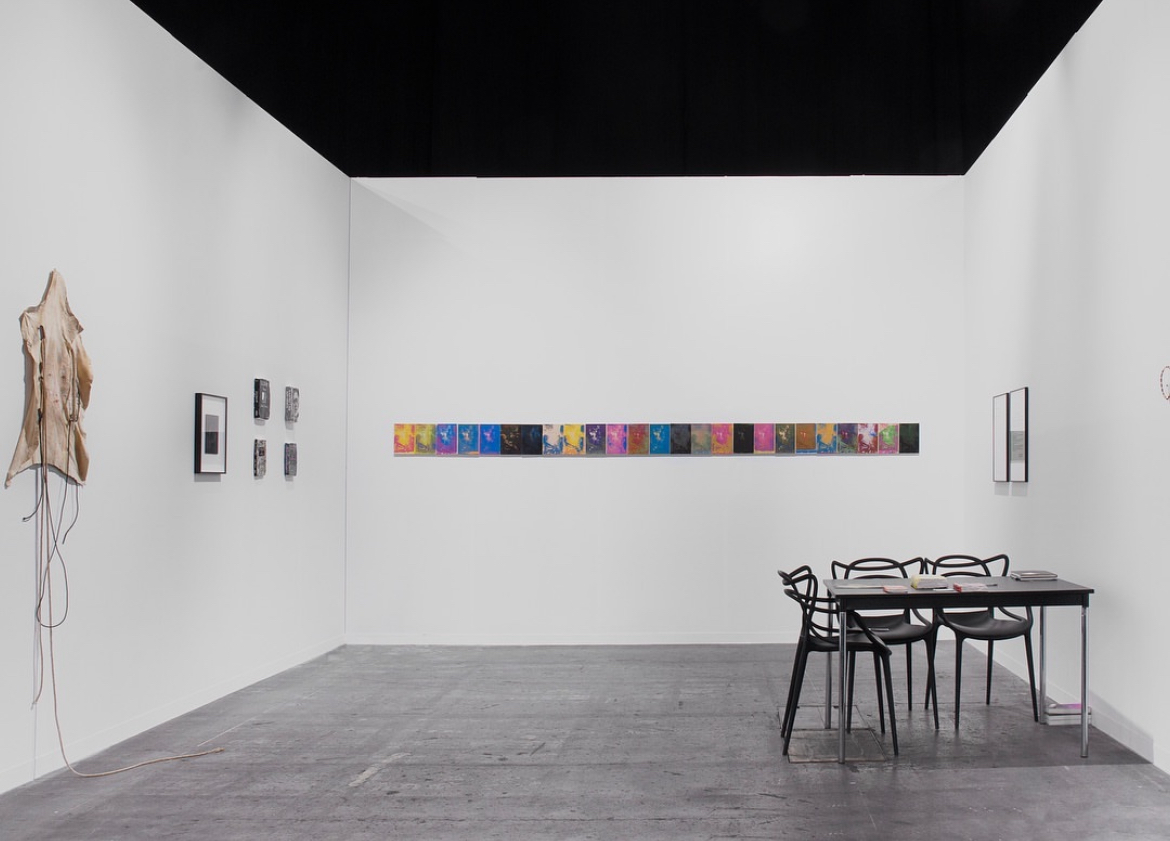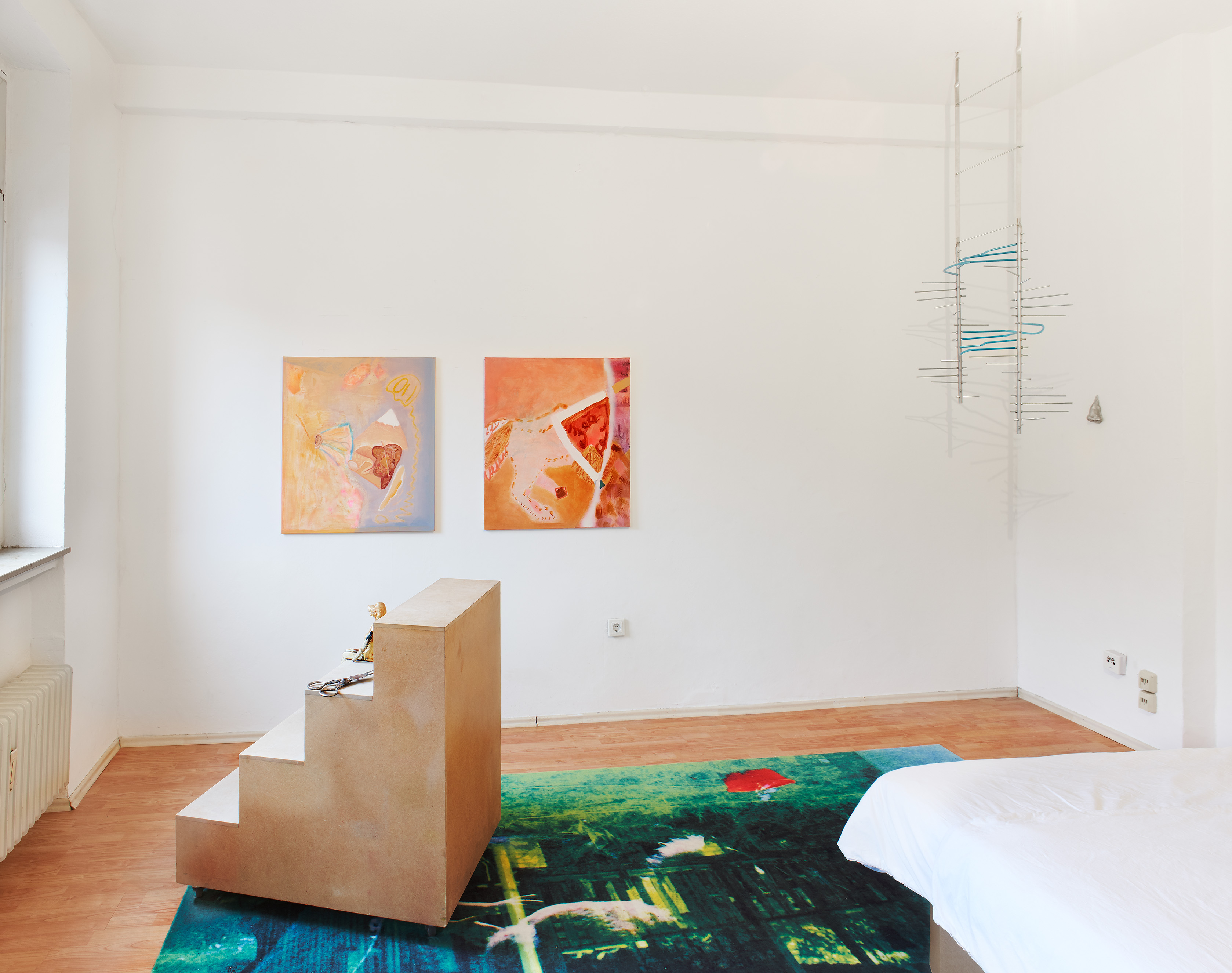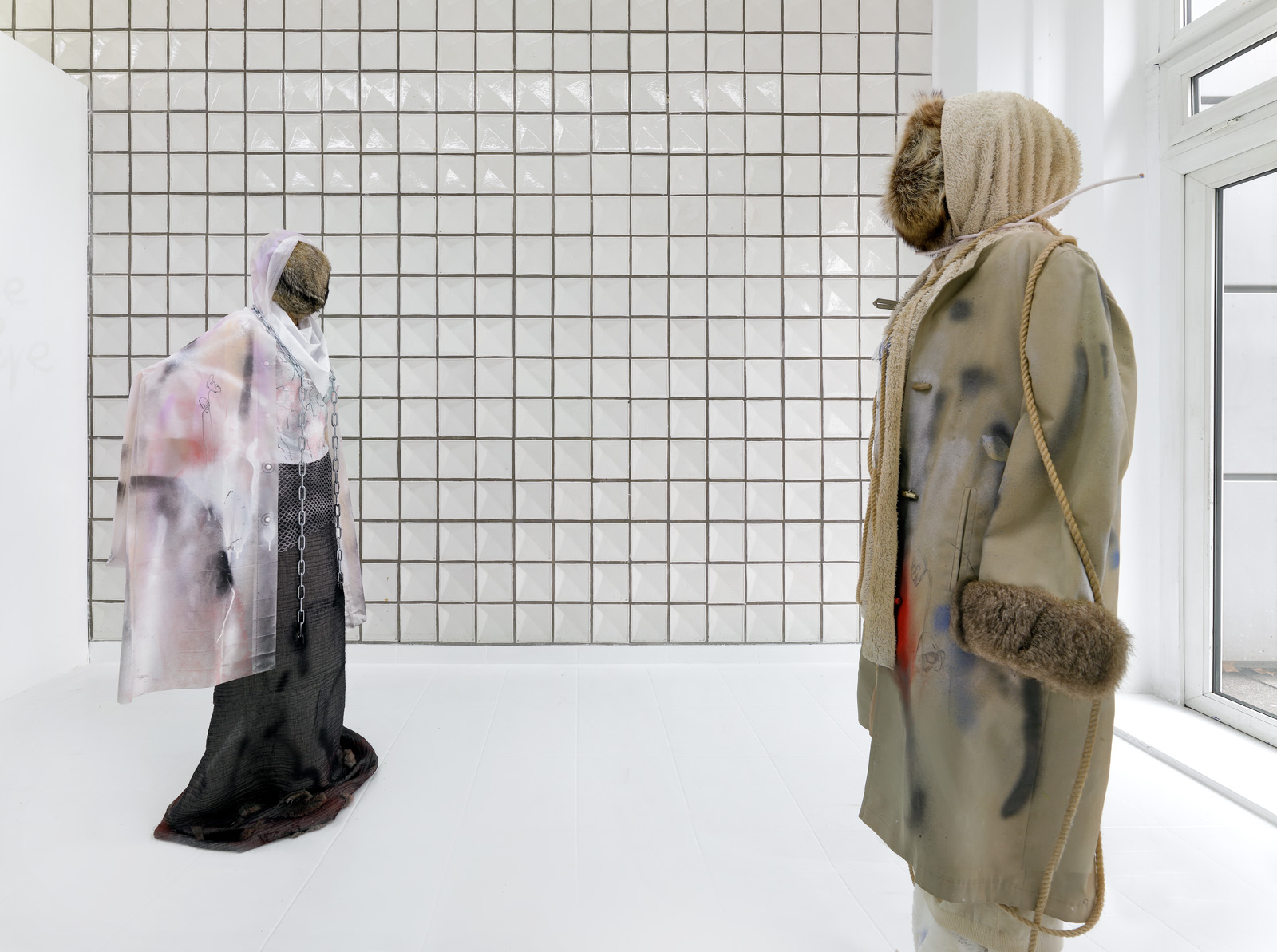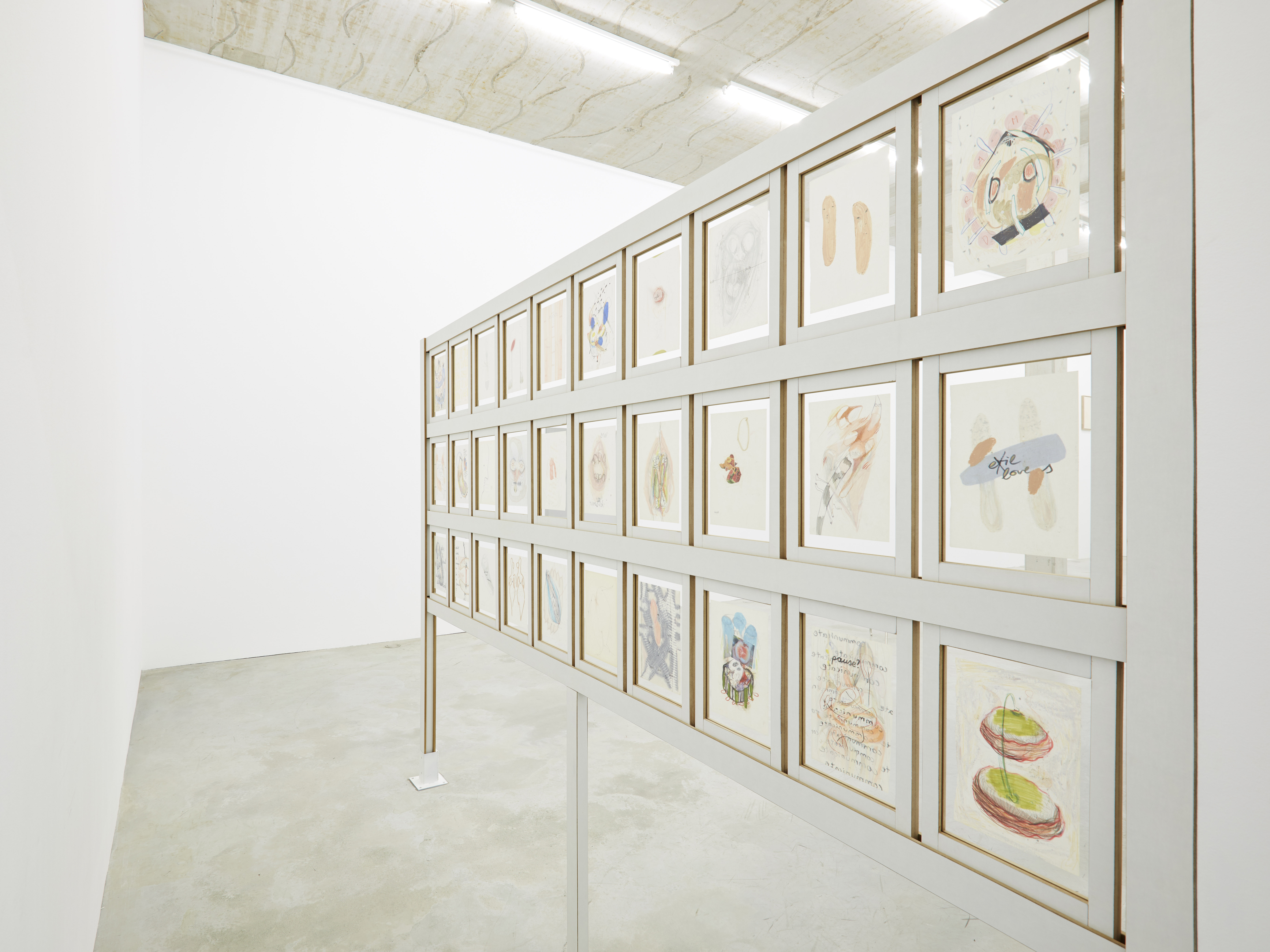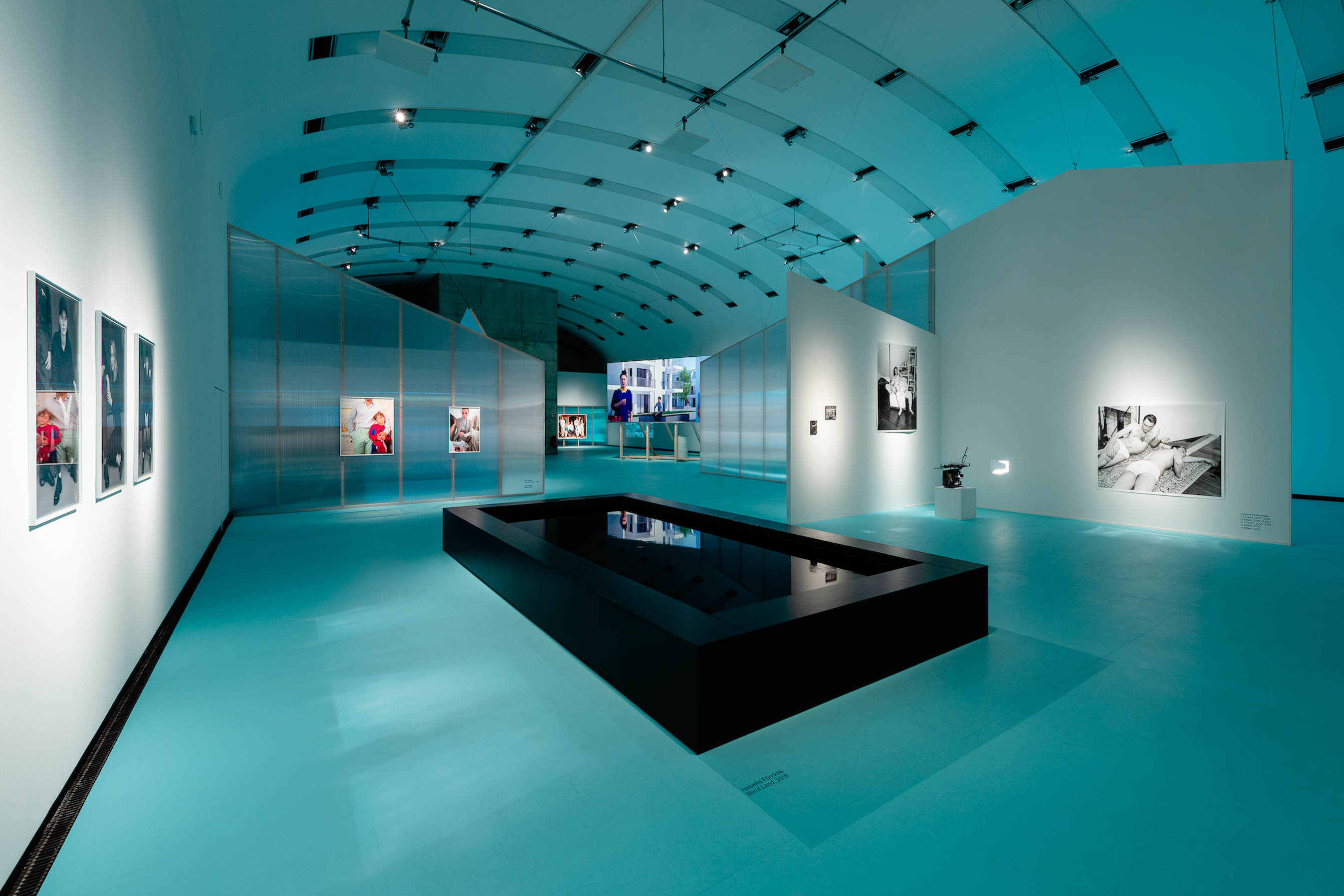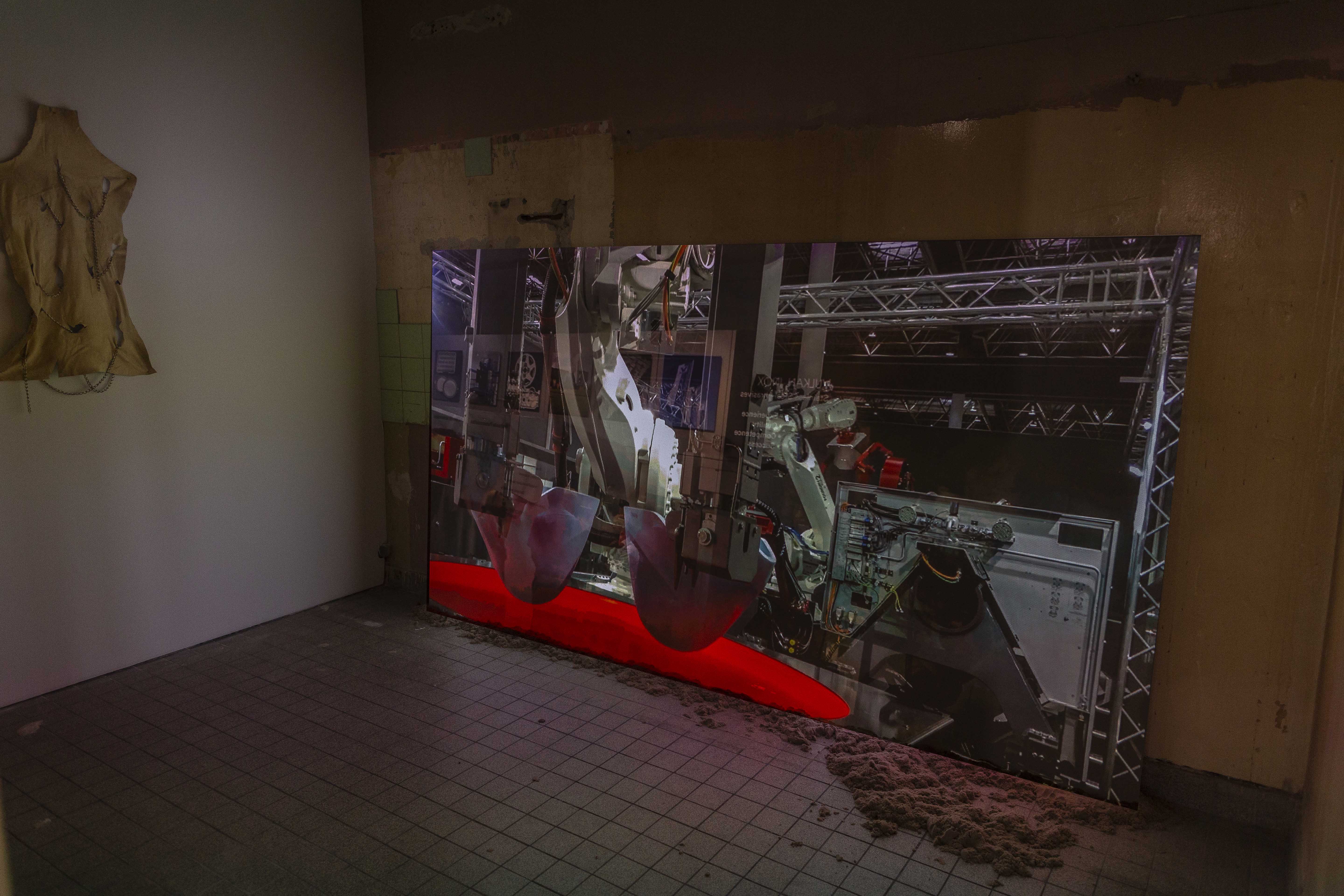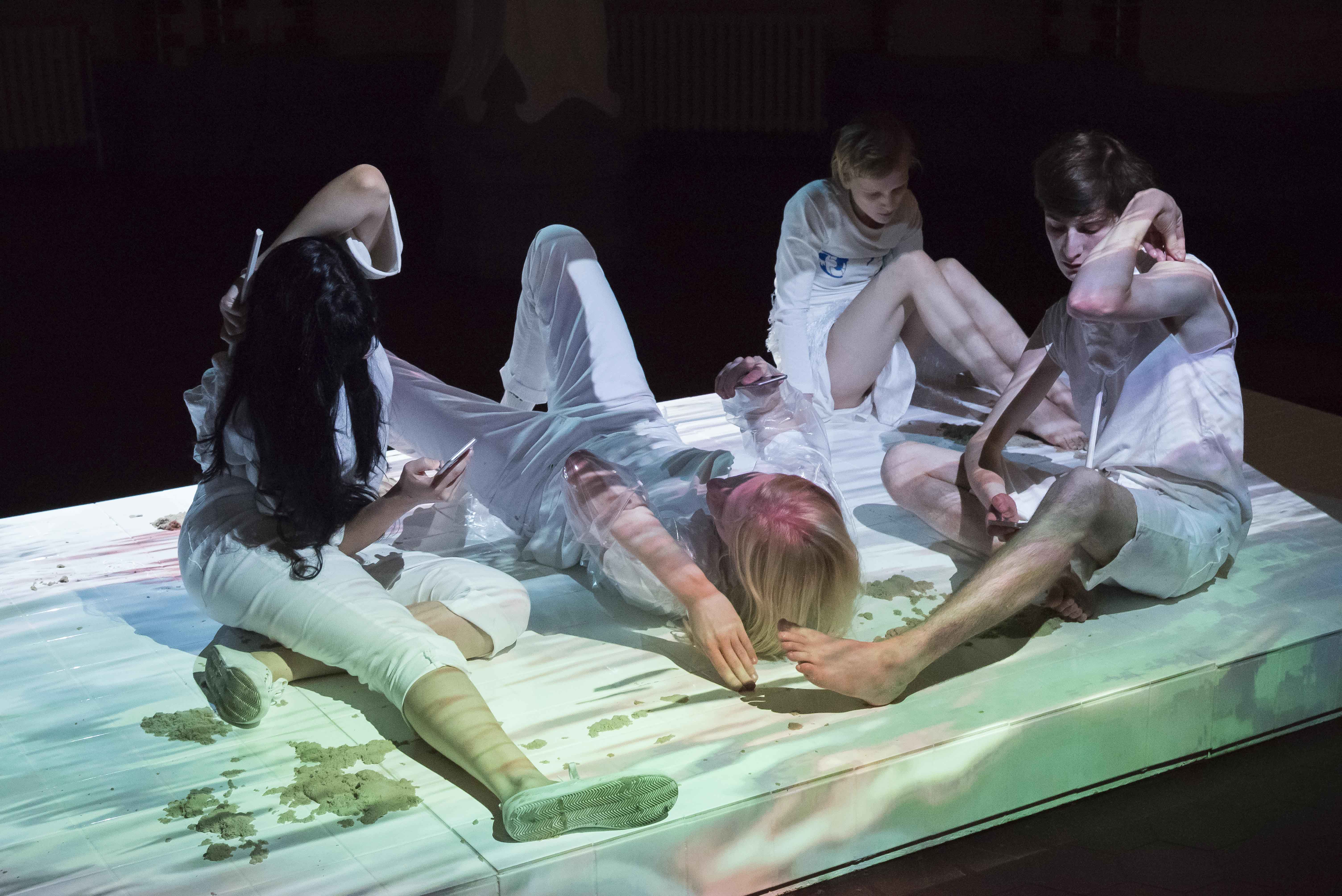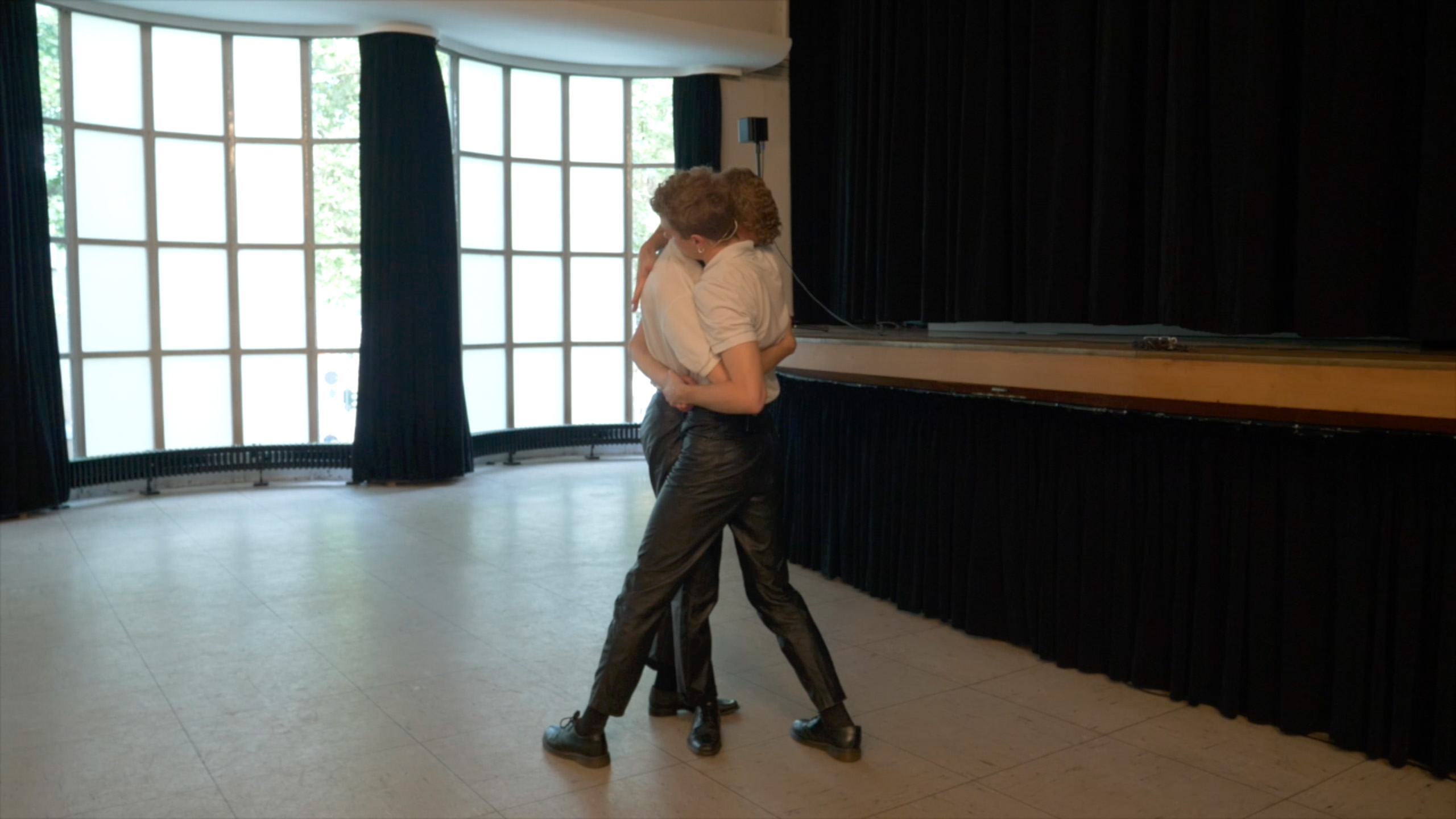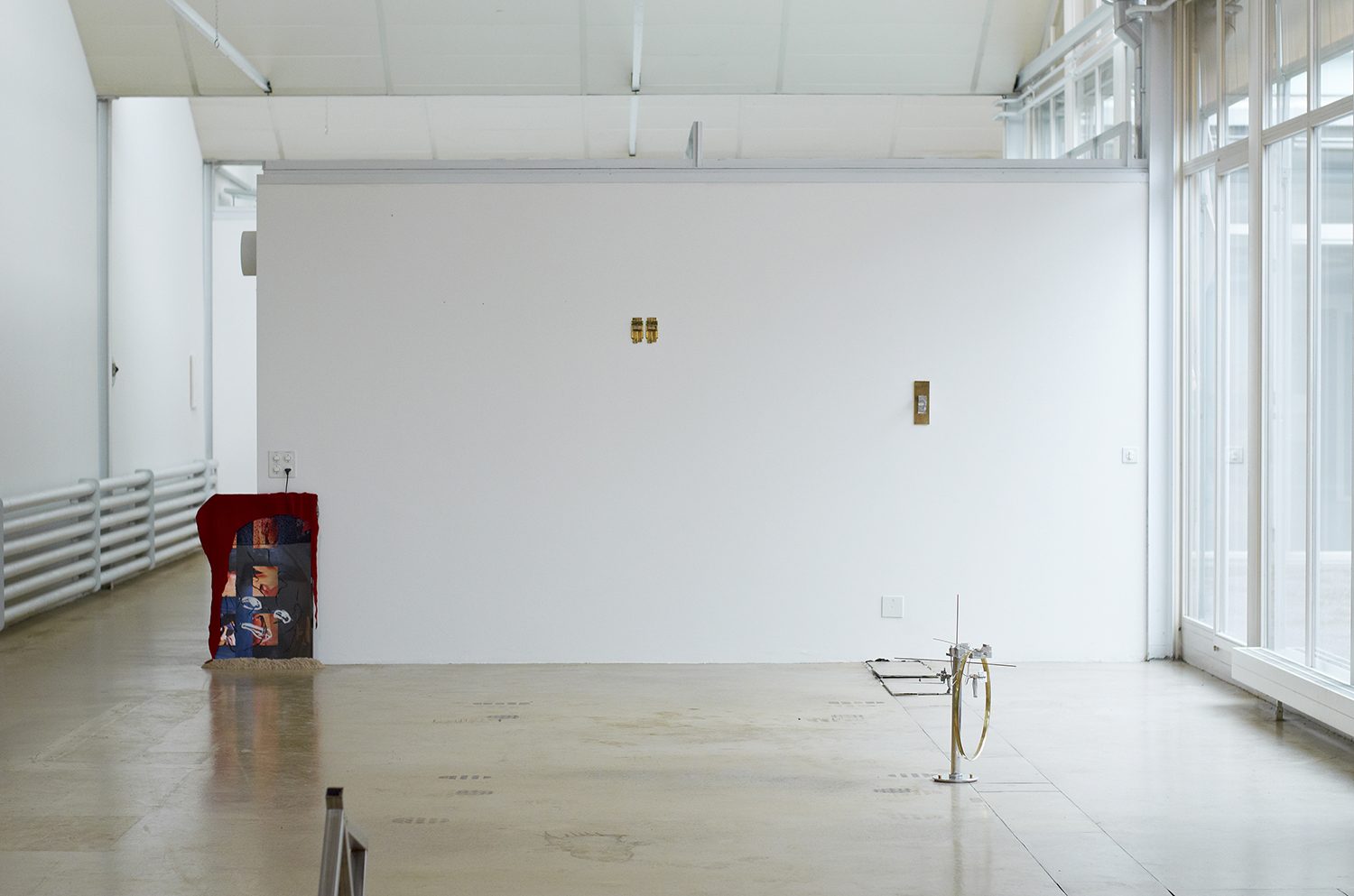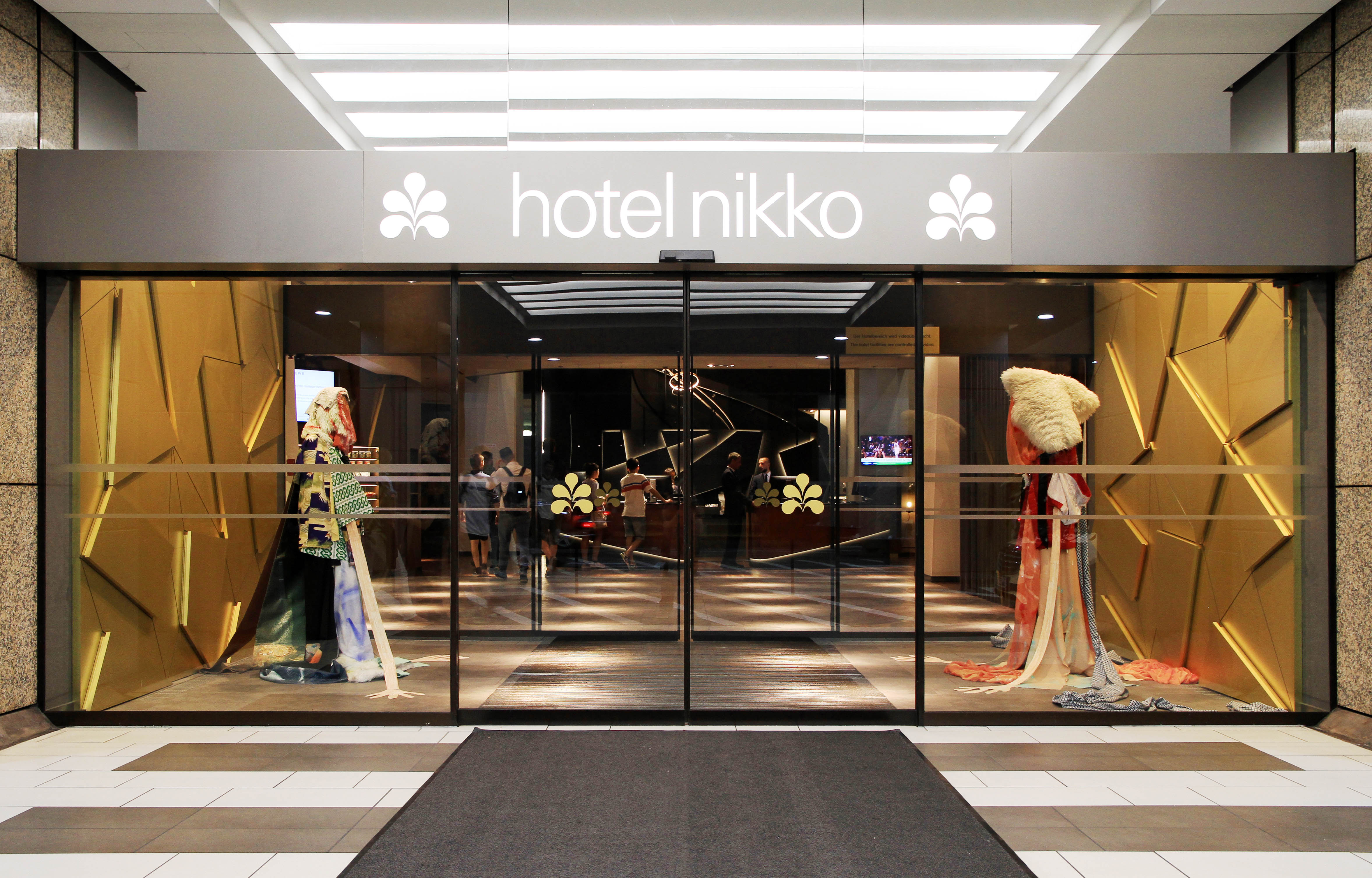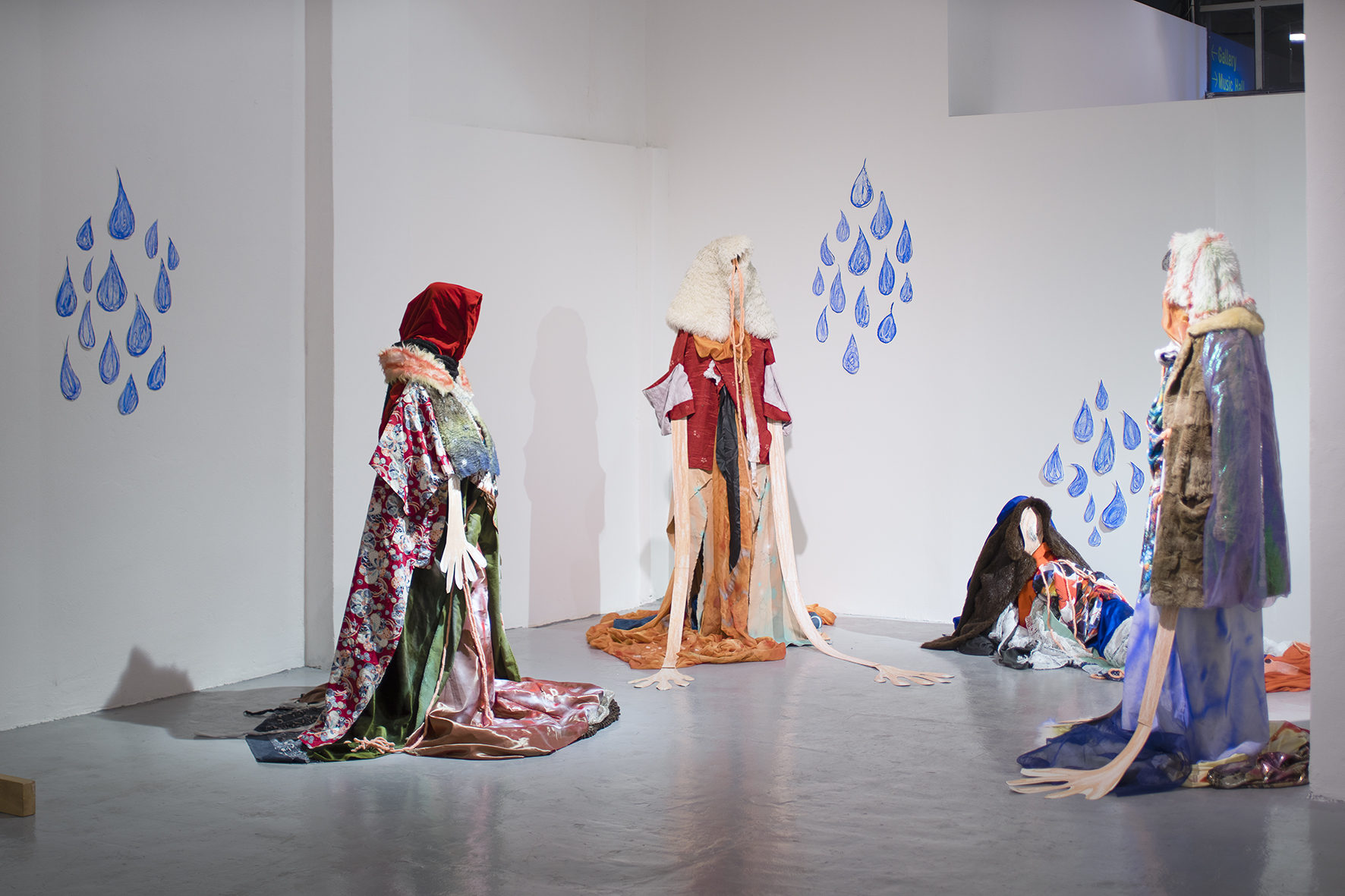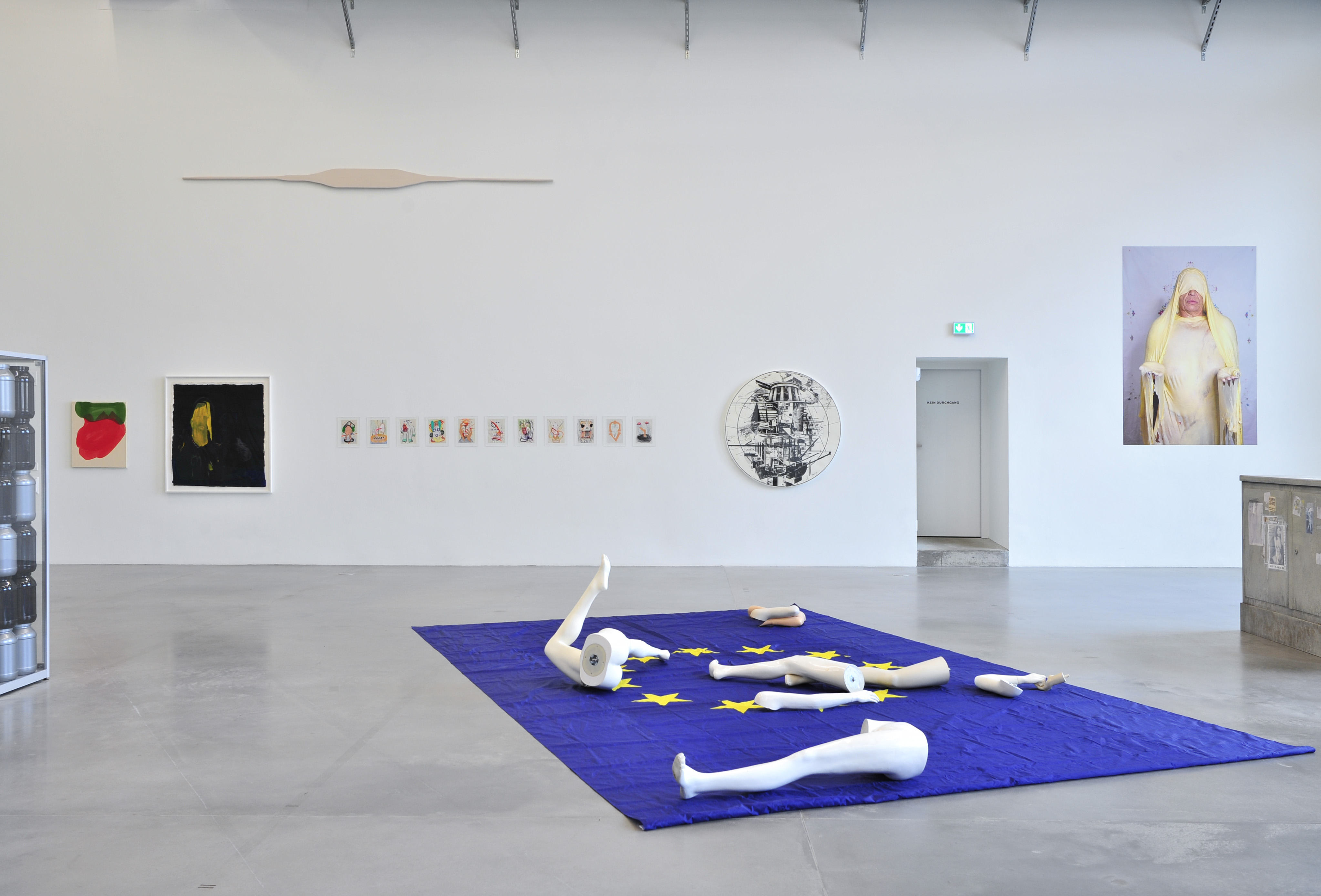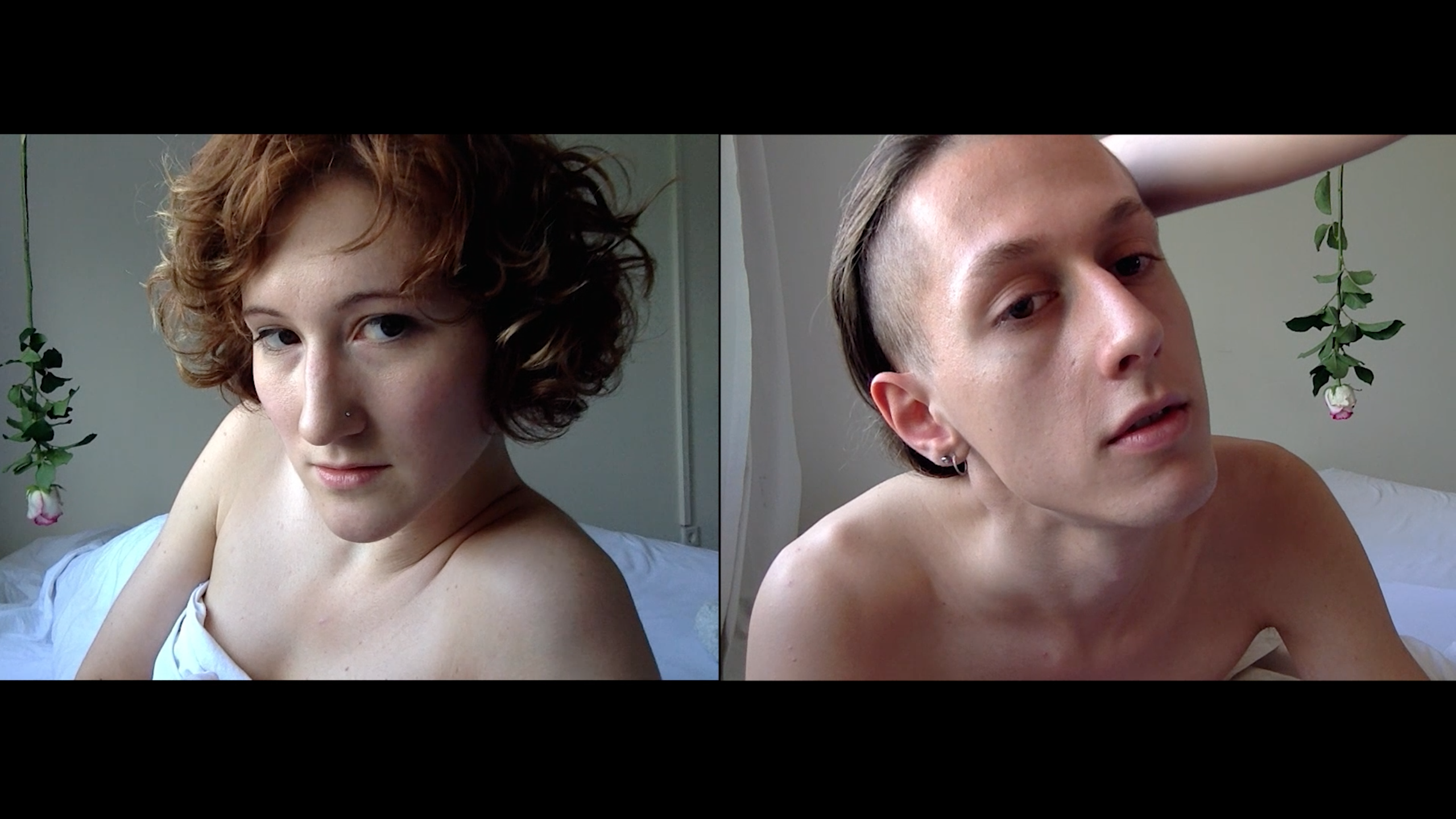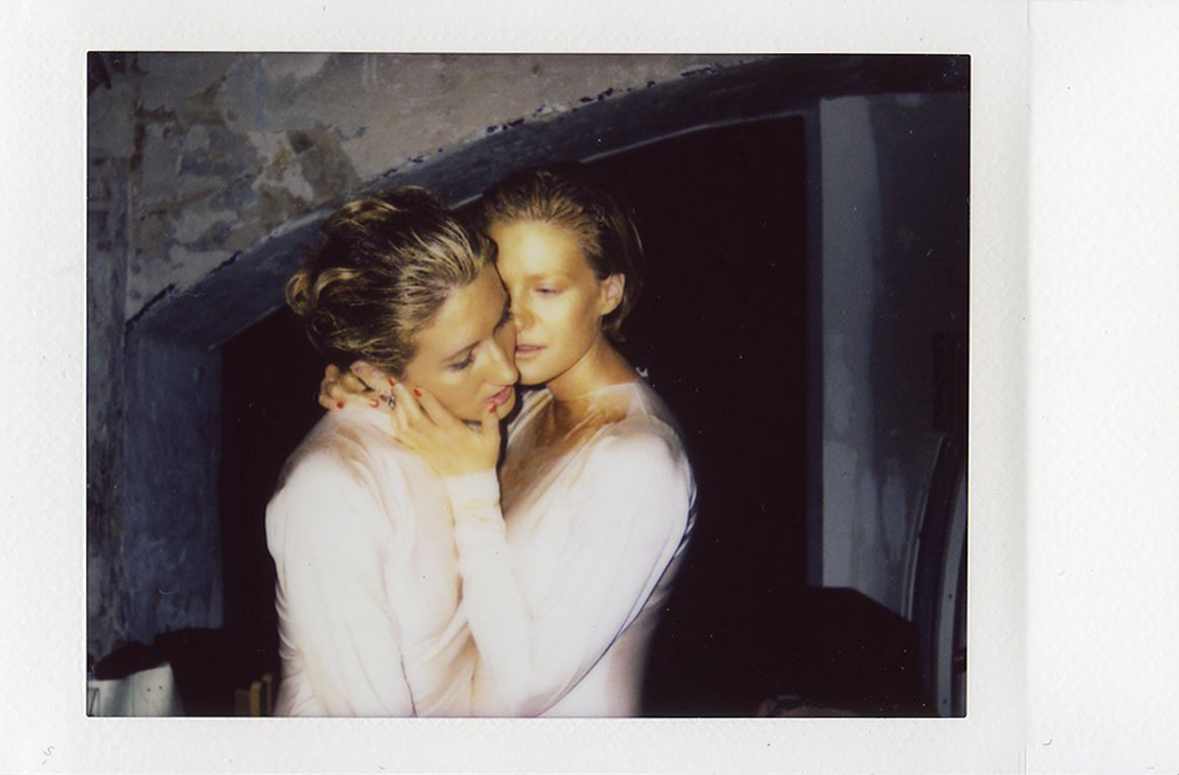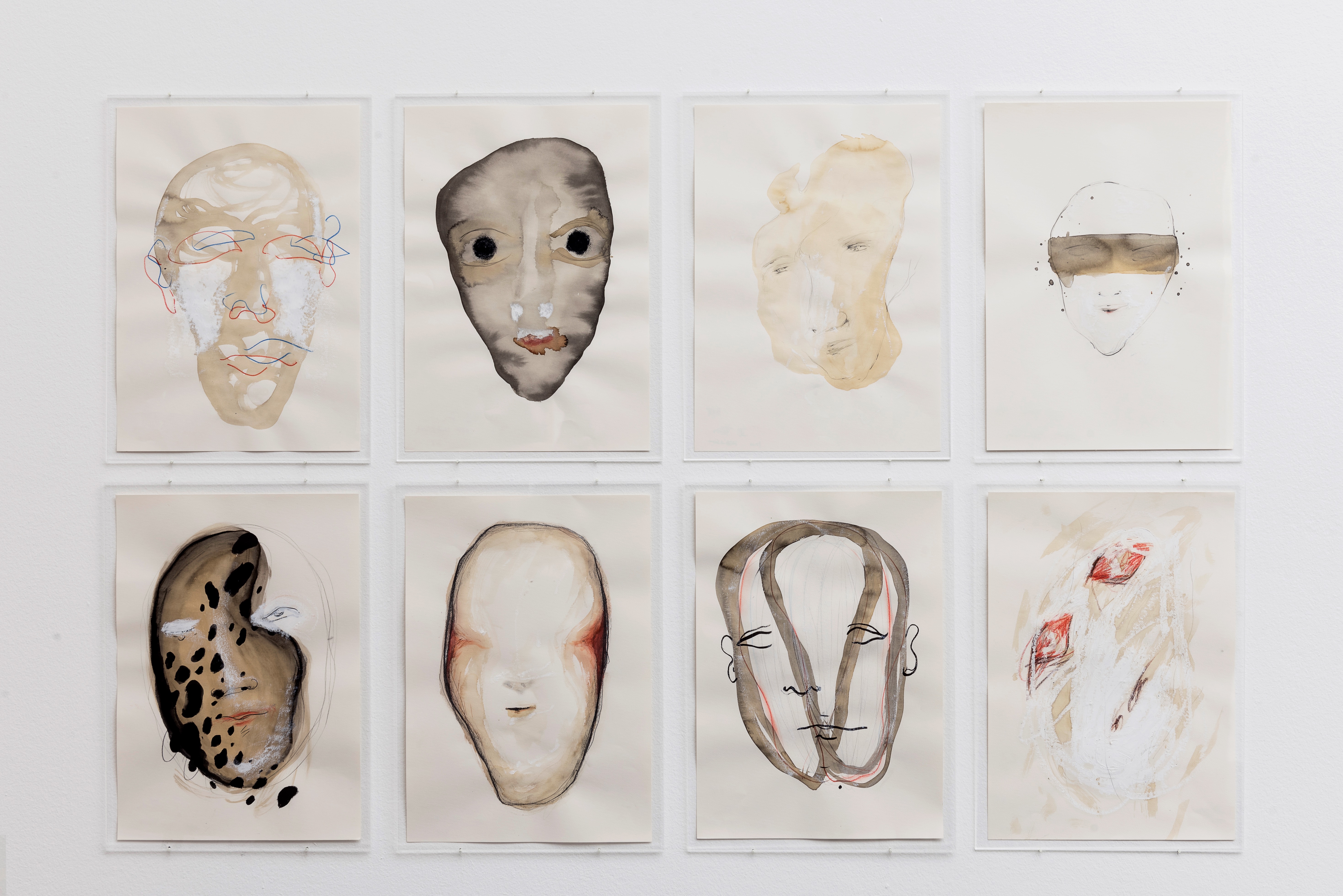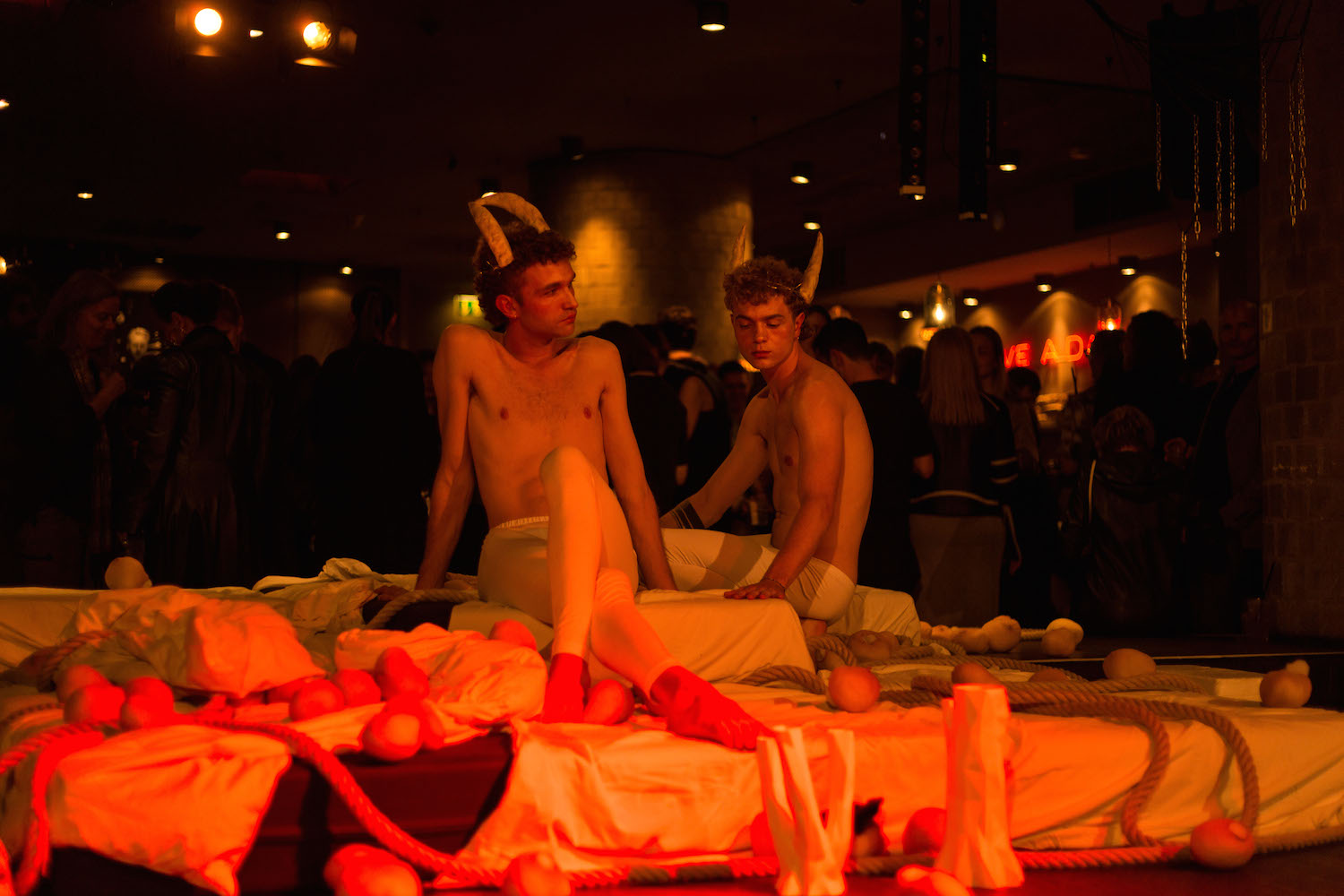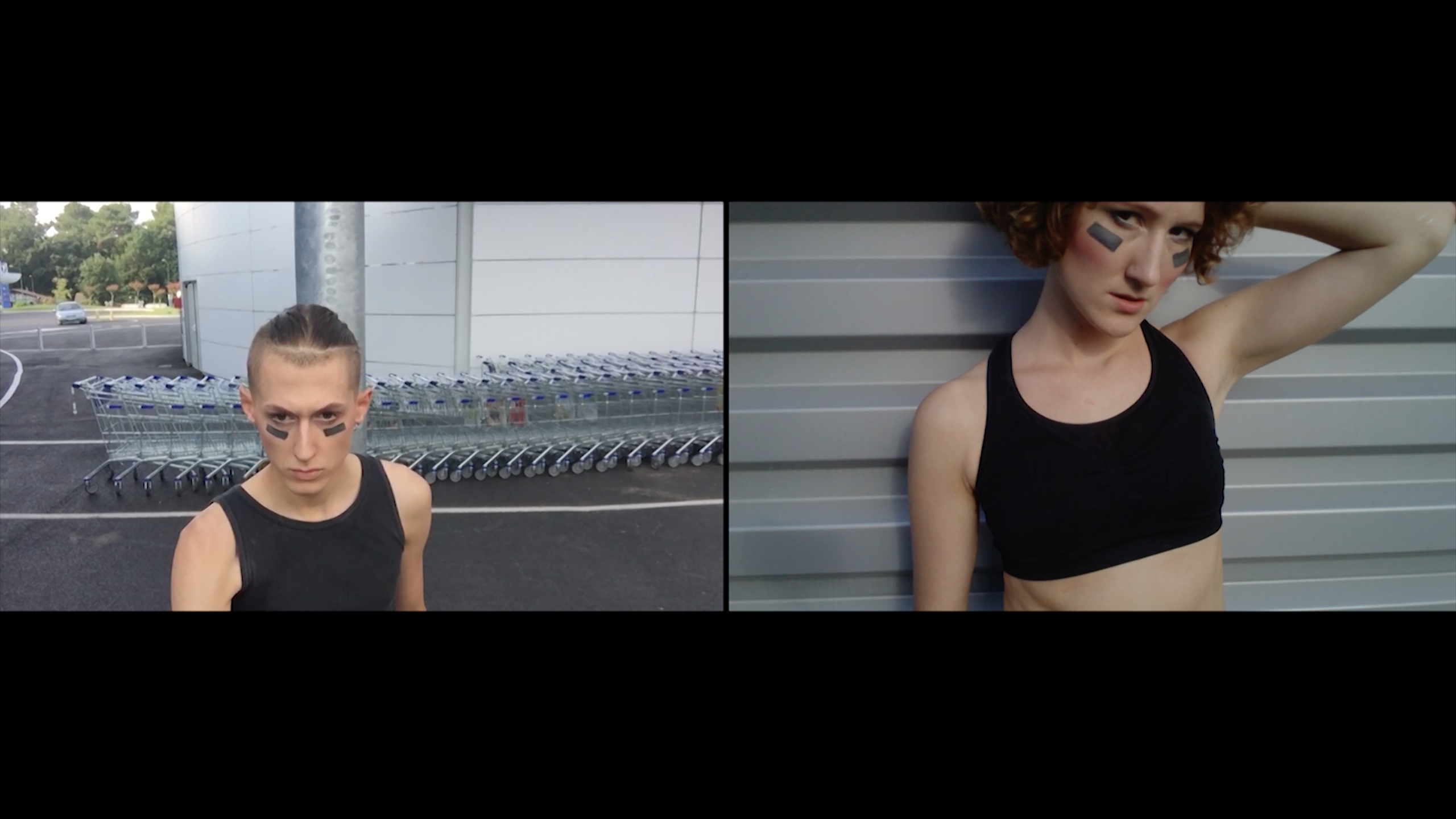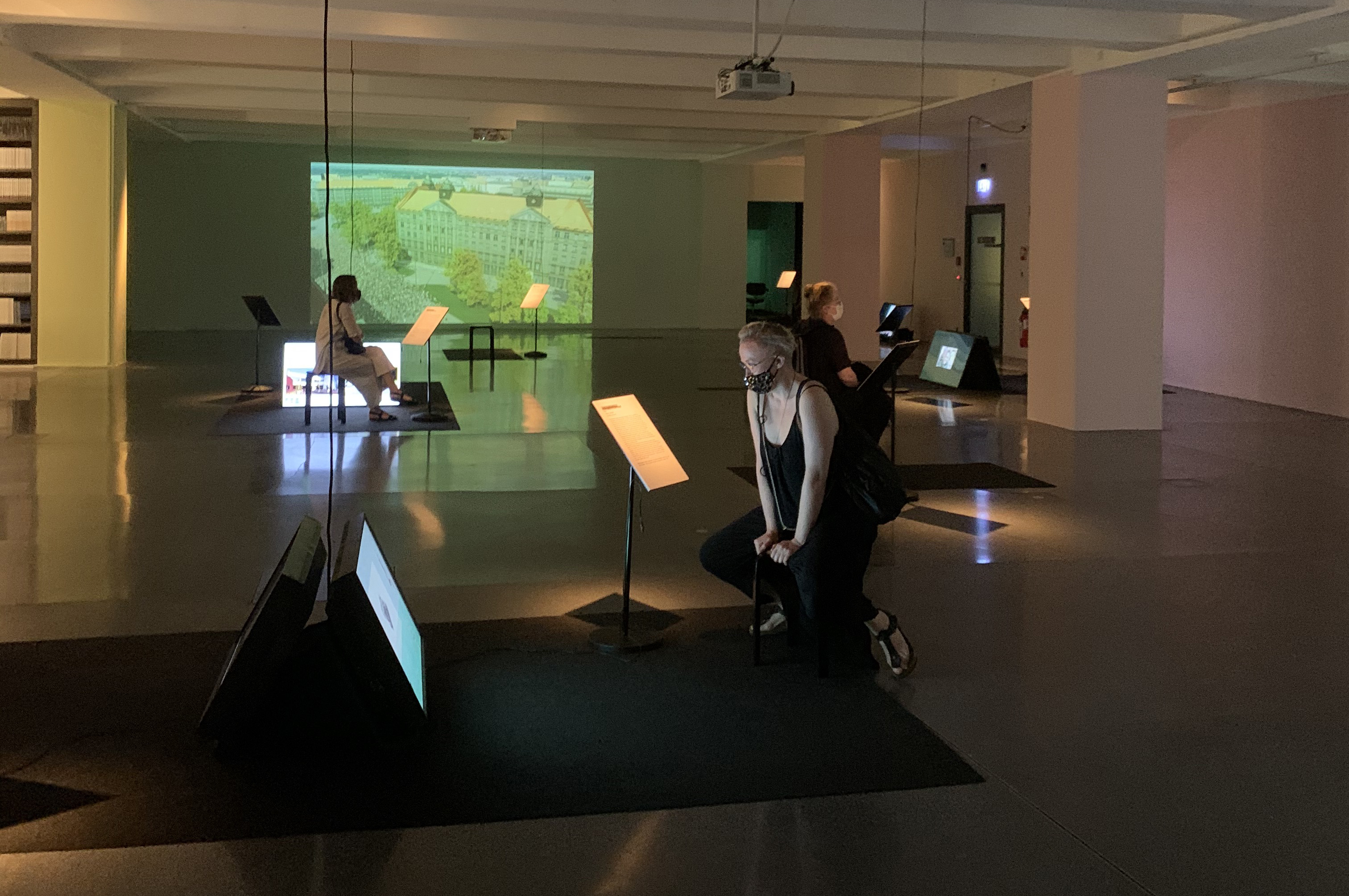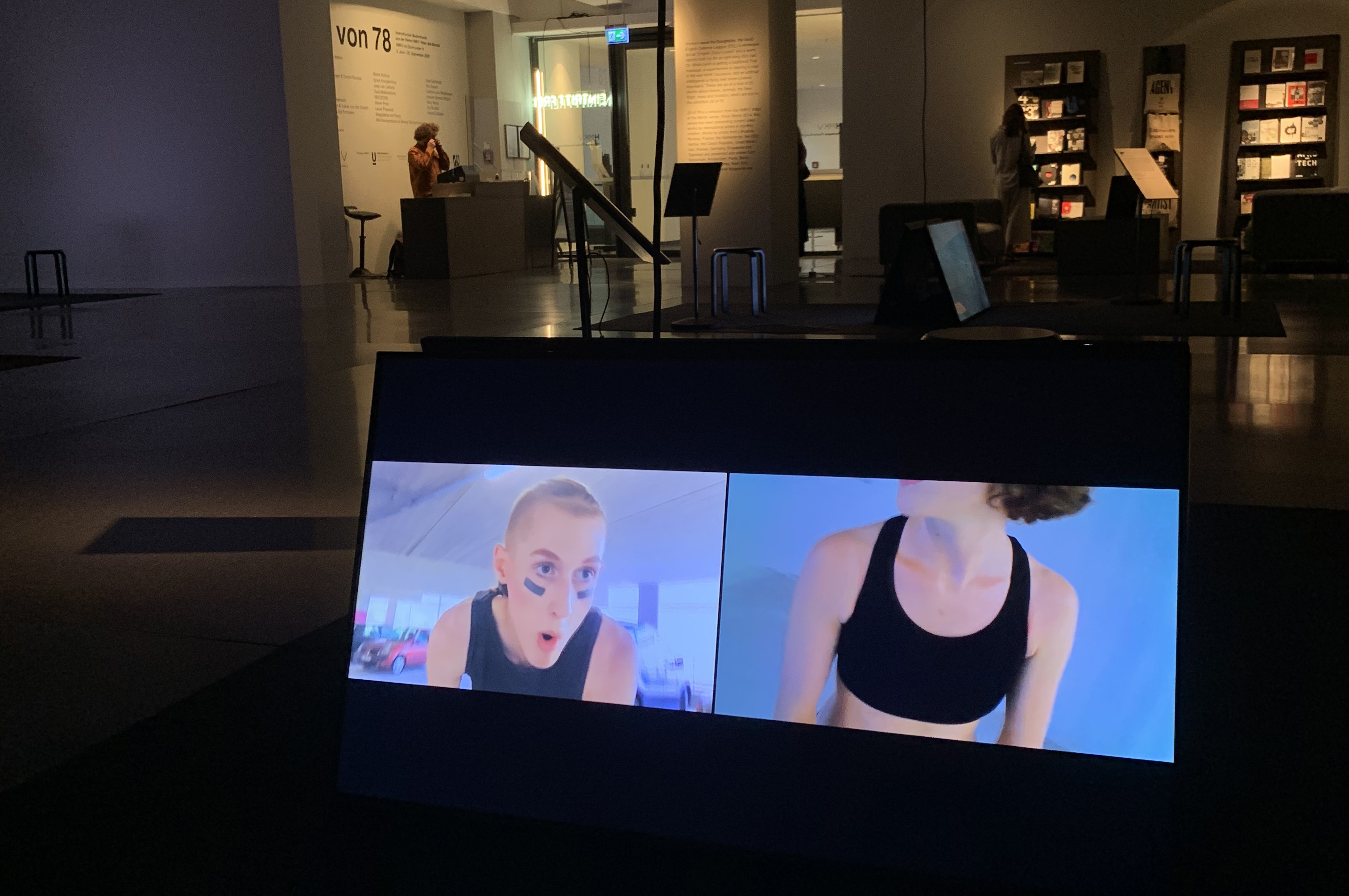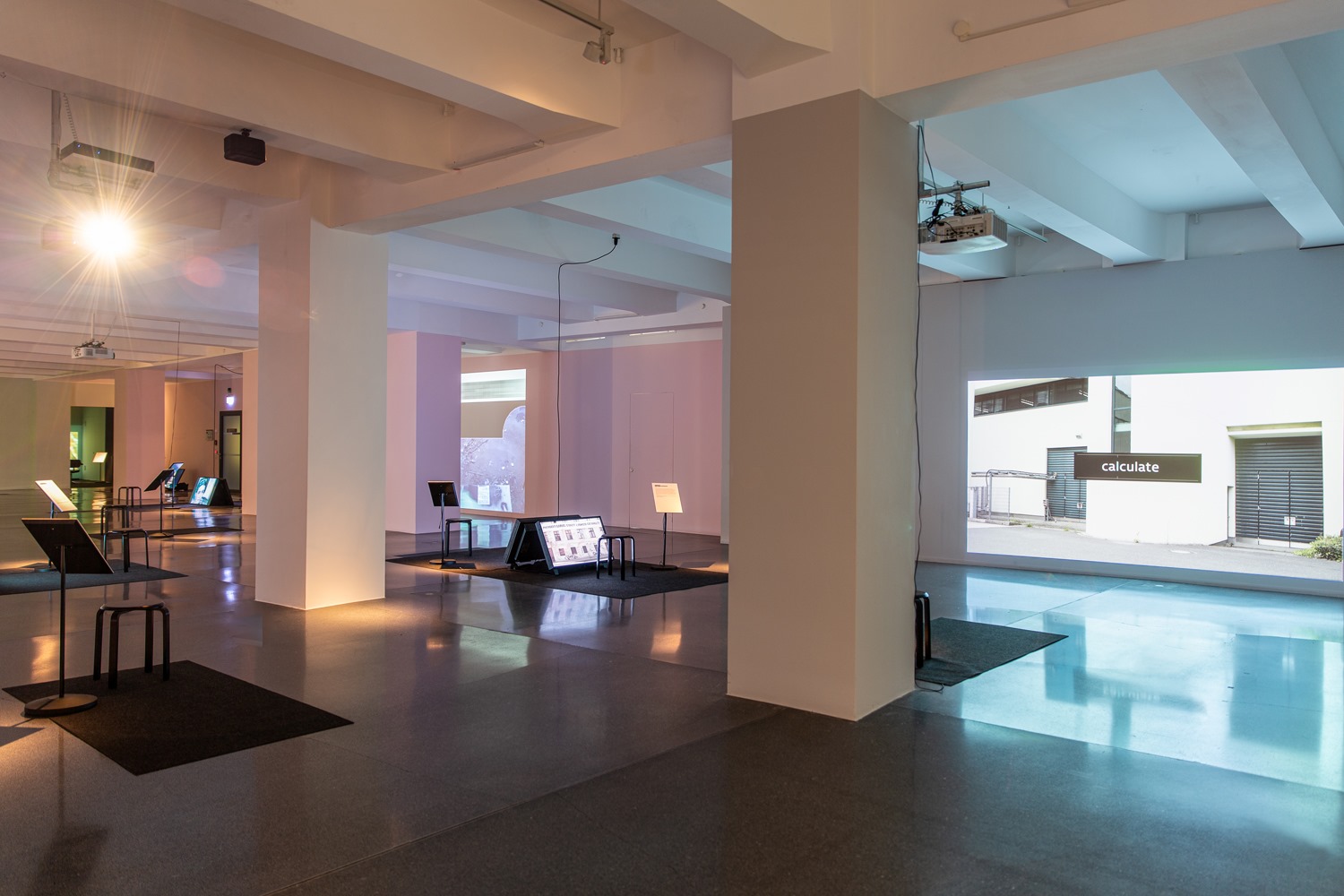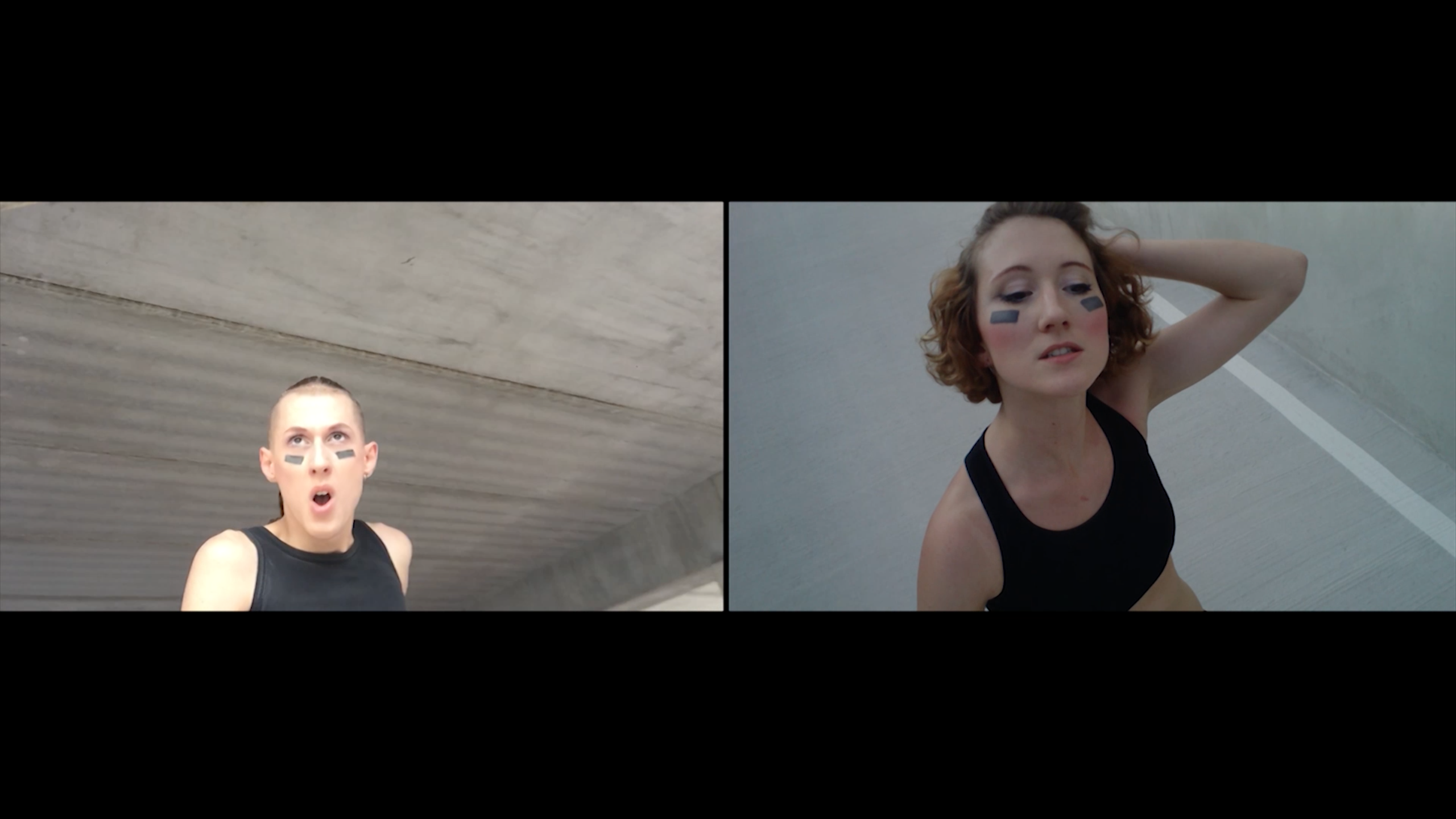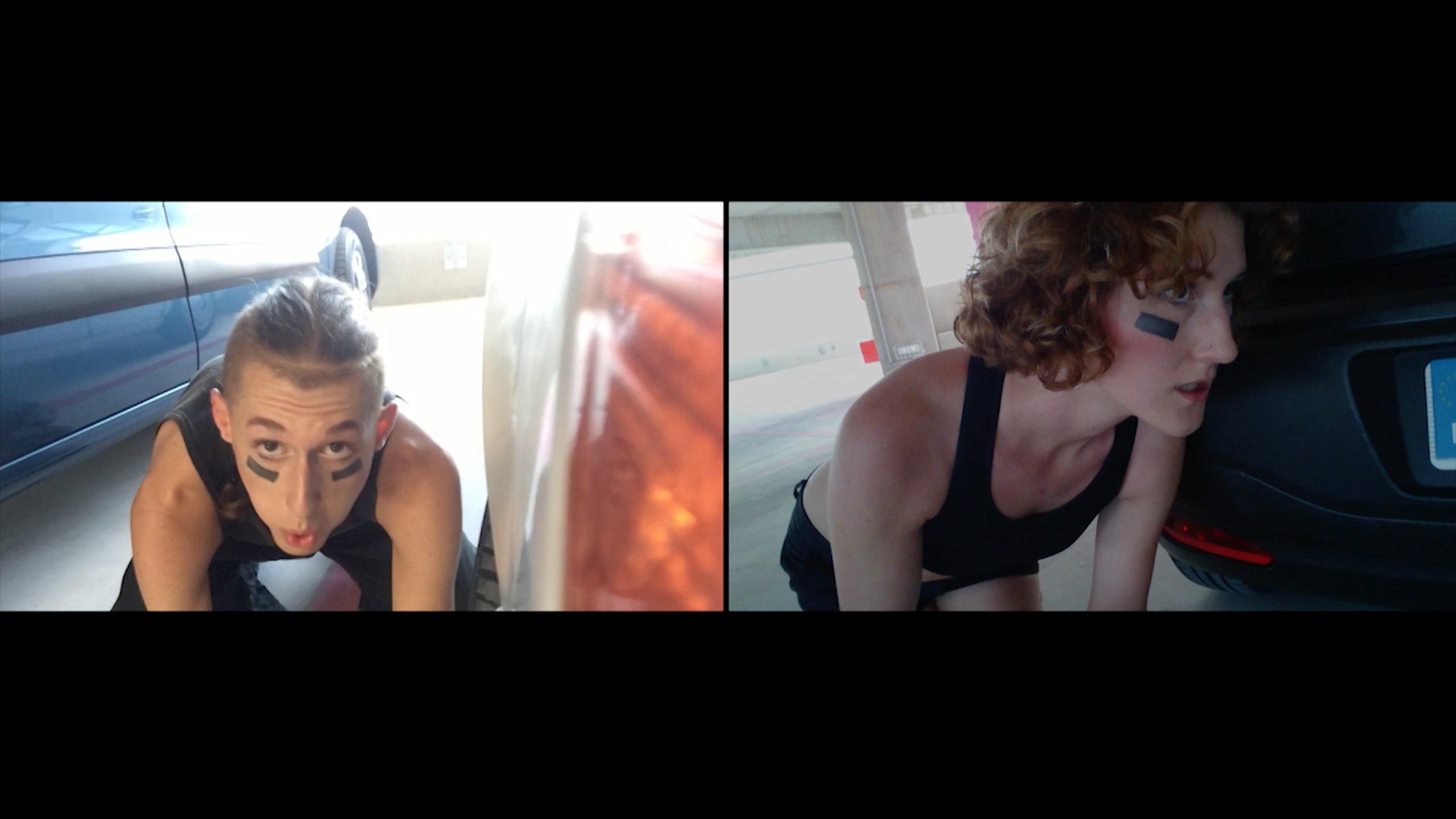Shows
25 of 78
Place: HMKV Hartware MedienKunstVerein, Dortmund
Date: -
Artists: Monira Al Qadiri, Morehshin Allahyari & Daniel Rourke, Chris Alton, Fabian Bechtle, Ulu Braun, Aleksandra Domanović, Isabella Fürnkäs & Lukas von der Gracht, Matt Goerzen & Ed Fornieles, Niklas Goldbach, Martin Kohout, Ignas Krunglevičius, Joep van Liefland, Taus Makhacheva, NEOZOON, Abner Preis, Laure Prouvost, Magdalena von Rudy, Alla Rumyantseva & Alexey Rumyantsev, Silke Schönfeld, Hito Steyerl, Clemens von Wedemeyer, Andrew Norman Wilson, Ming Wong, Ina Wudtke, Katarina Zdjelar
Curated by: Inke Arns
Works: Selfiecalypse
Workers are leaving the Googleplex, the racist English Defence League (EDL) is reinterpreted as "English Disco Lovers" and a worm reports from his life as right-wing click bait. Or: While Lenin is getting a traditional Thai massage, a superheroine is clearing a road in the wild North Caucasus, and an artificial intelligence is flying over snow-covered mountains. These are six of a total of 25 stories about clowns, animals, the New Right, mass and isolation, which are told in the exhibition 25 of 78.
25 of 78 is a selection from the HMKV Video of the Month series. Since March 2014, this series has been presenting current video works by international artists in monthly rotation. Works by artists from Lithuania, Norway, France, the Netherlands, the USA, Serbia, the Czech Republic, Great Britain, Iran, Russia, Germany, Singapore and Tajikistan are presented and voices from Rotterdam, Amsterdam, Paris, Berlin, London, Oslo, Dushanbe, New York, Moscow, Dortmund and Wuppertal are featured.
- Text by Inke Arns
Isabella Fürnkäs and Lukas von der Gracht stage a hunt through urban space in a hybrid adaptation of a gameplay mission and smartphone selfie with a well-chosen setting and carefully devised costumes. Both the gray concrete parking garage backdrop and the first-person shooter garb and face-paint work as stylization devices: respectively as a fashionable setting of contemporary culture and as an attempt to approximate the smooth sterility of video-game animation aesthetics. While it normally takes a lot of effort to render virtual-reality aesthetics that are accurate with regard to the facts of material reality (that is, artificially generating an illusion of the world inside the museum), the material reality aesthetic here seems to be seeking the illusion of an animated (that is, virtual, not actual) referent. And on this level, finally, the parking garage together with the pacing camera inside of it are ultimately a metaphor, in which two protagonists chase each other and move through a self-contained space that is like a Möbius strip – a bubble or capsule, as if it had no exterior. The split-screen projection from the smartphone cameras is an interesting update of the closed-circuit thematic of conceptual filmmakers of the 1960s and ’70s ; their camera, posed as both a mirror and a competing reality, has now become a facet of everyday life.
- Text by Susanne Titz
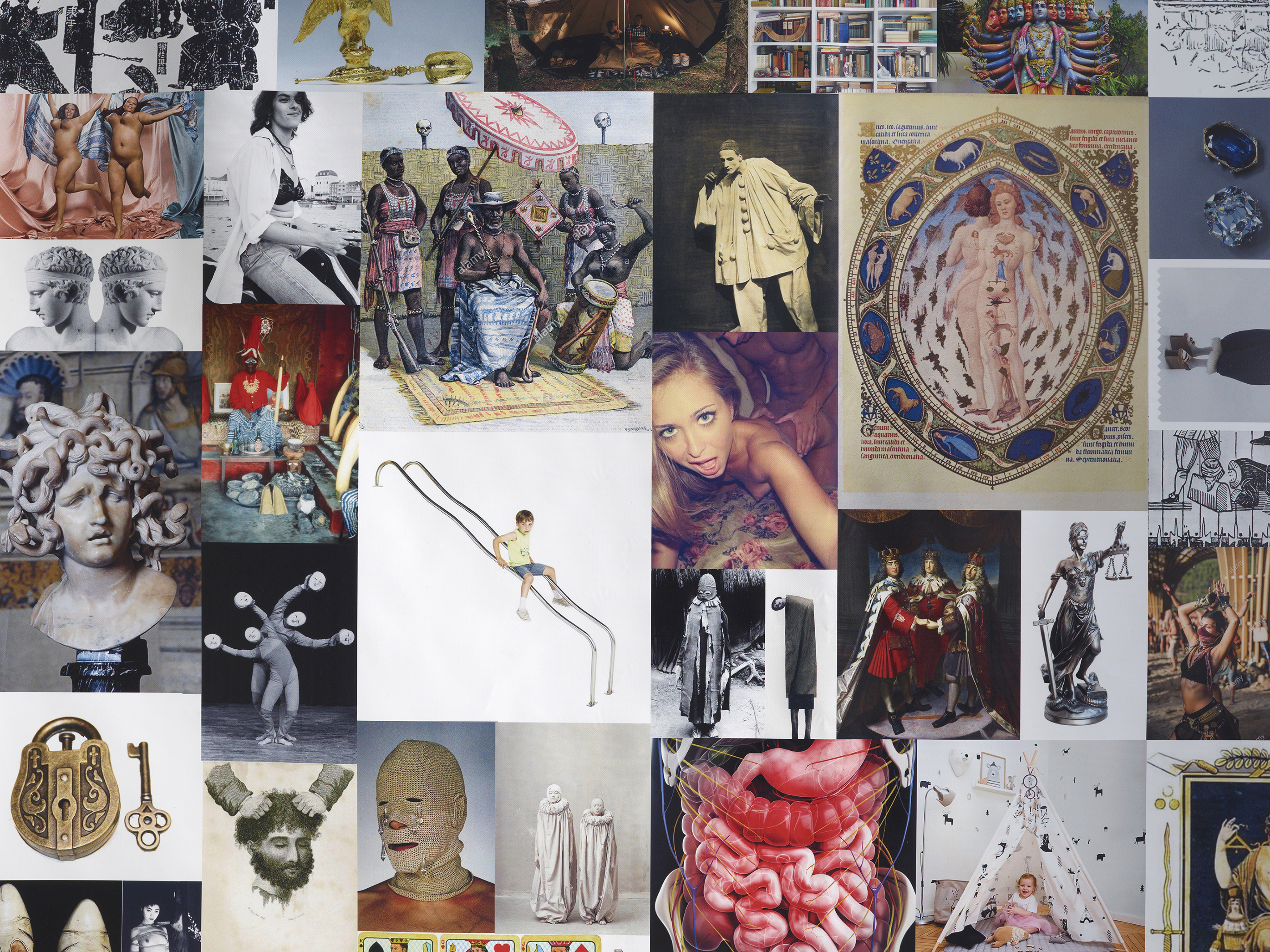

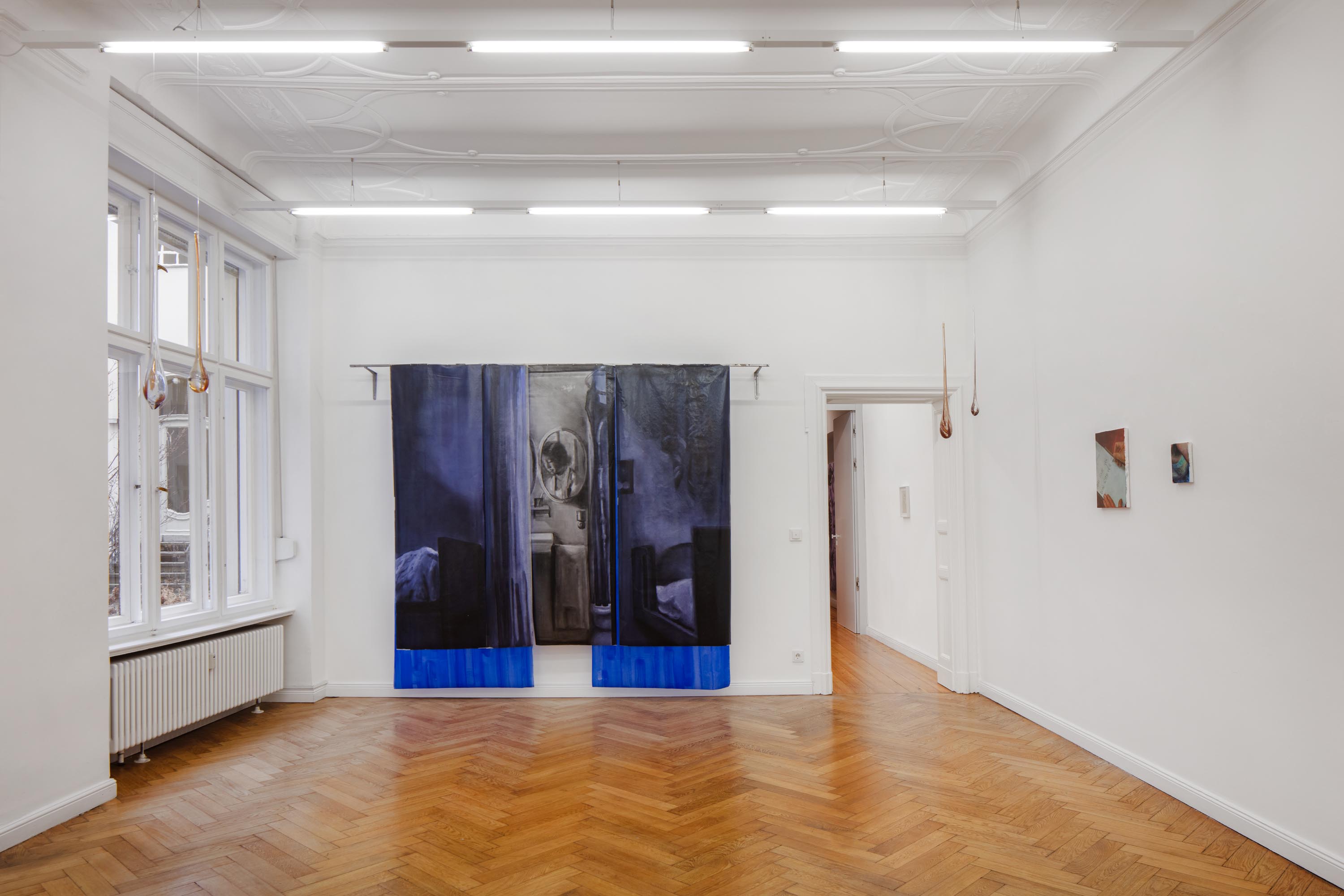

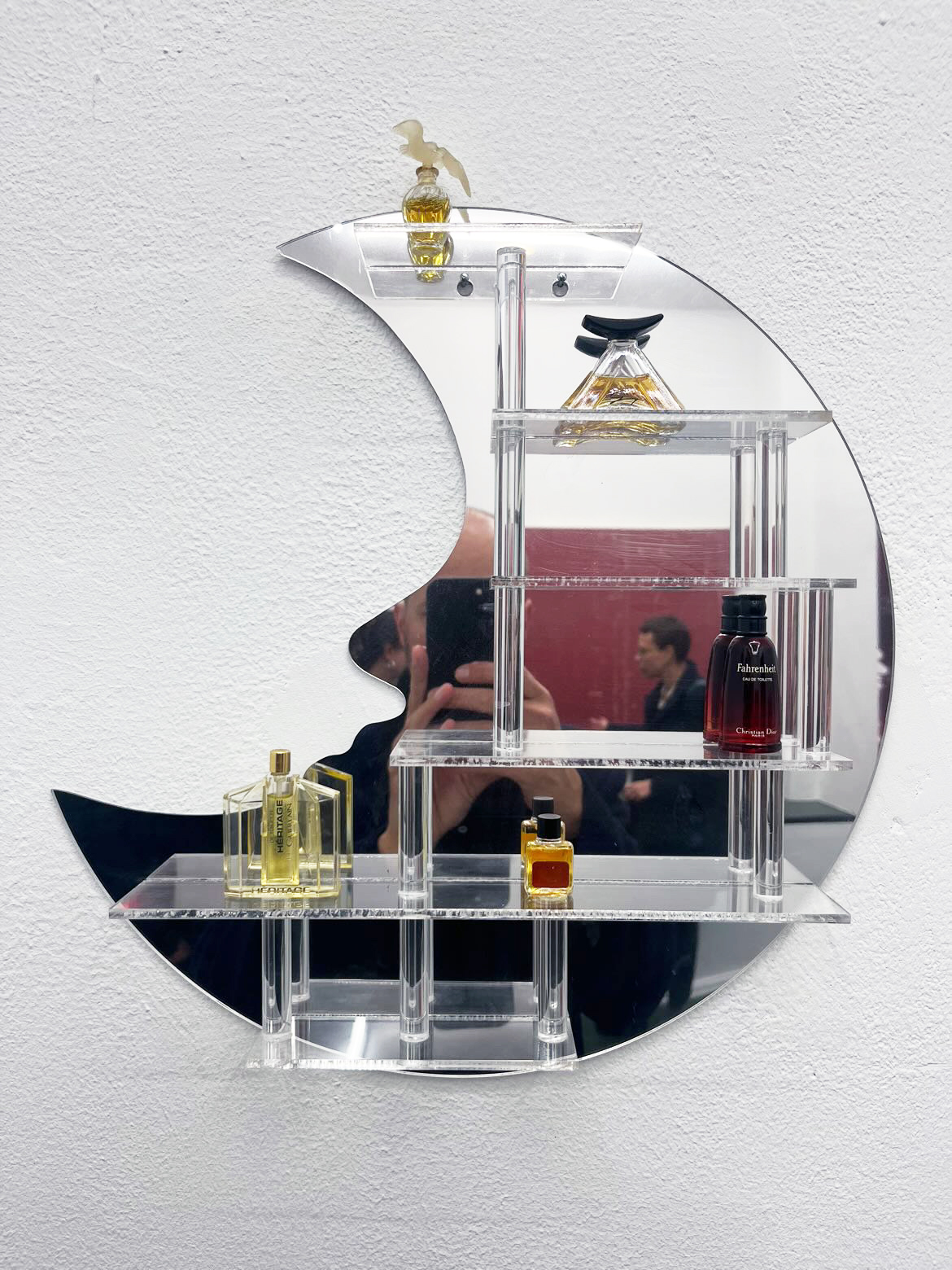
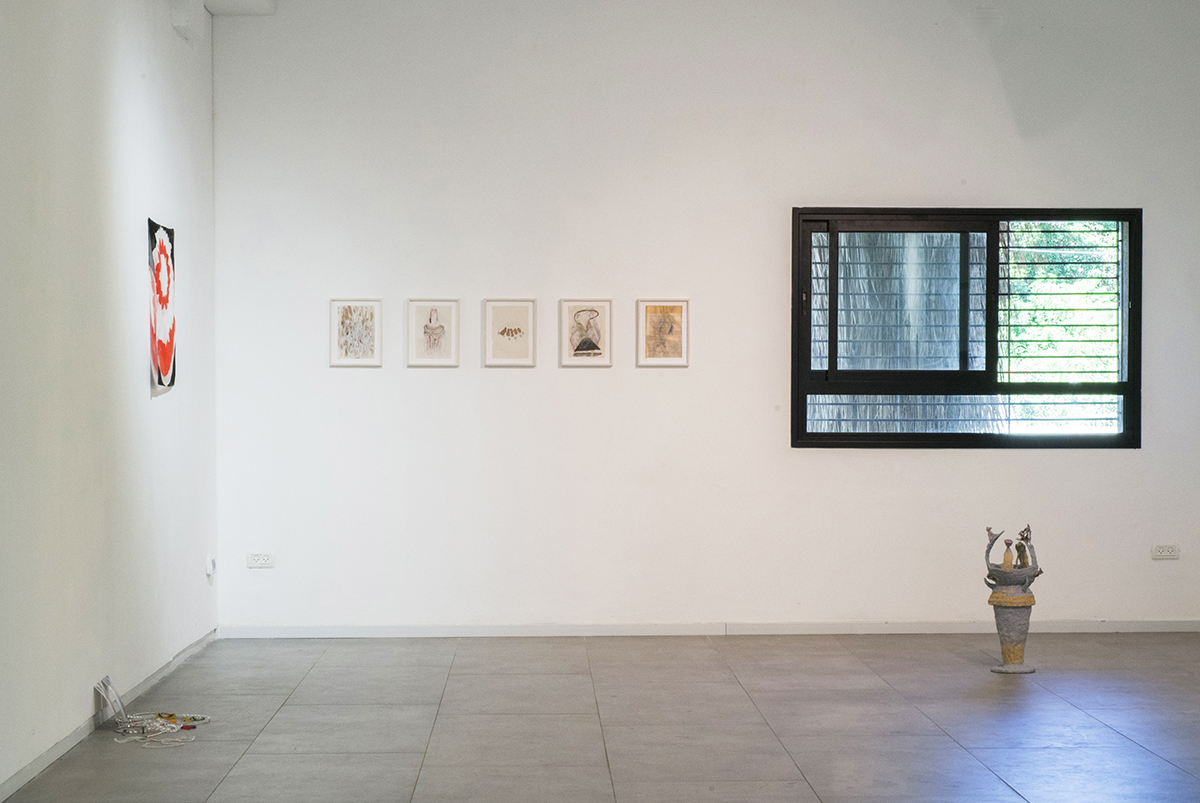
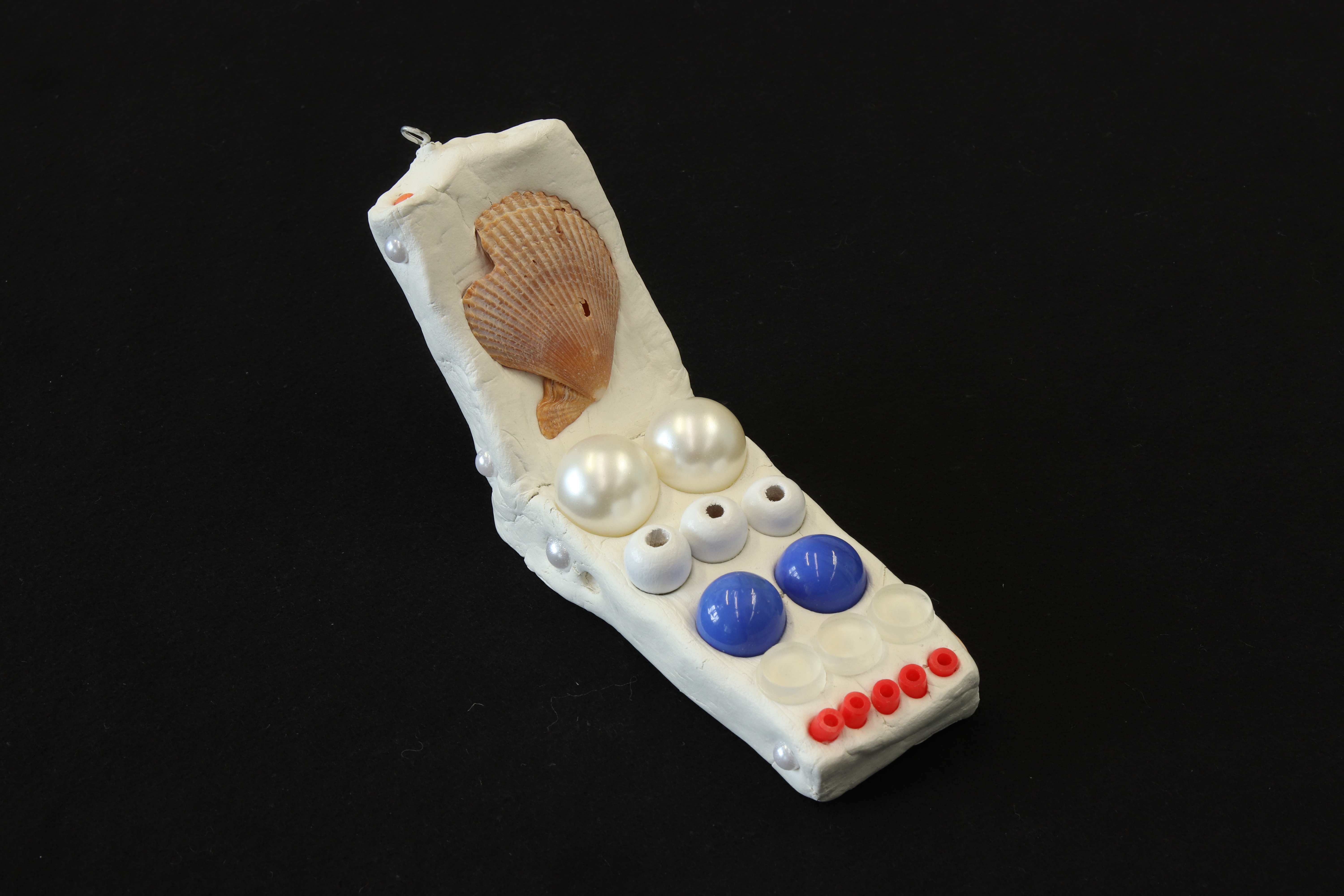
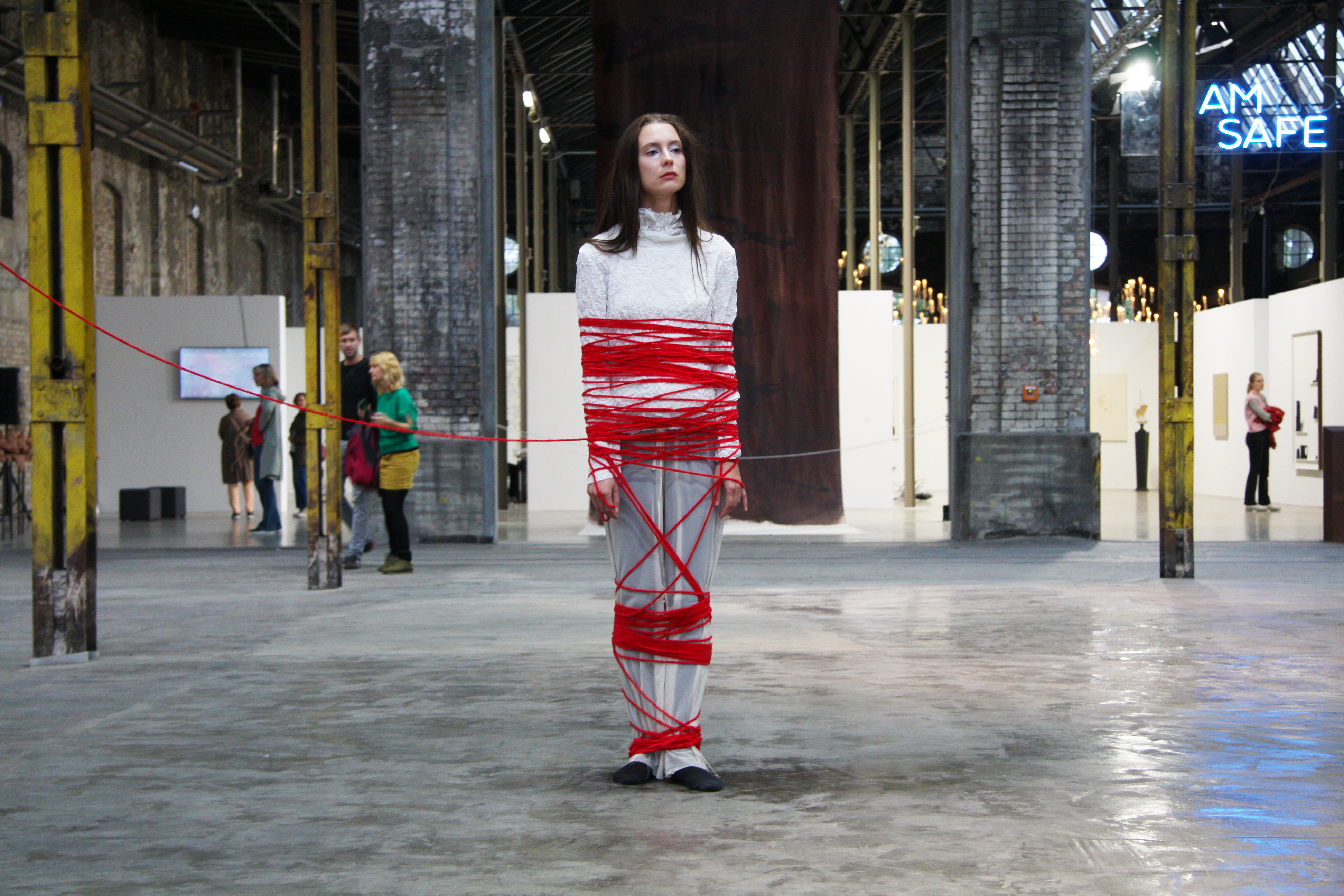
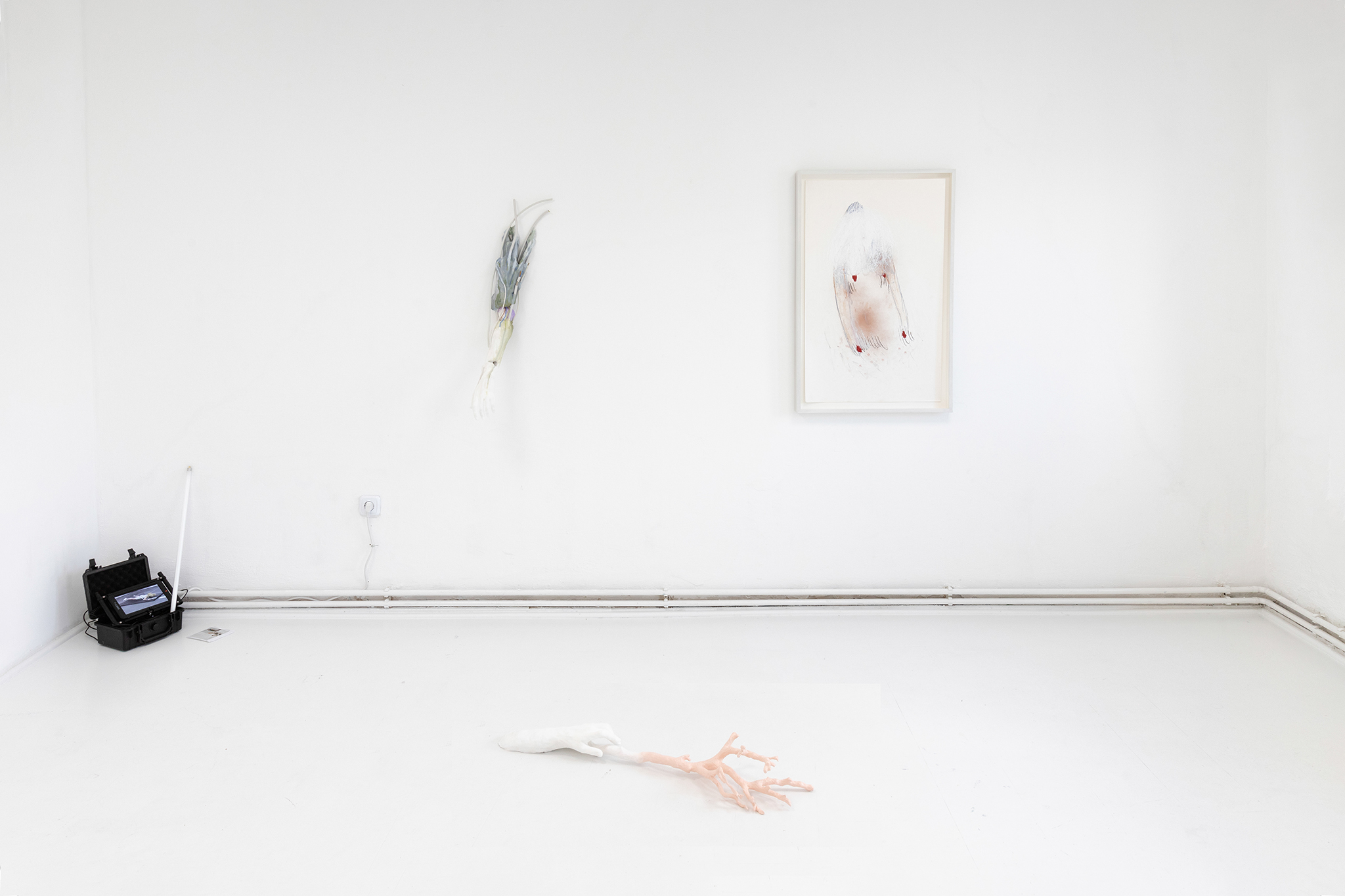
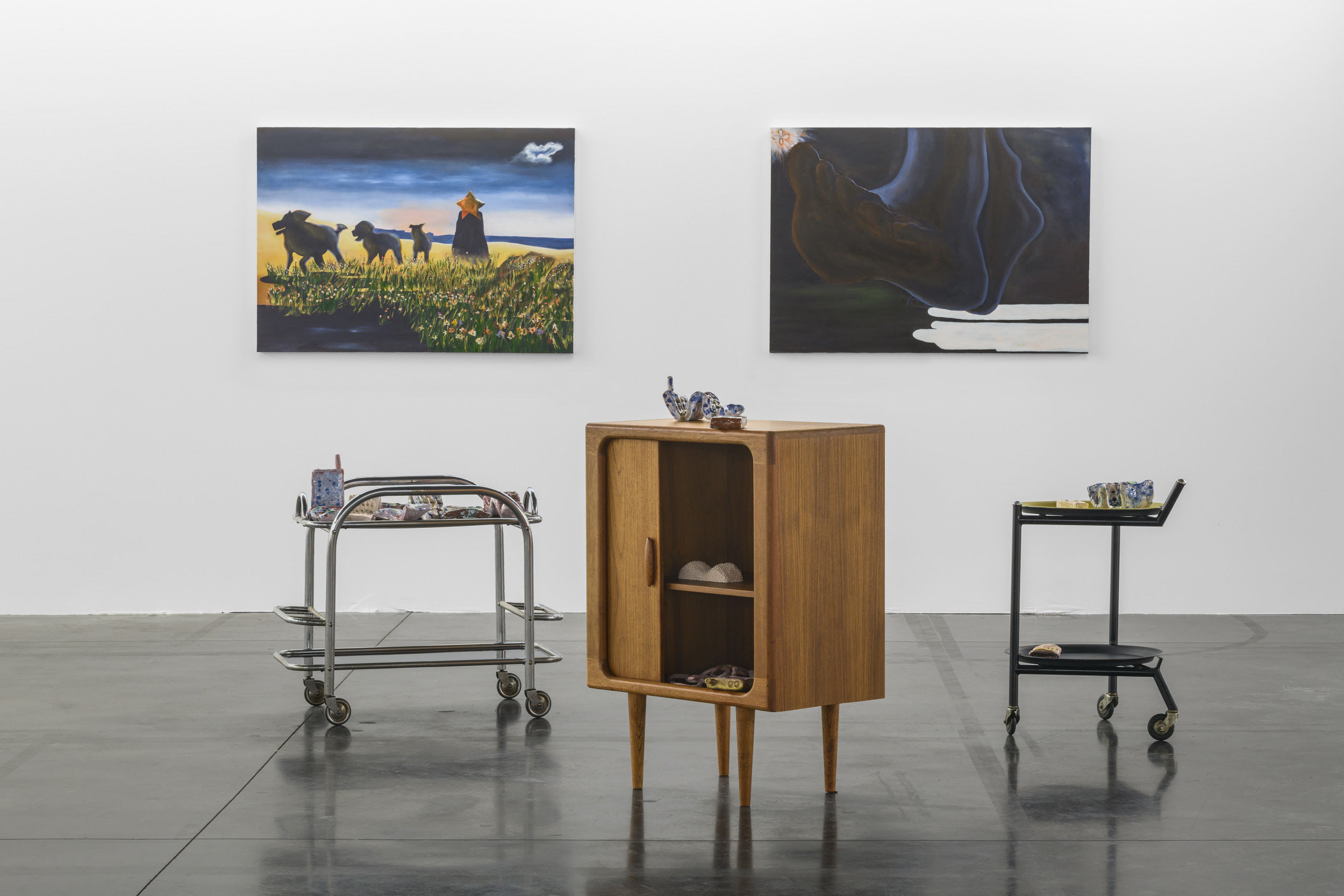
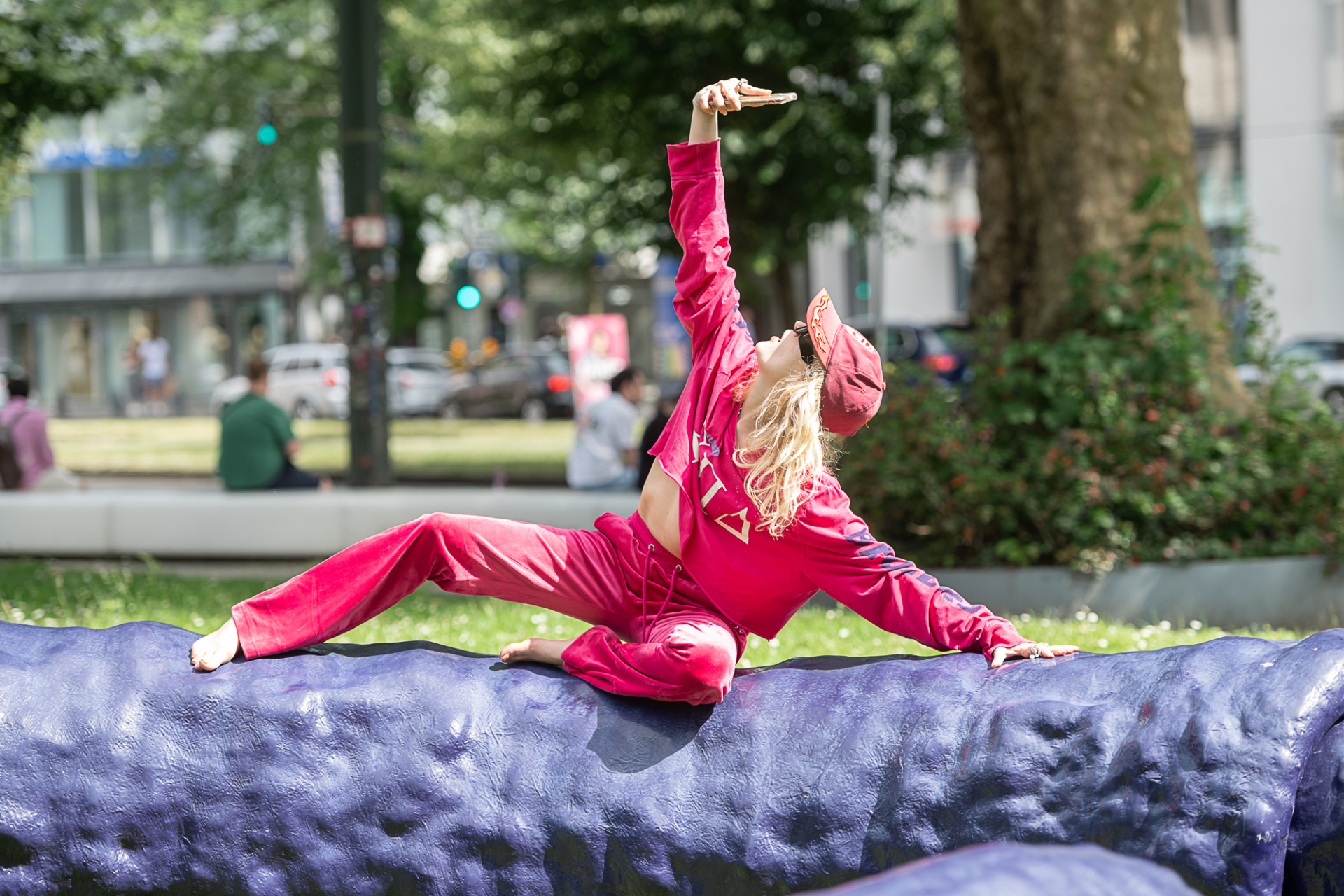
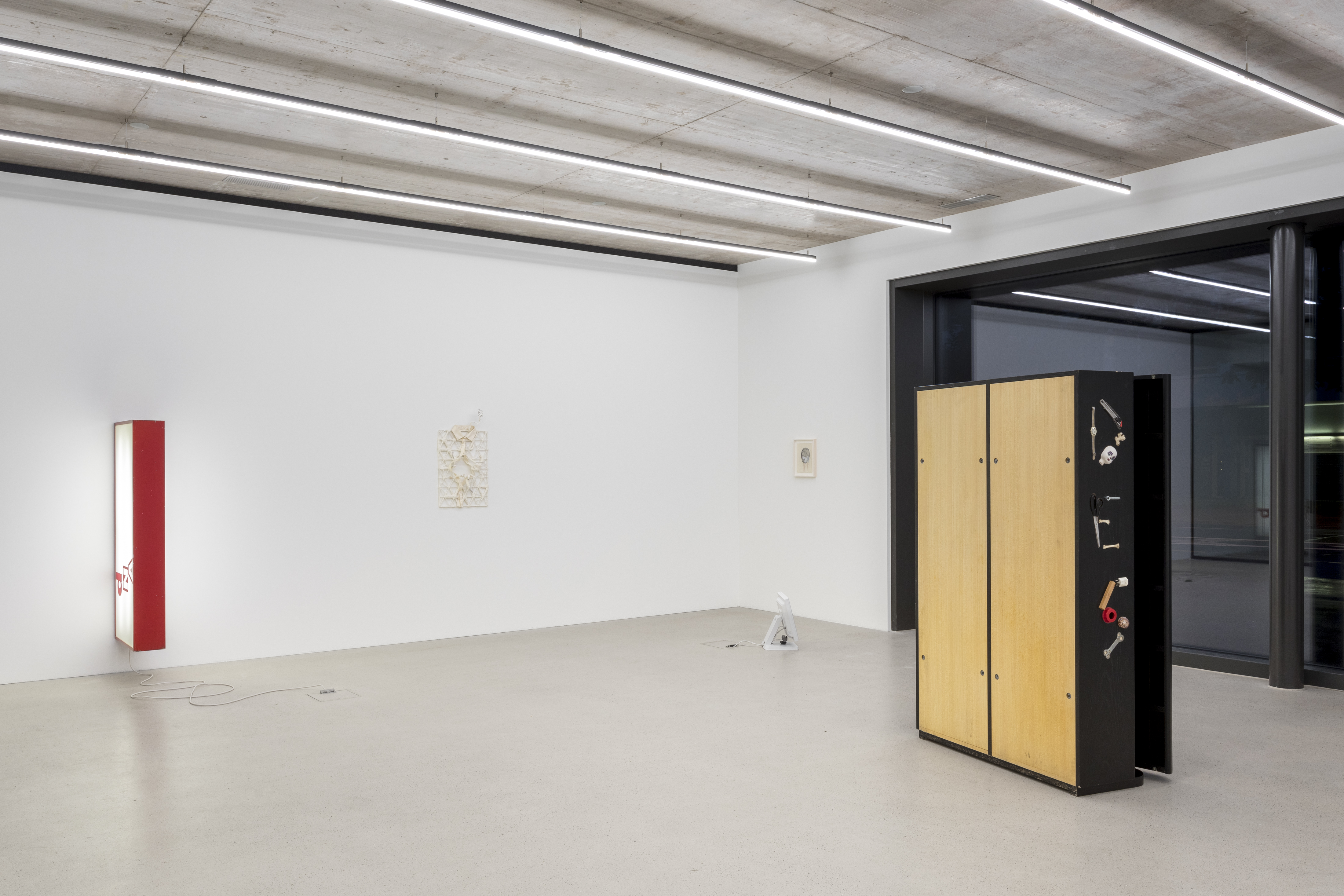
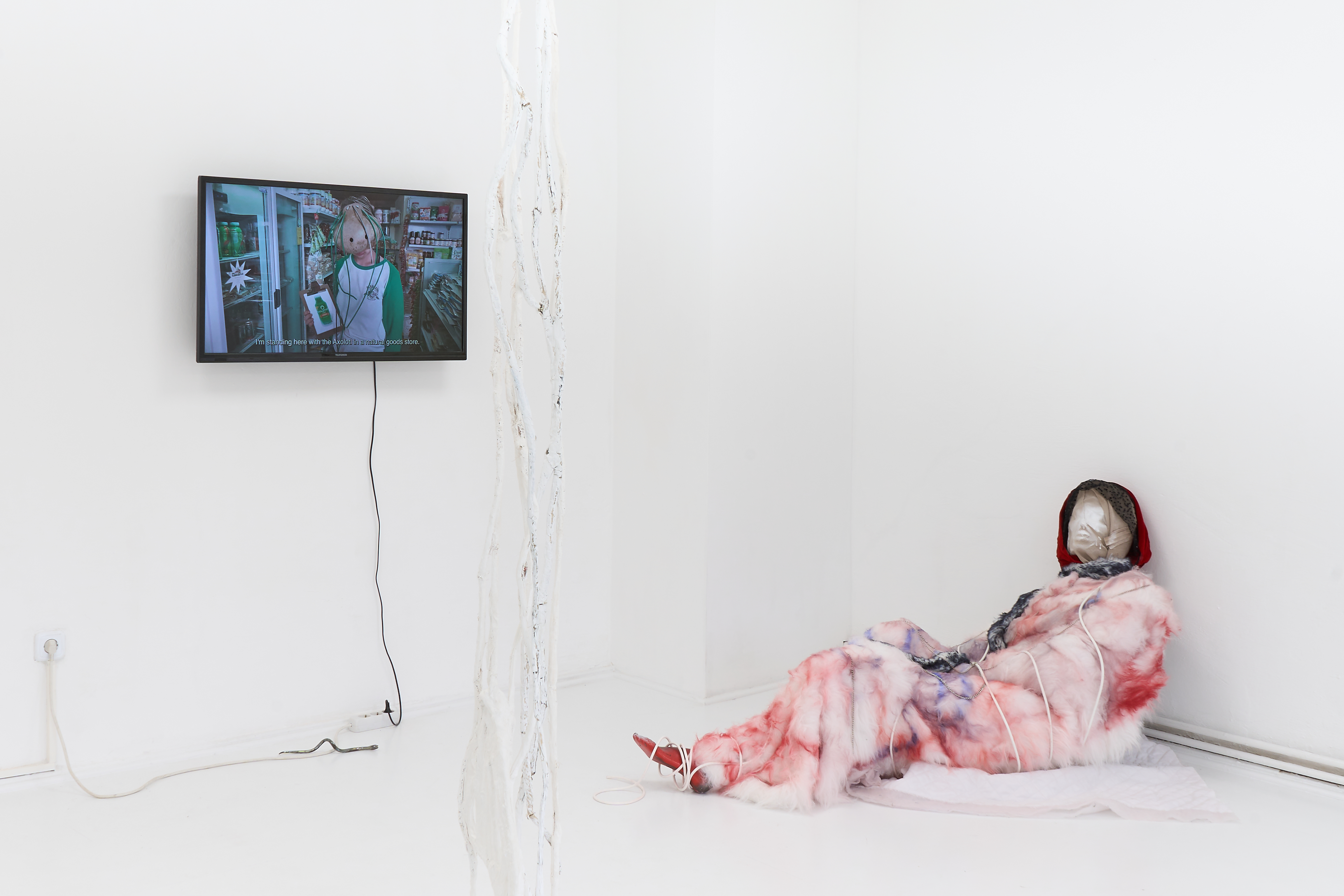
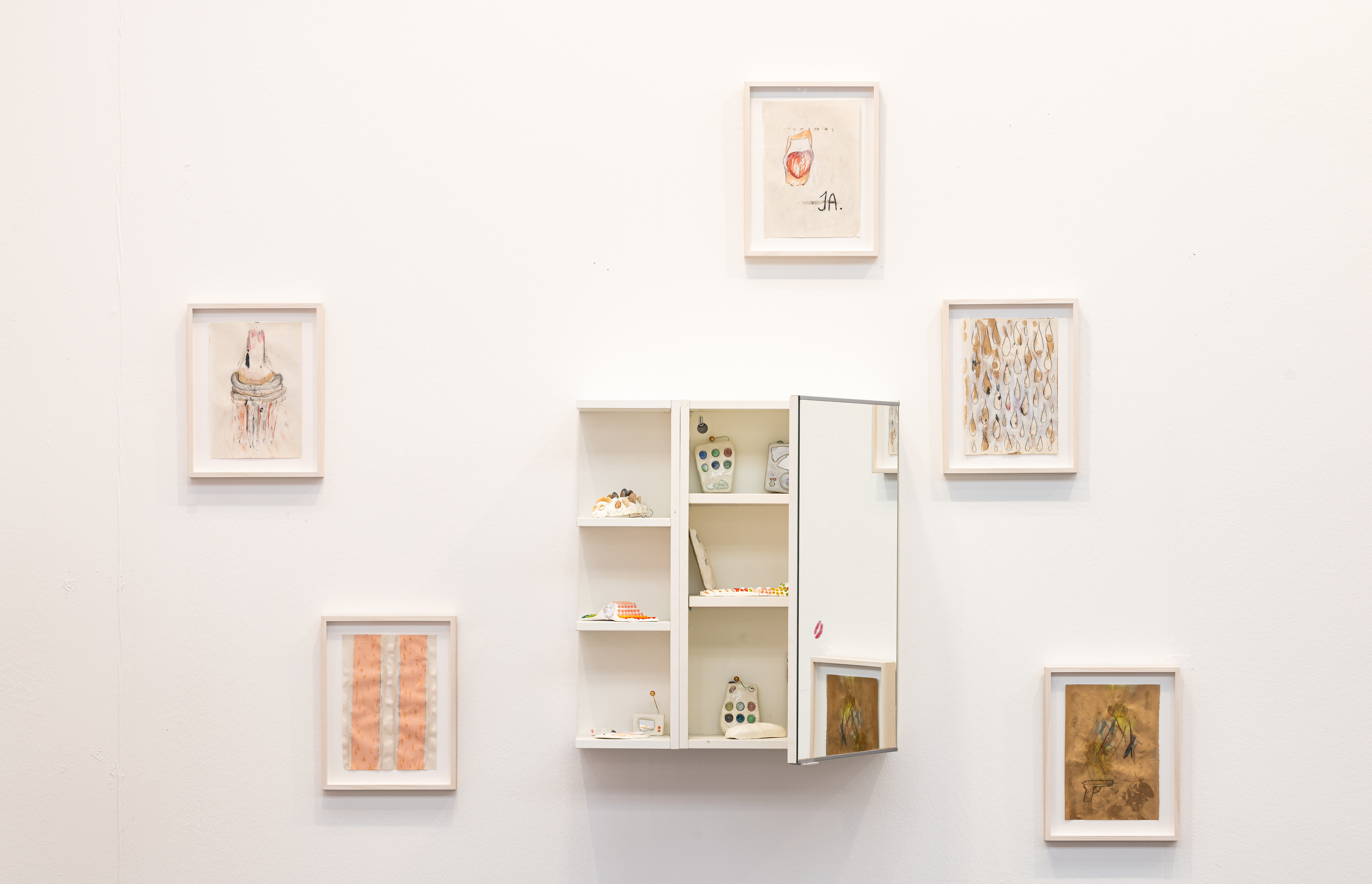
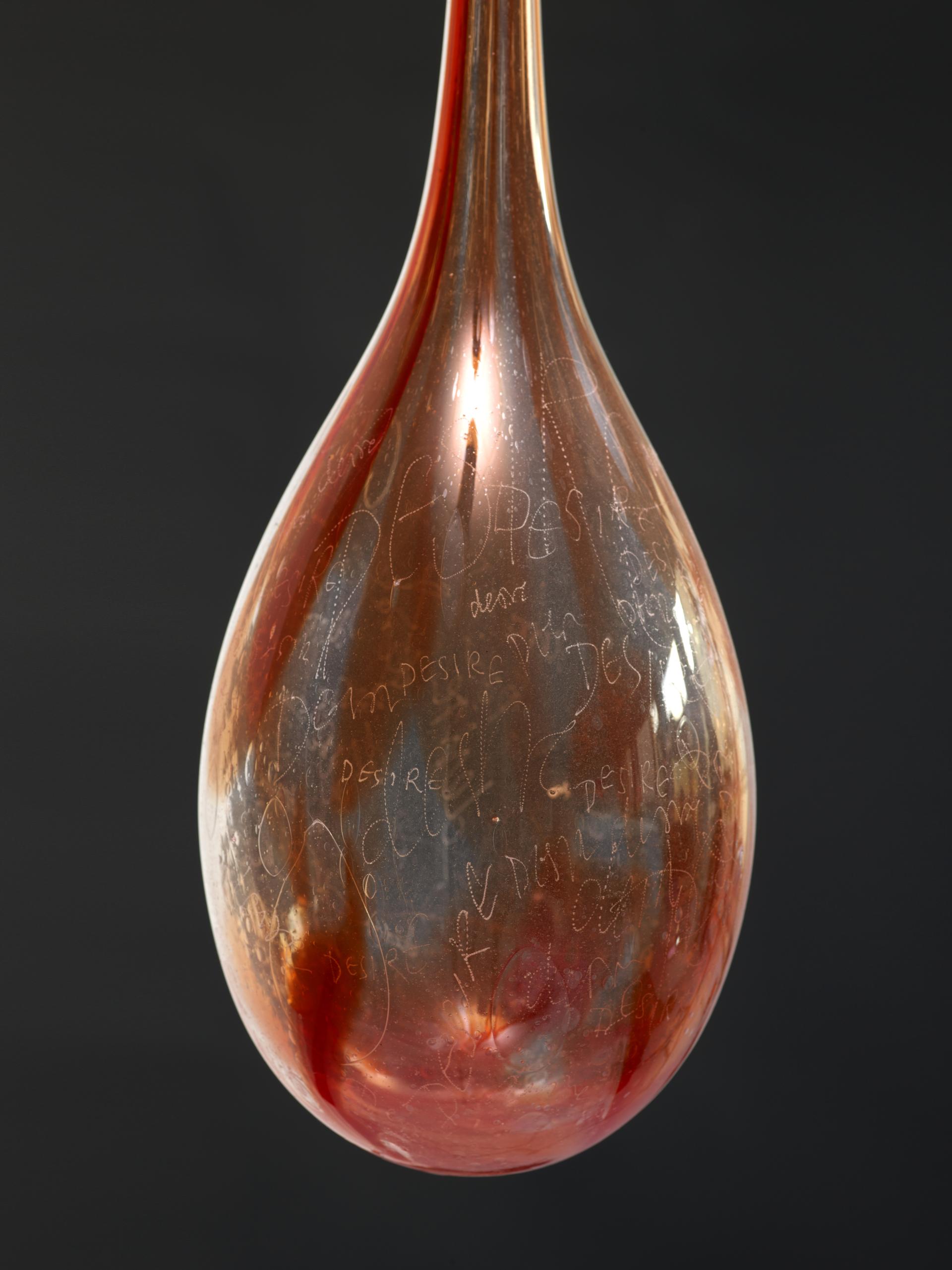
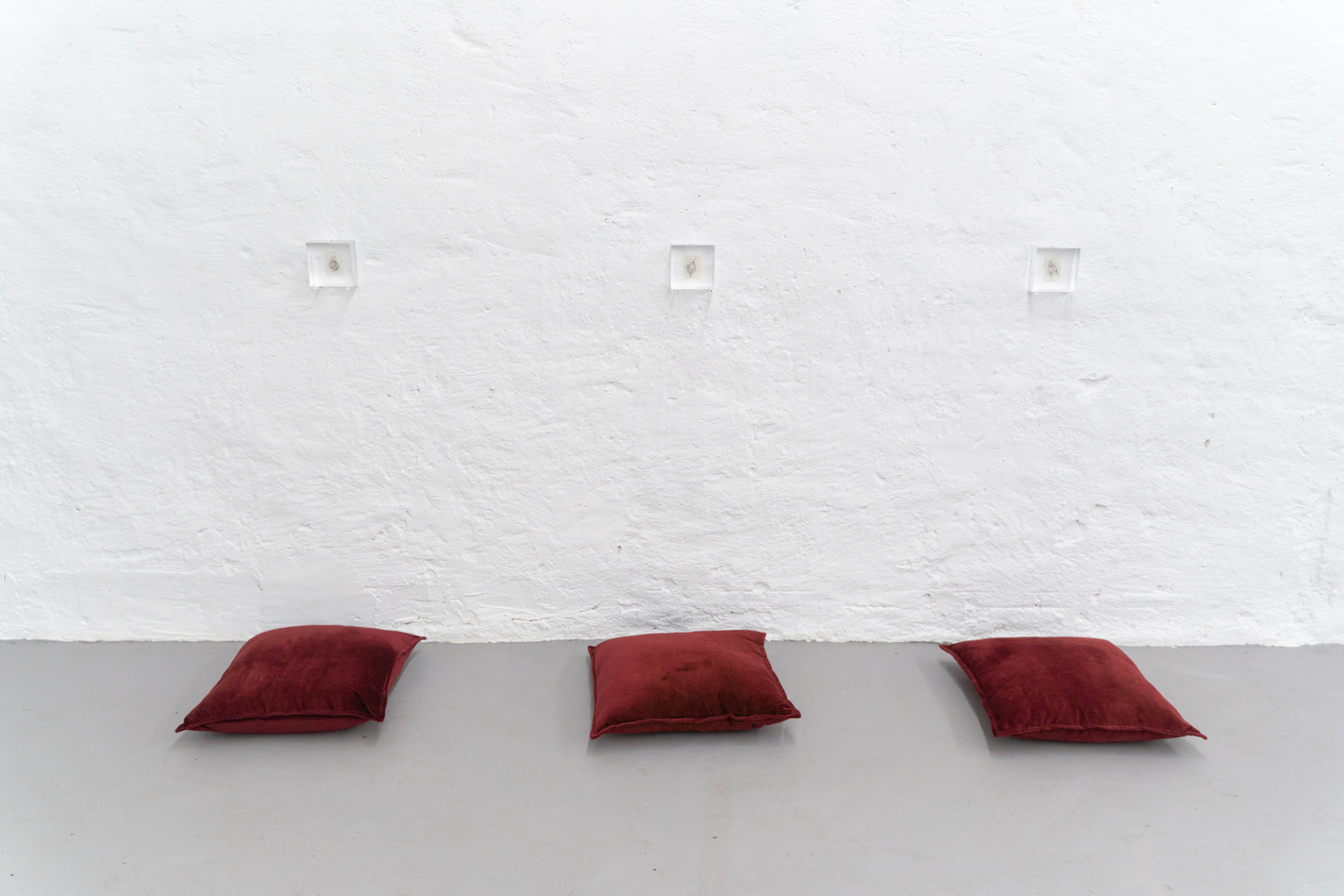
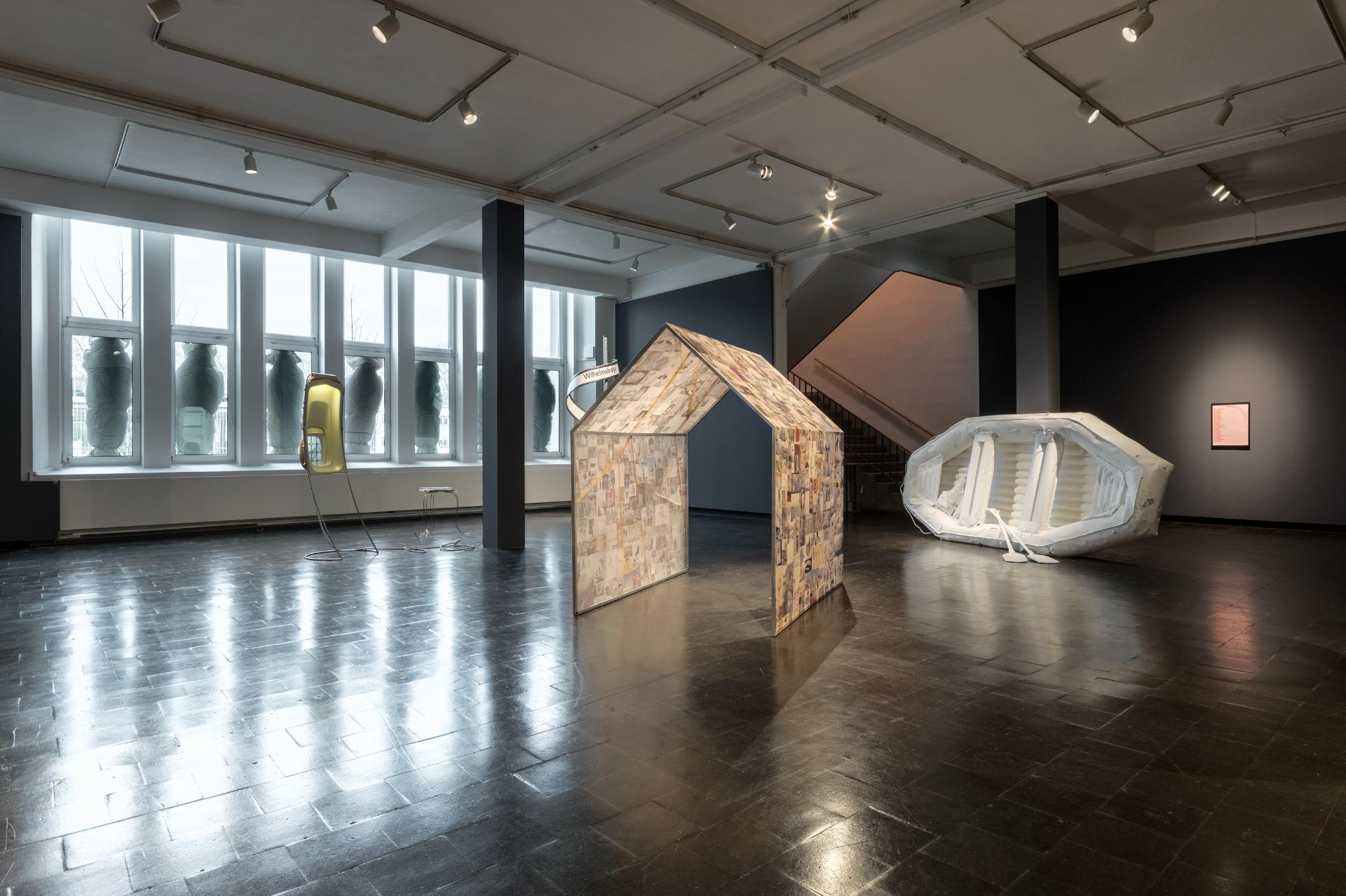
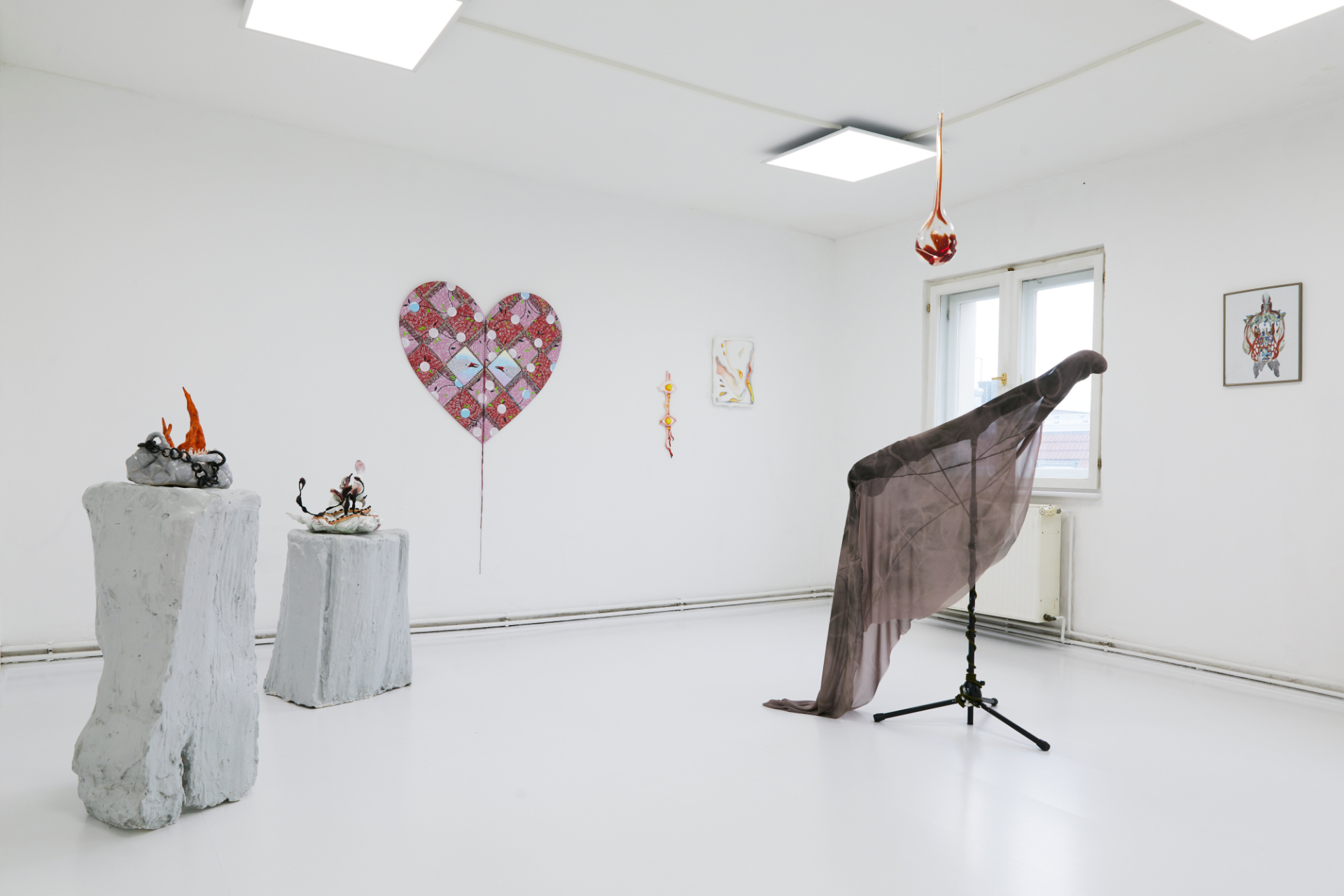
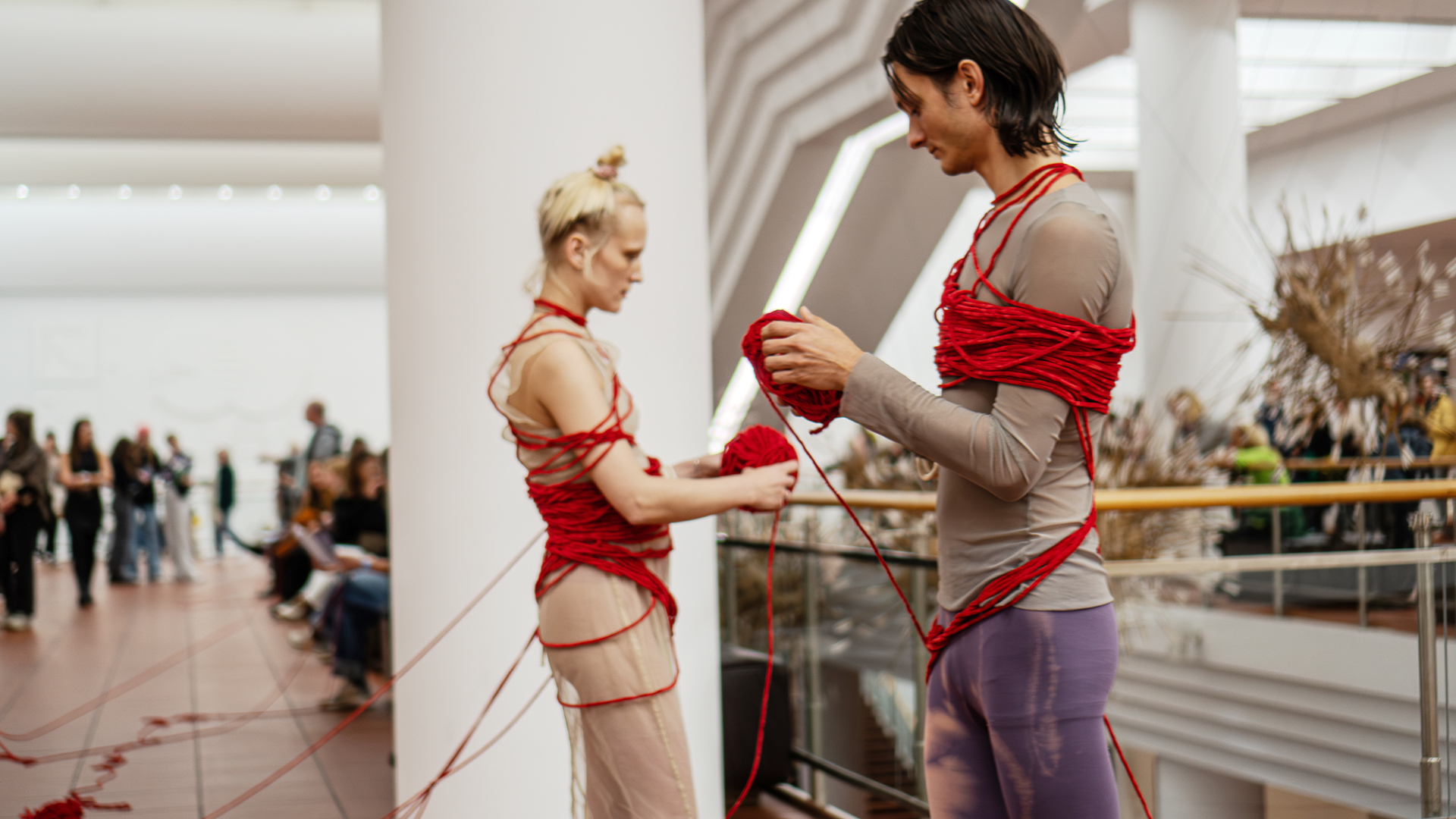
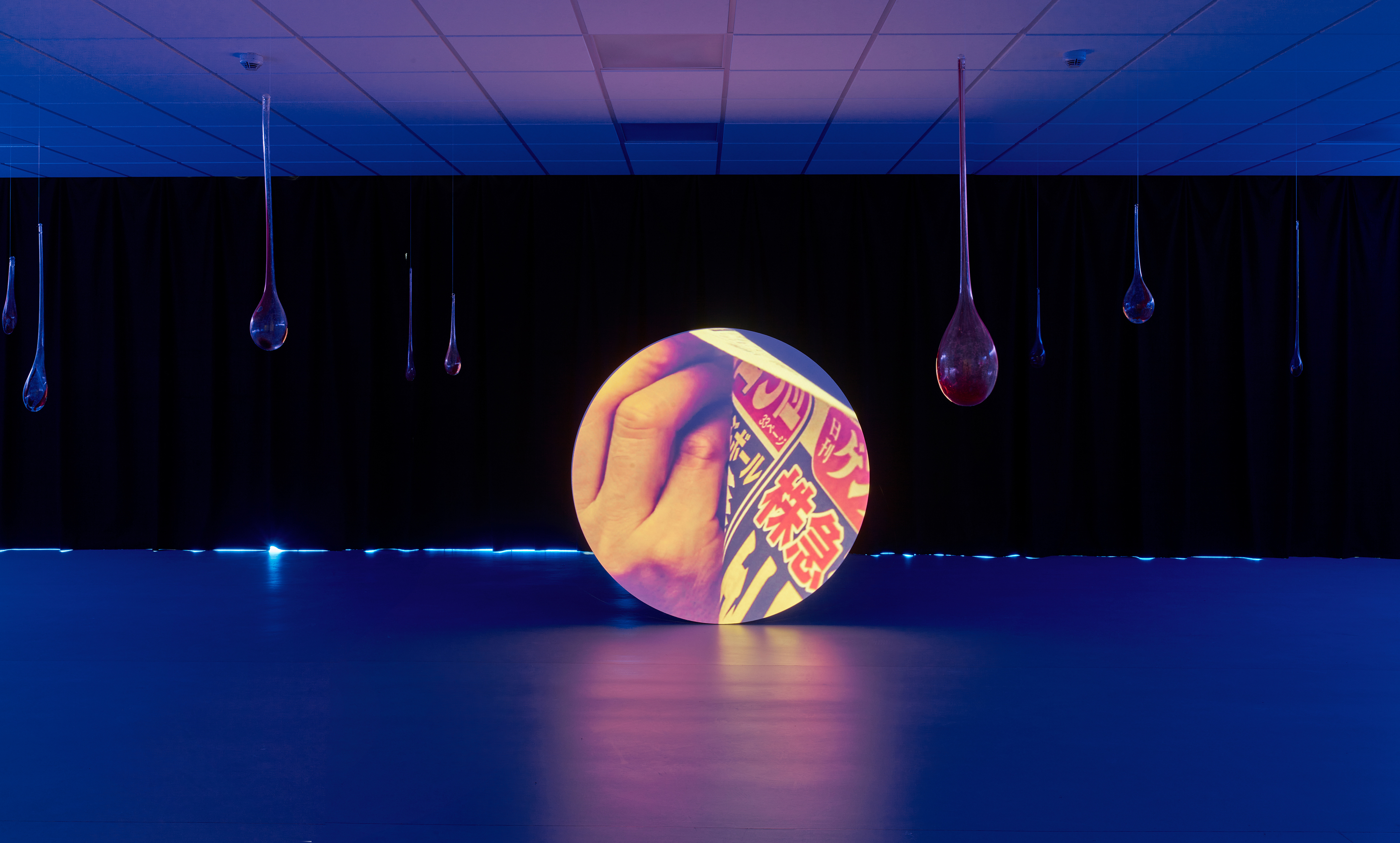
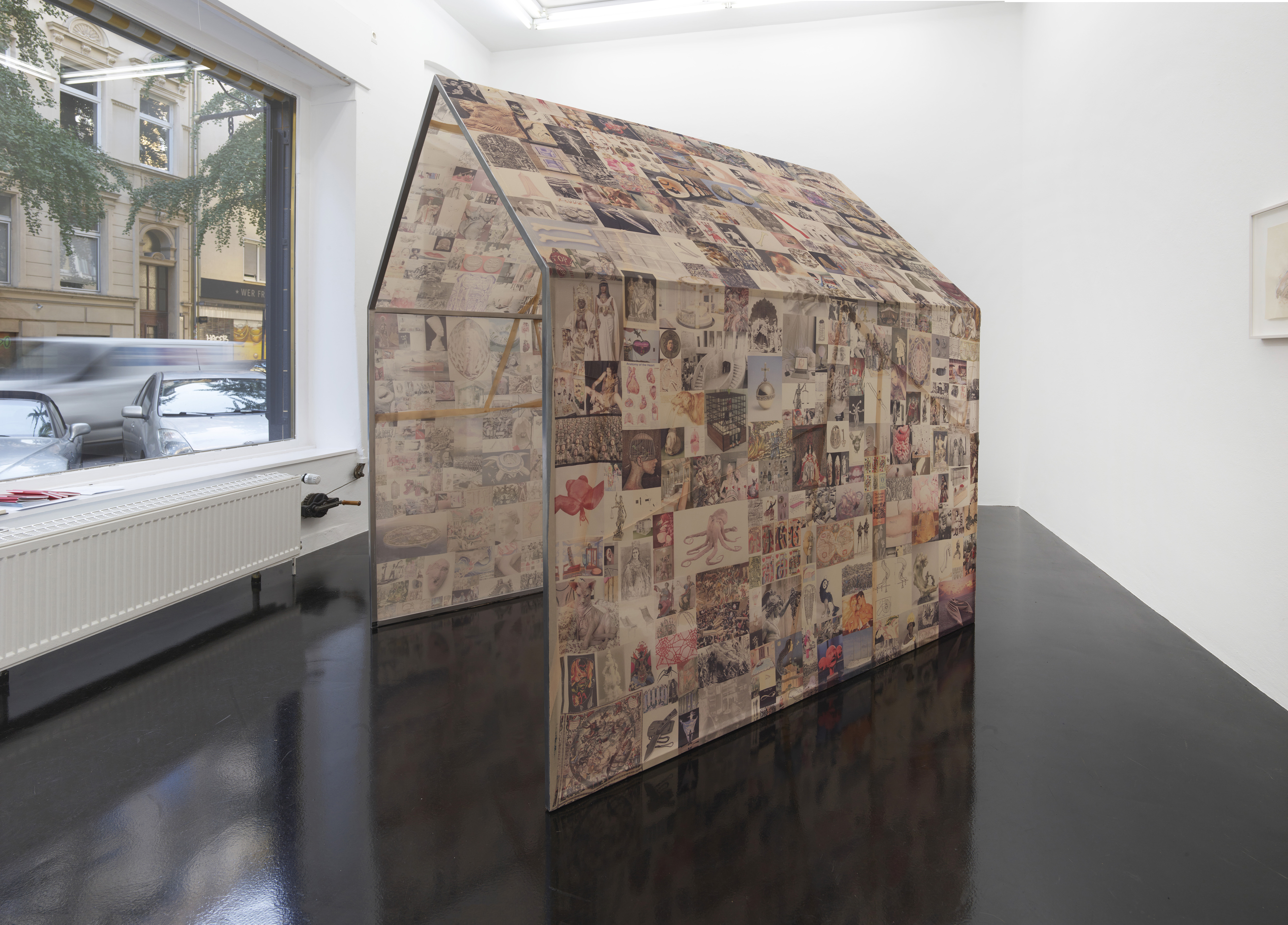
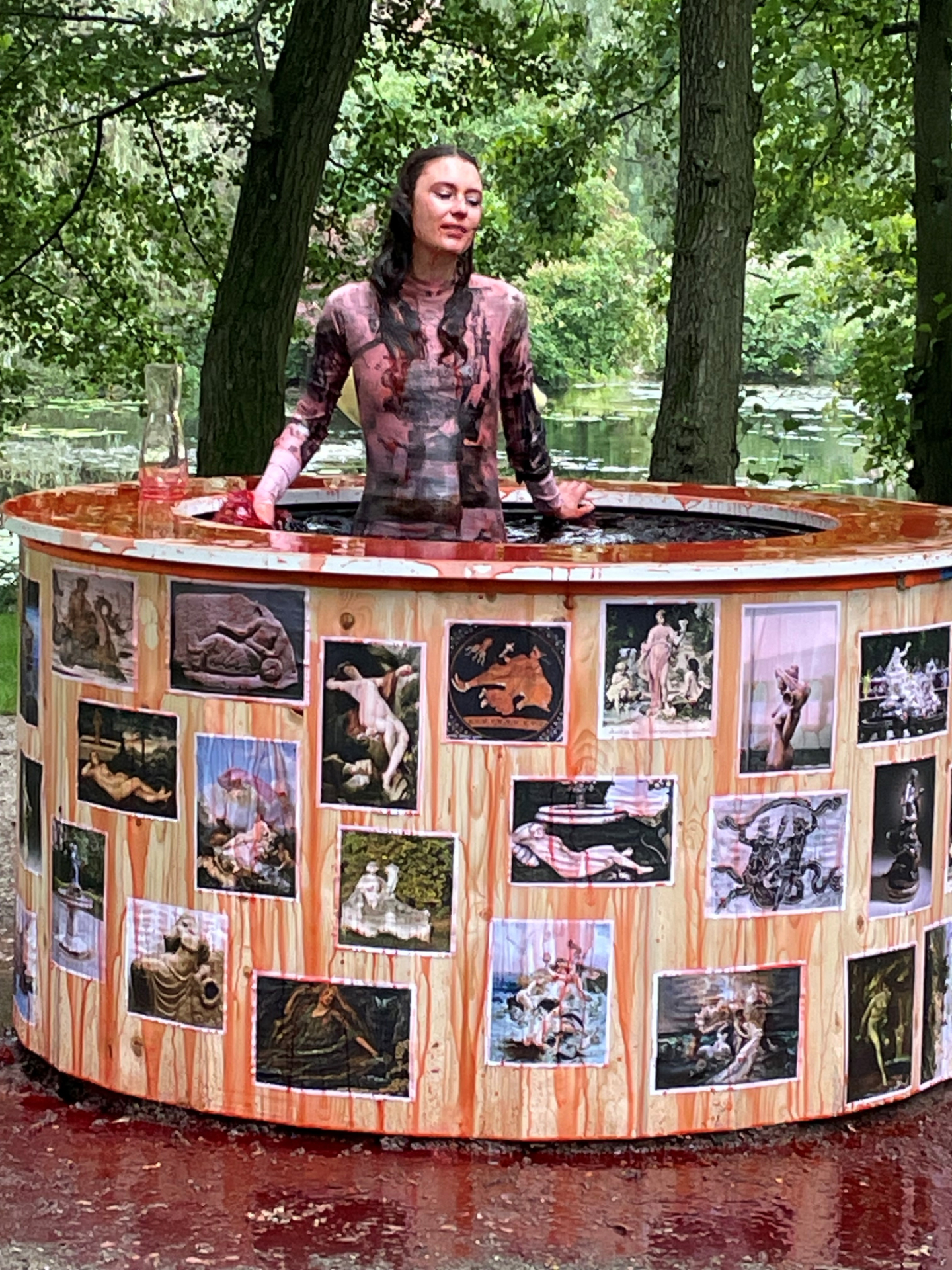
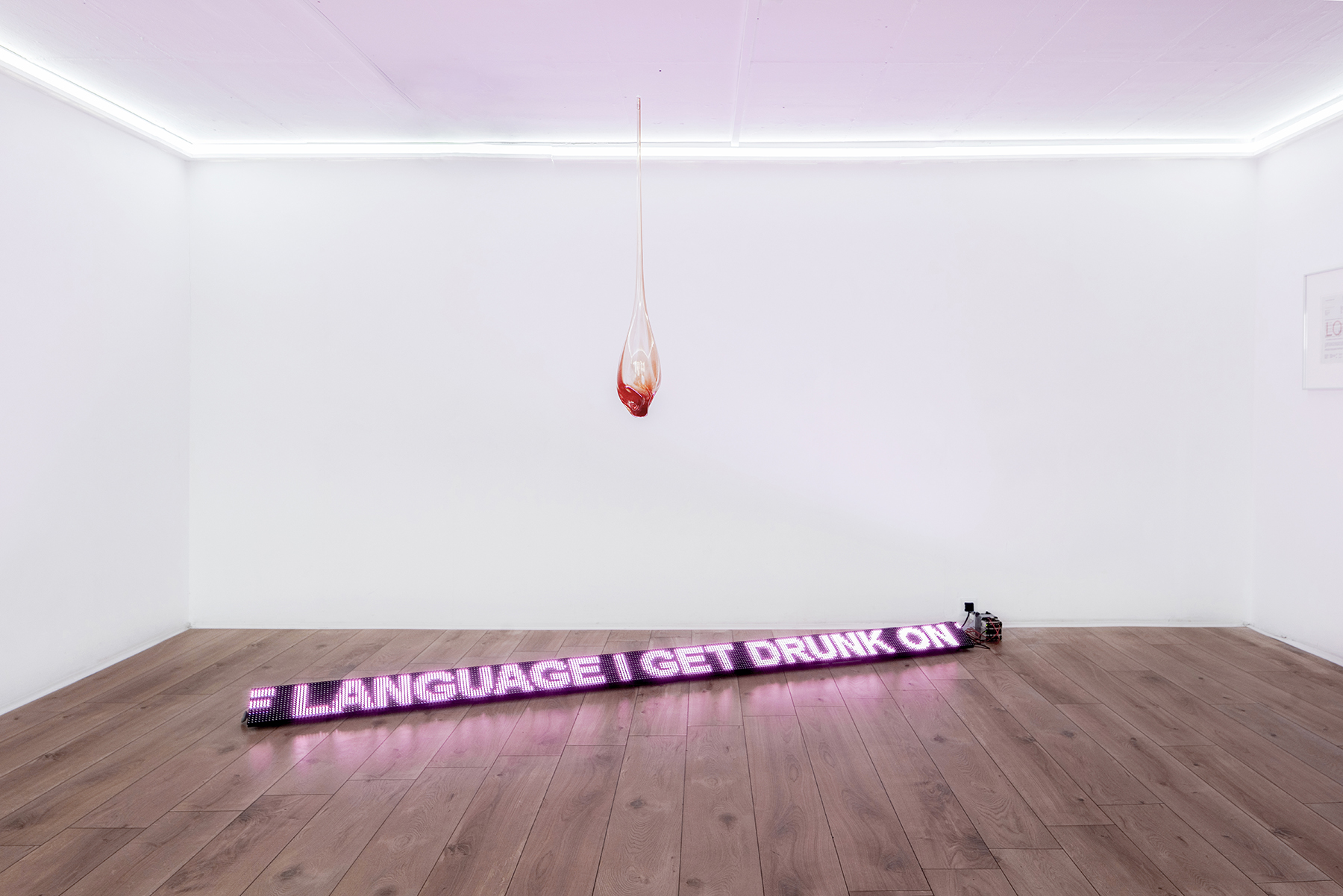
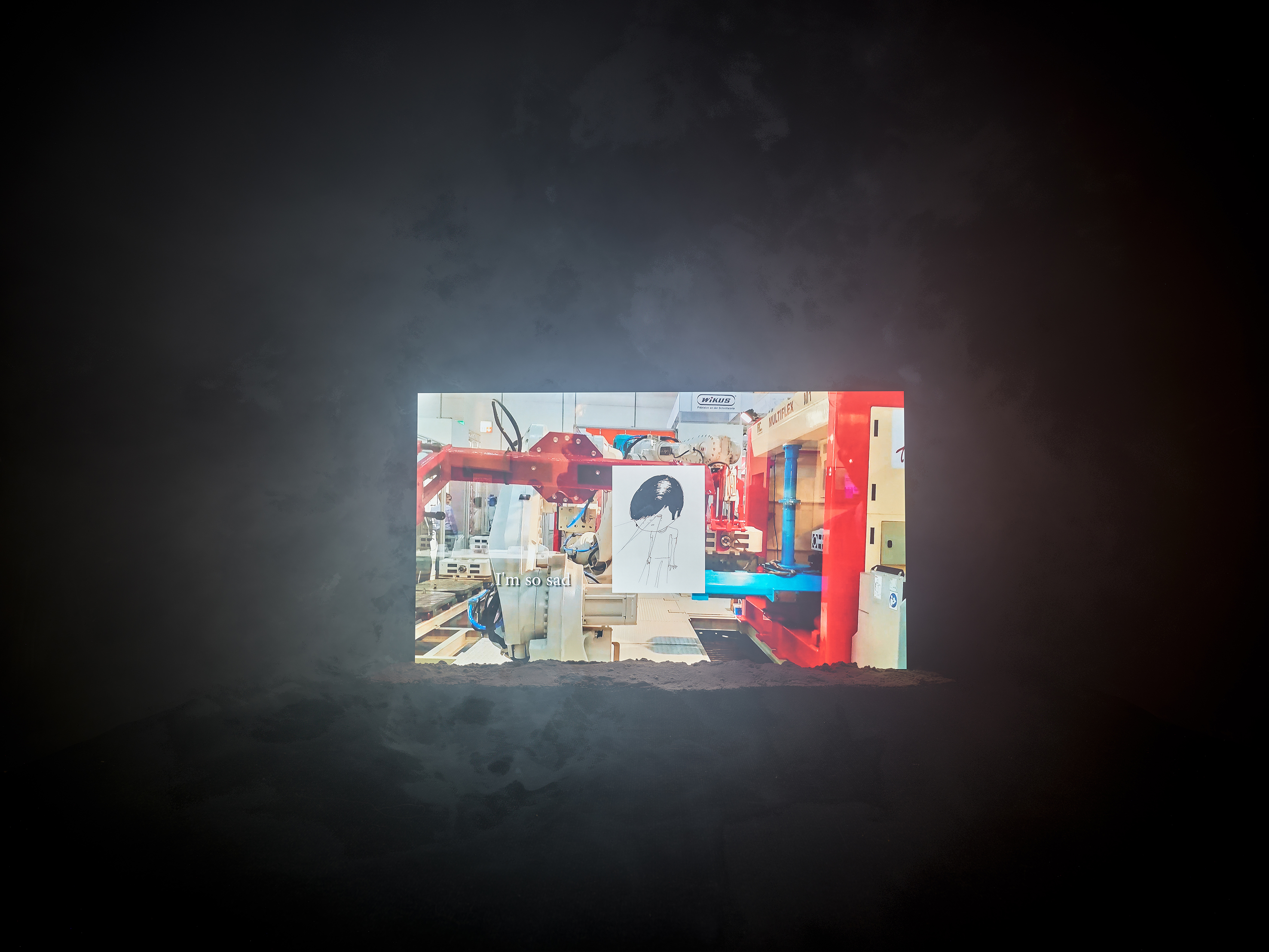
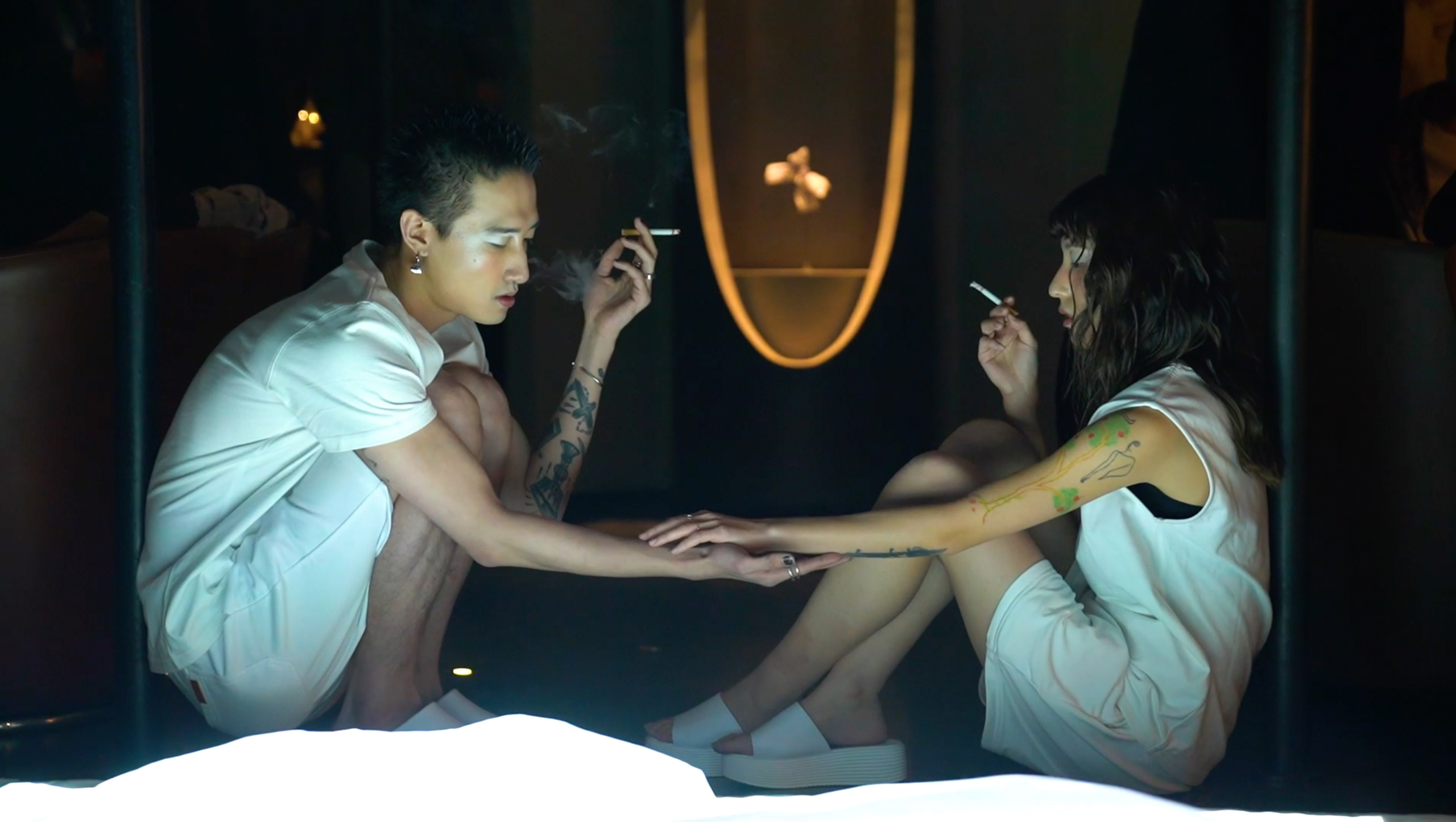
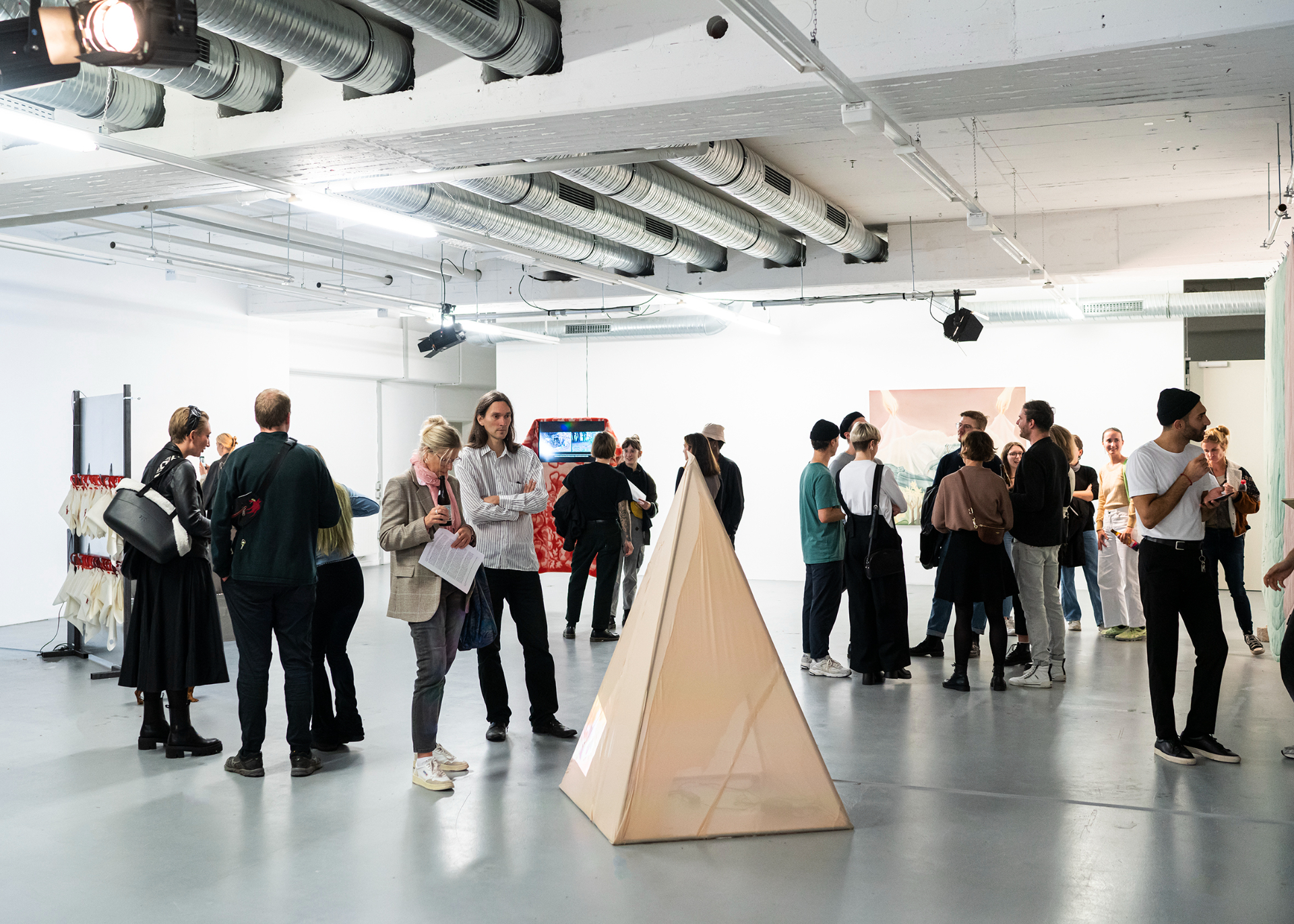
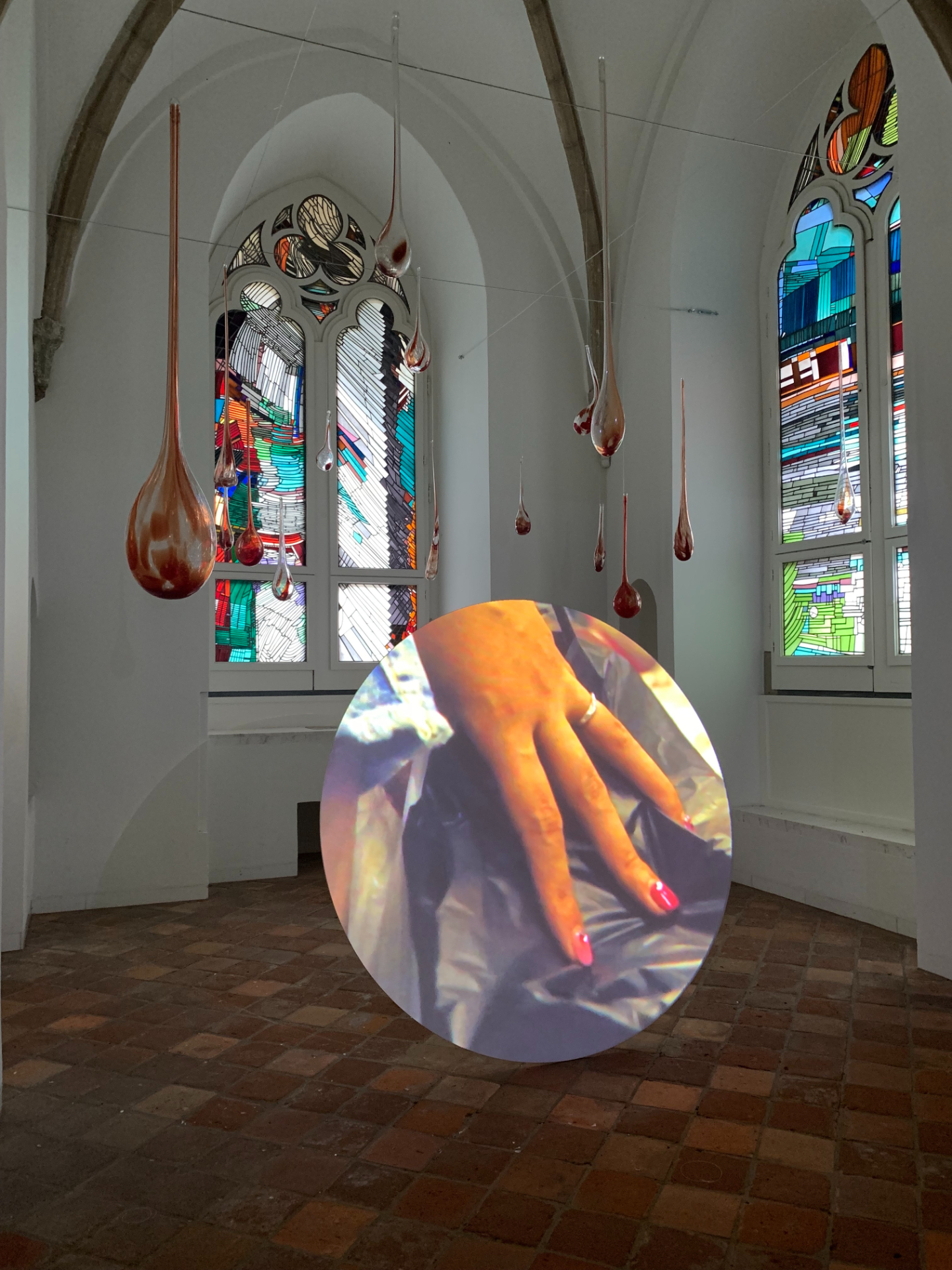
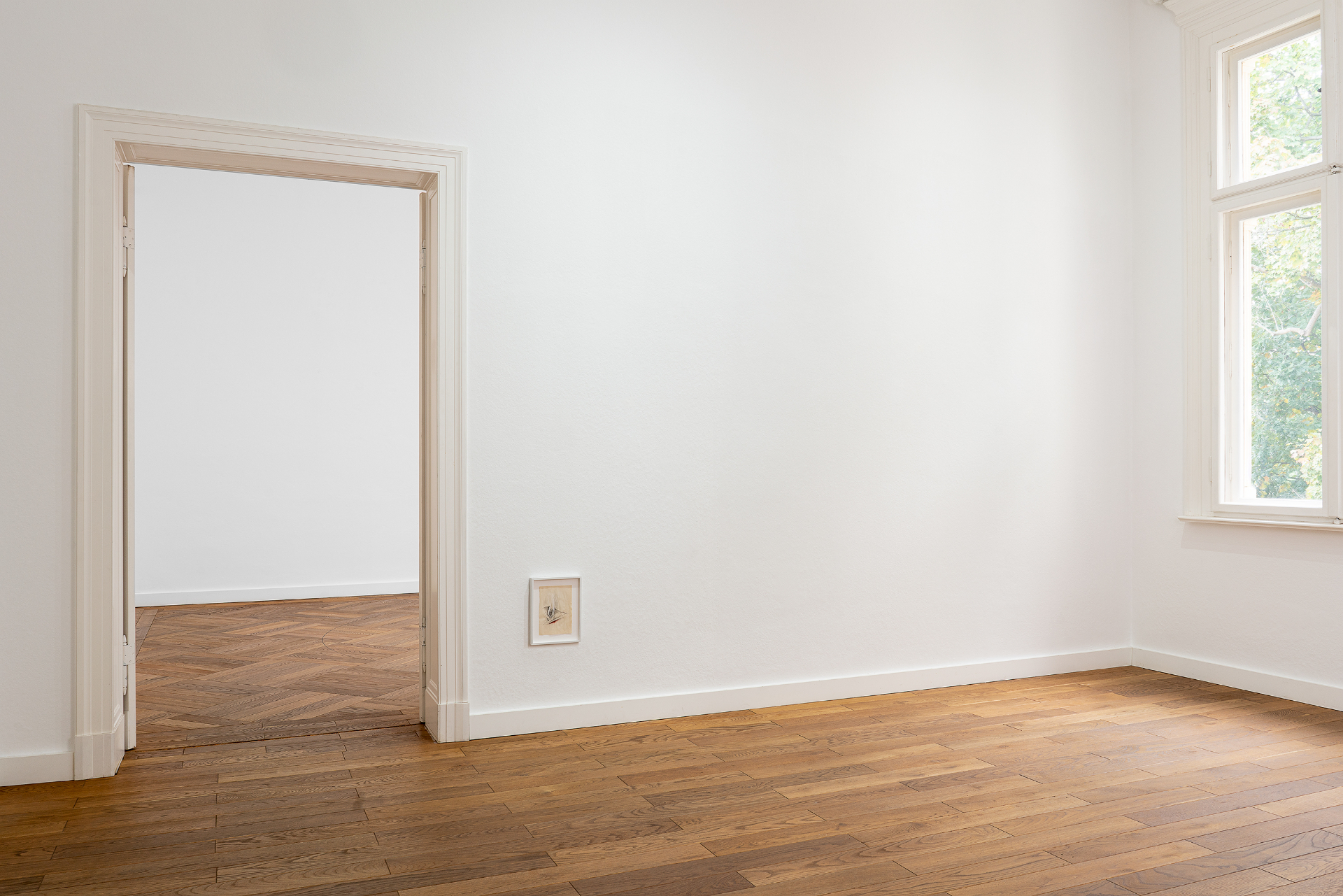
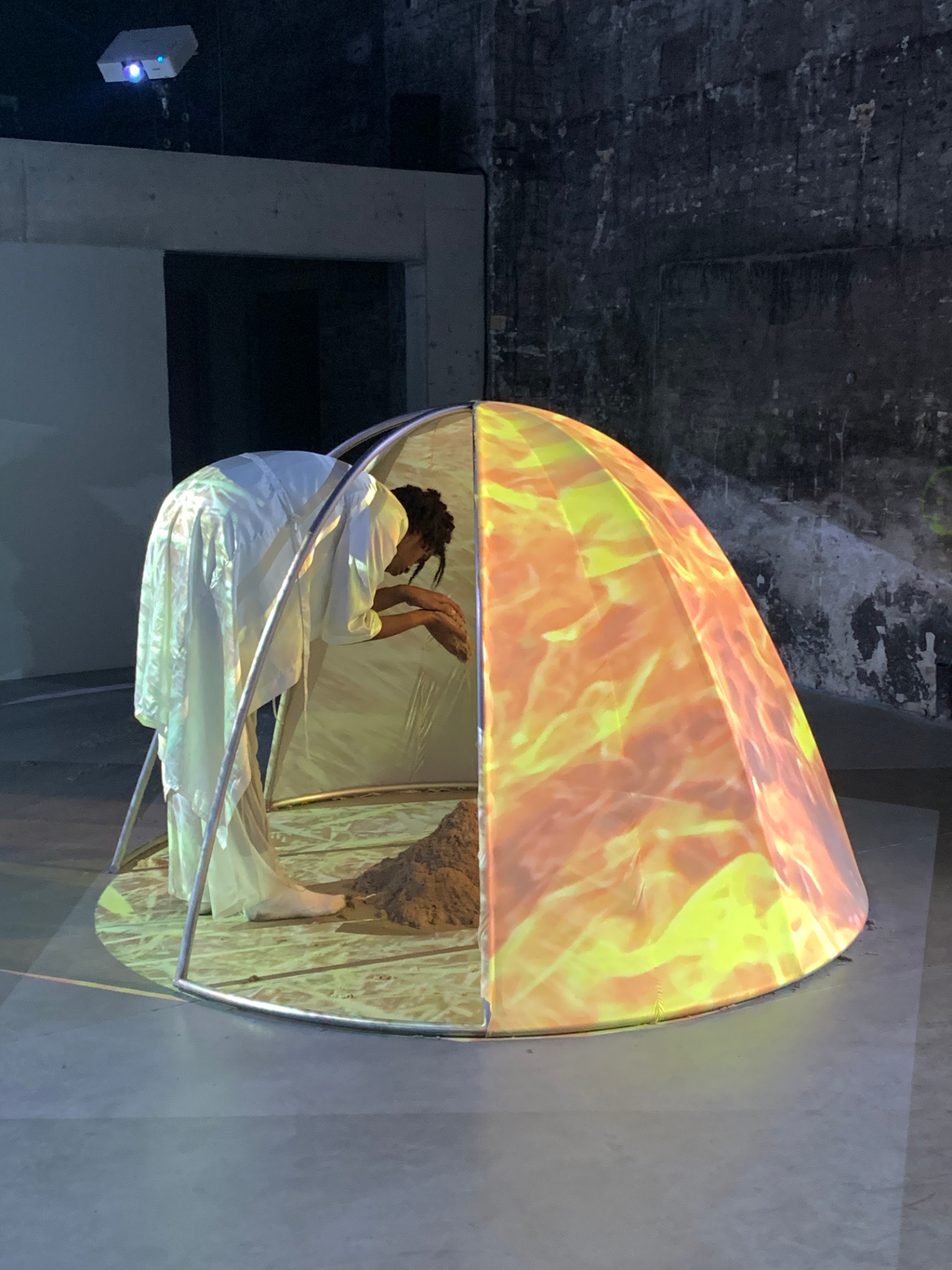

![Metamorphoses of Control [Catalogue launch]](https://media.isabellafuernkaes.com/Isabella_Fuernkaes_Mouches_Volantes_Metamorphoses_of_Control_2022_00001.jpg)
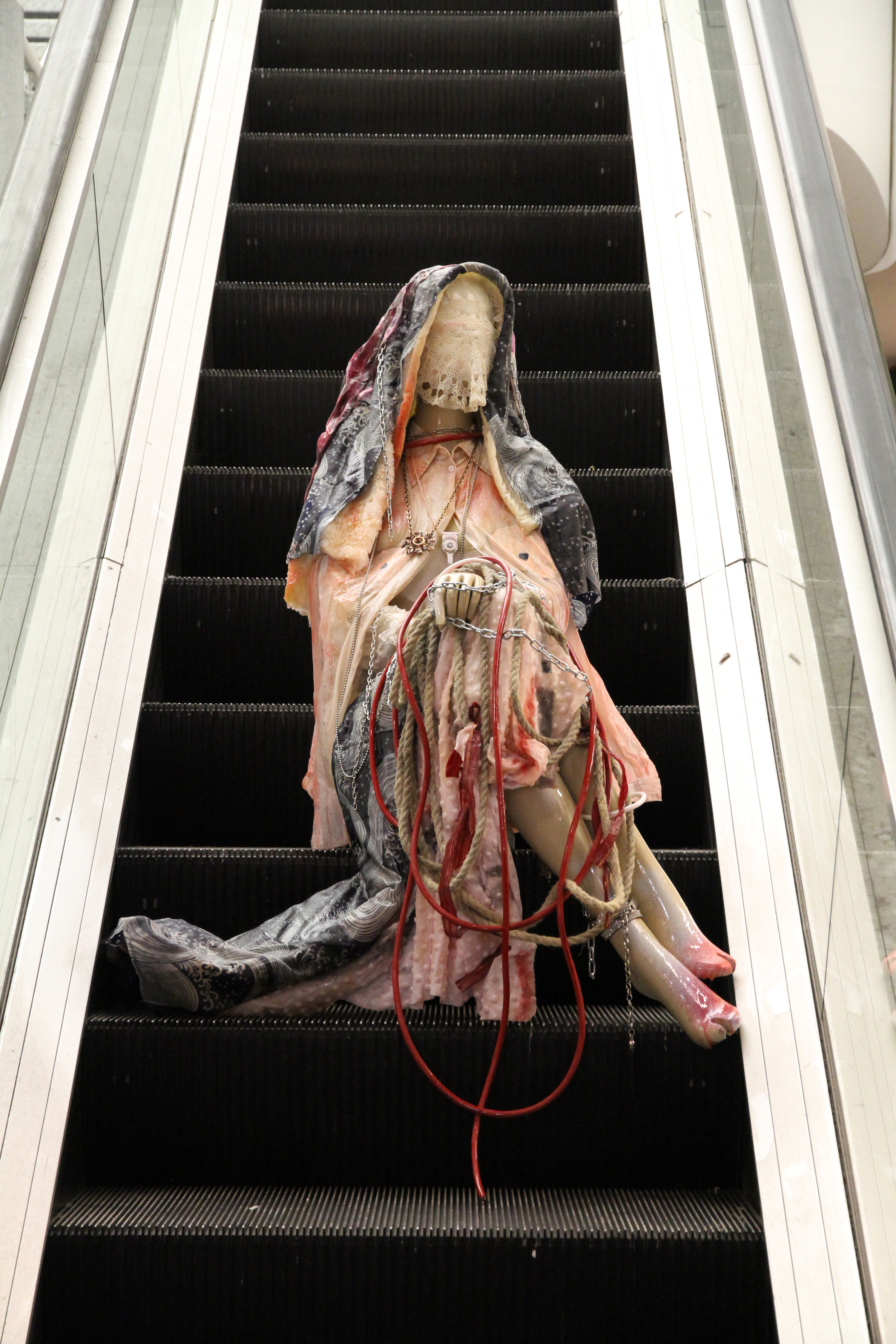
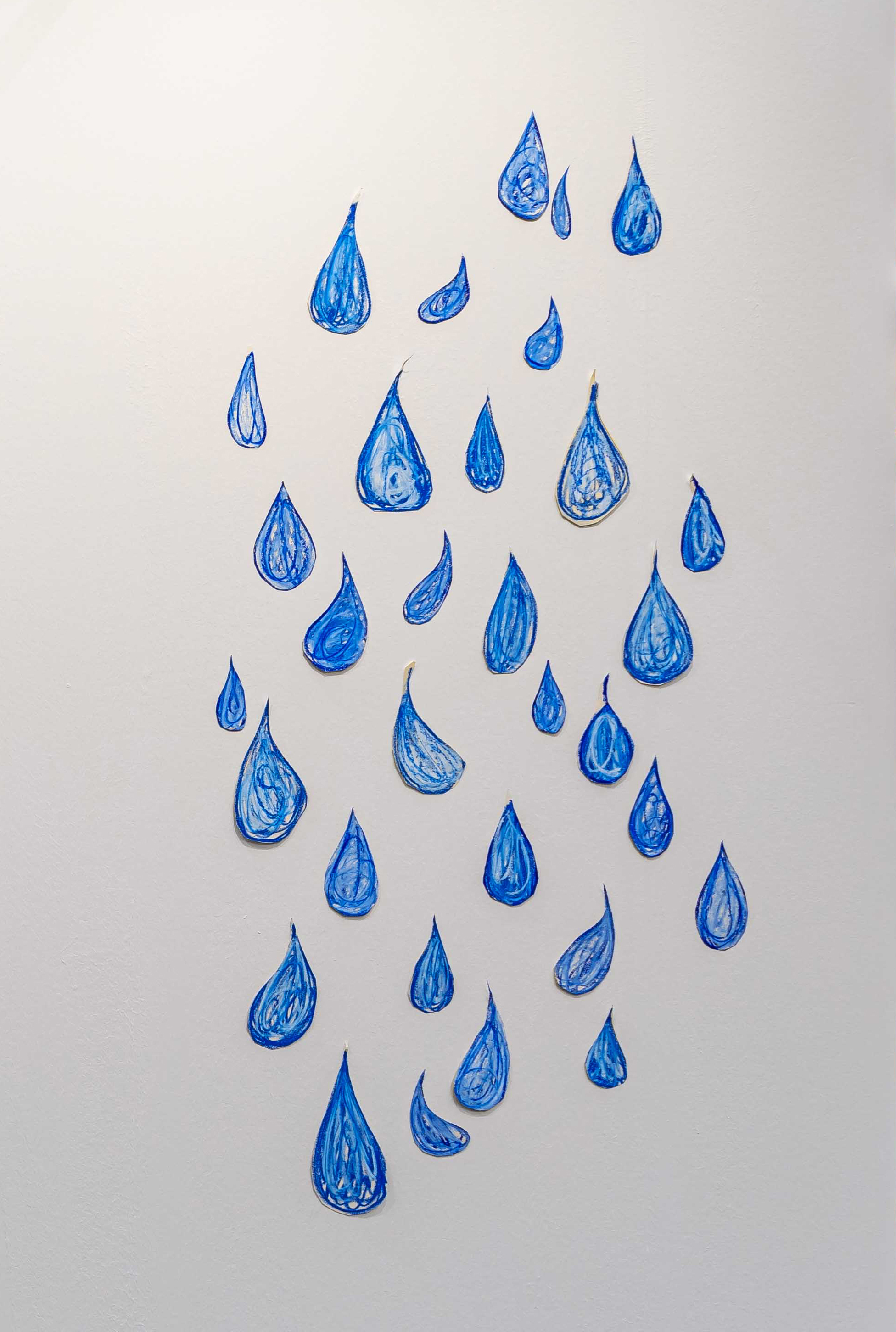
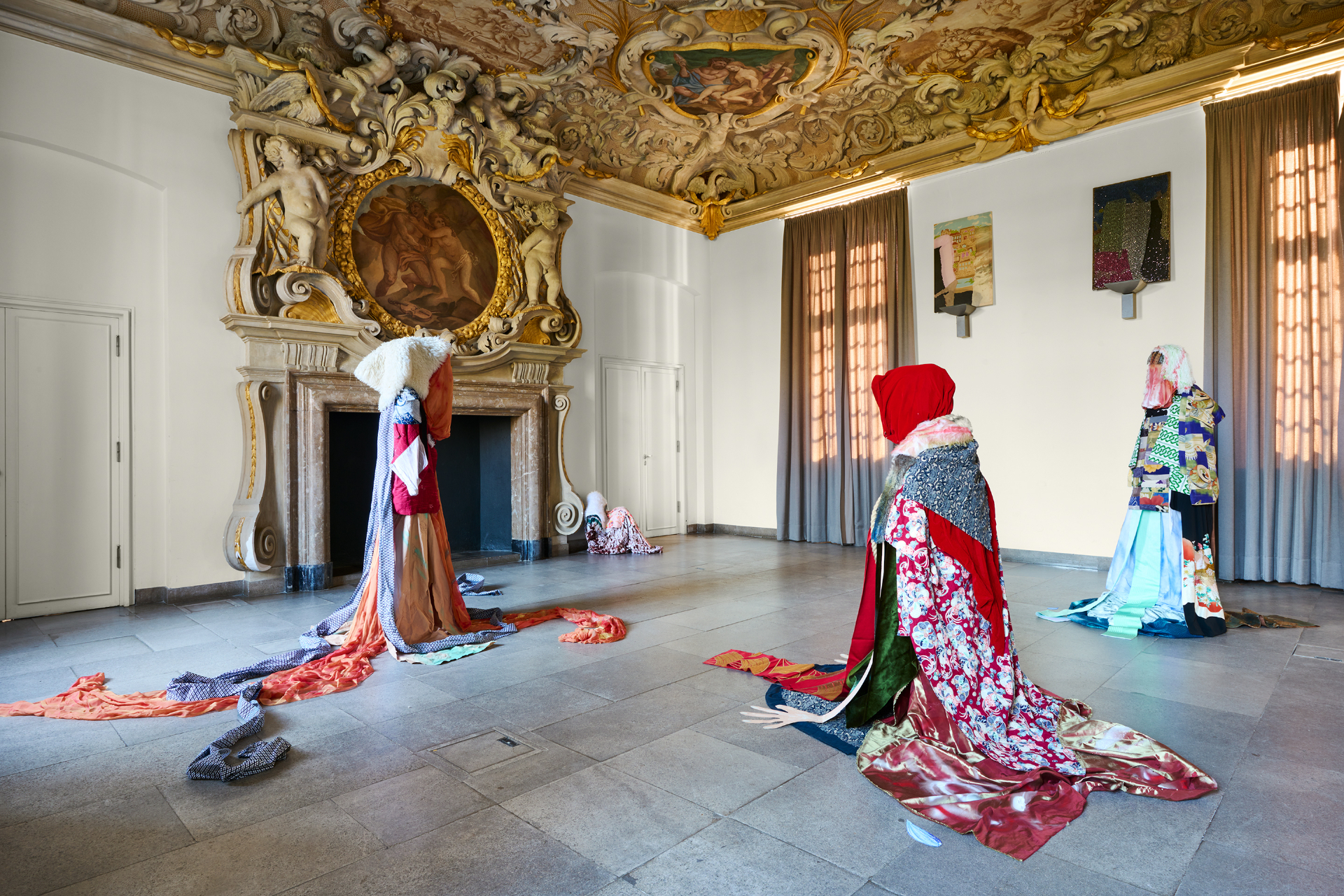
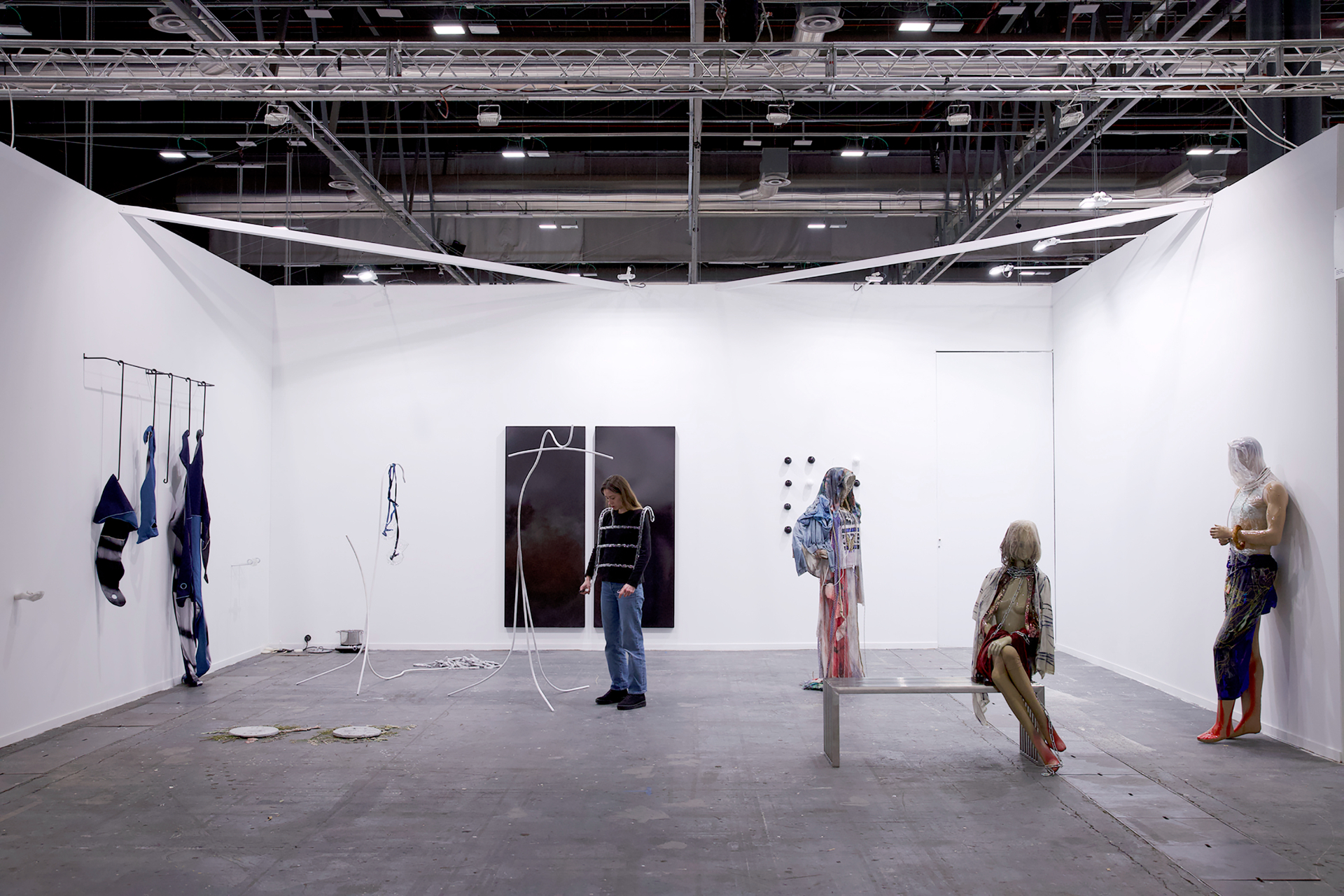
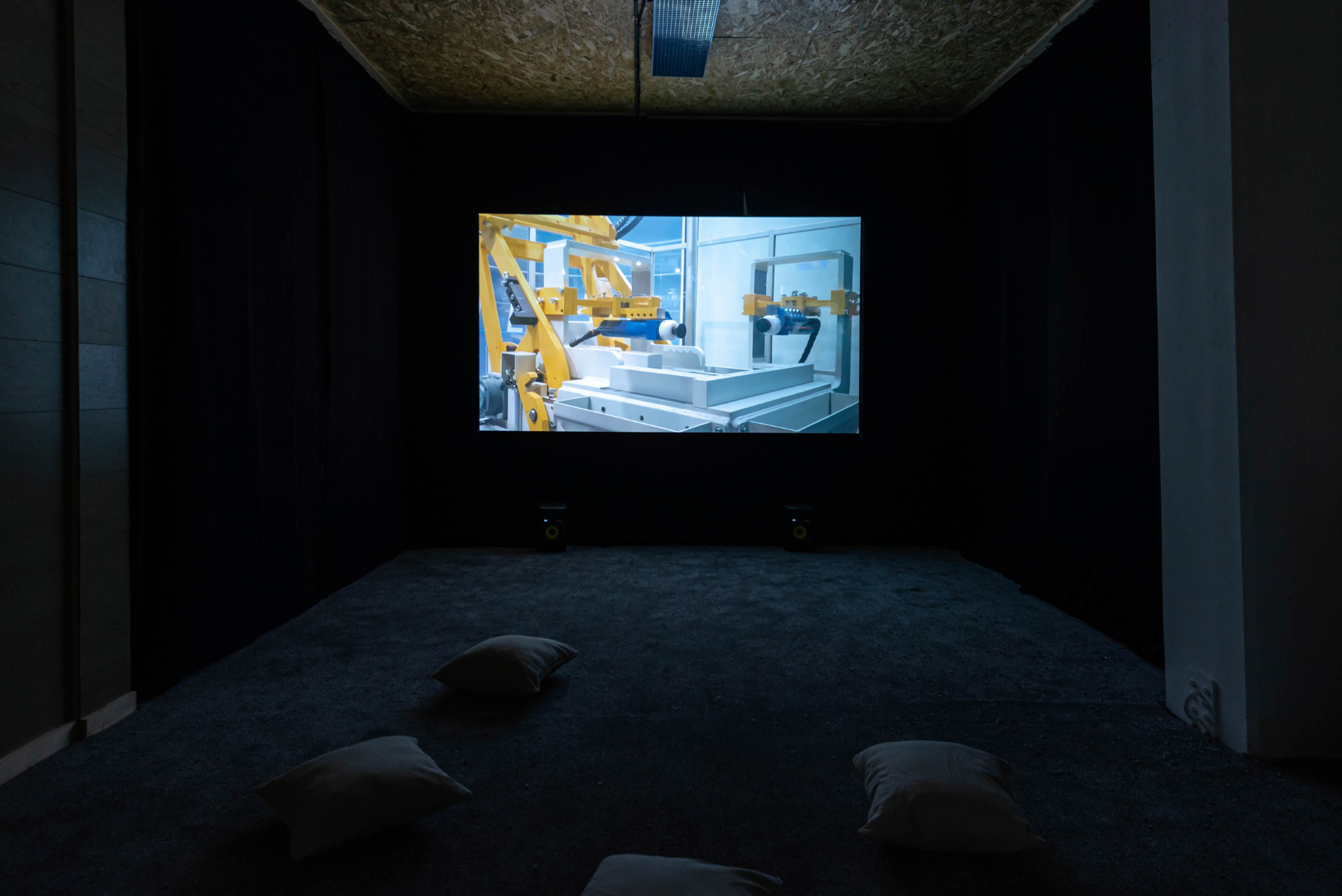

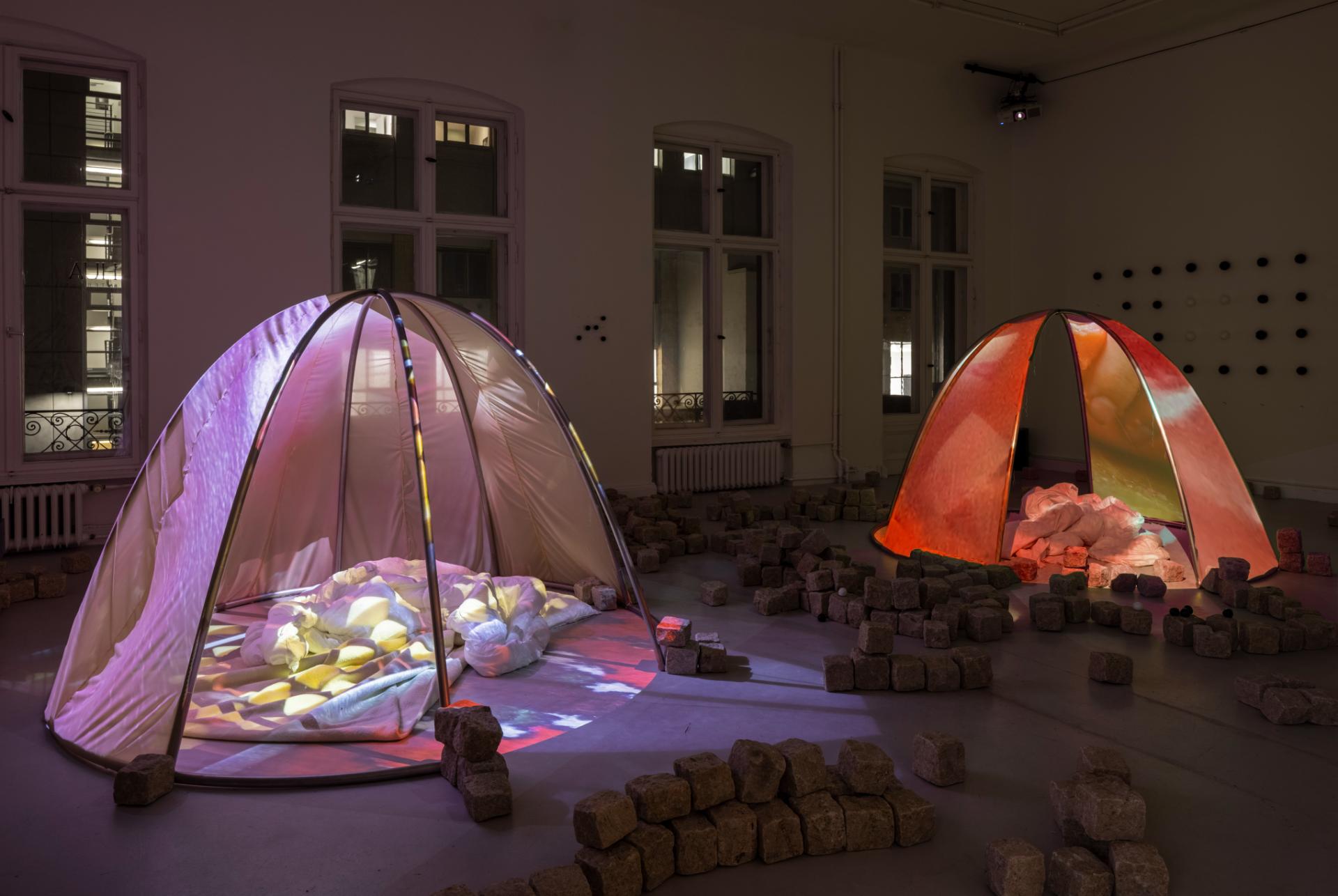
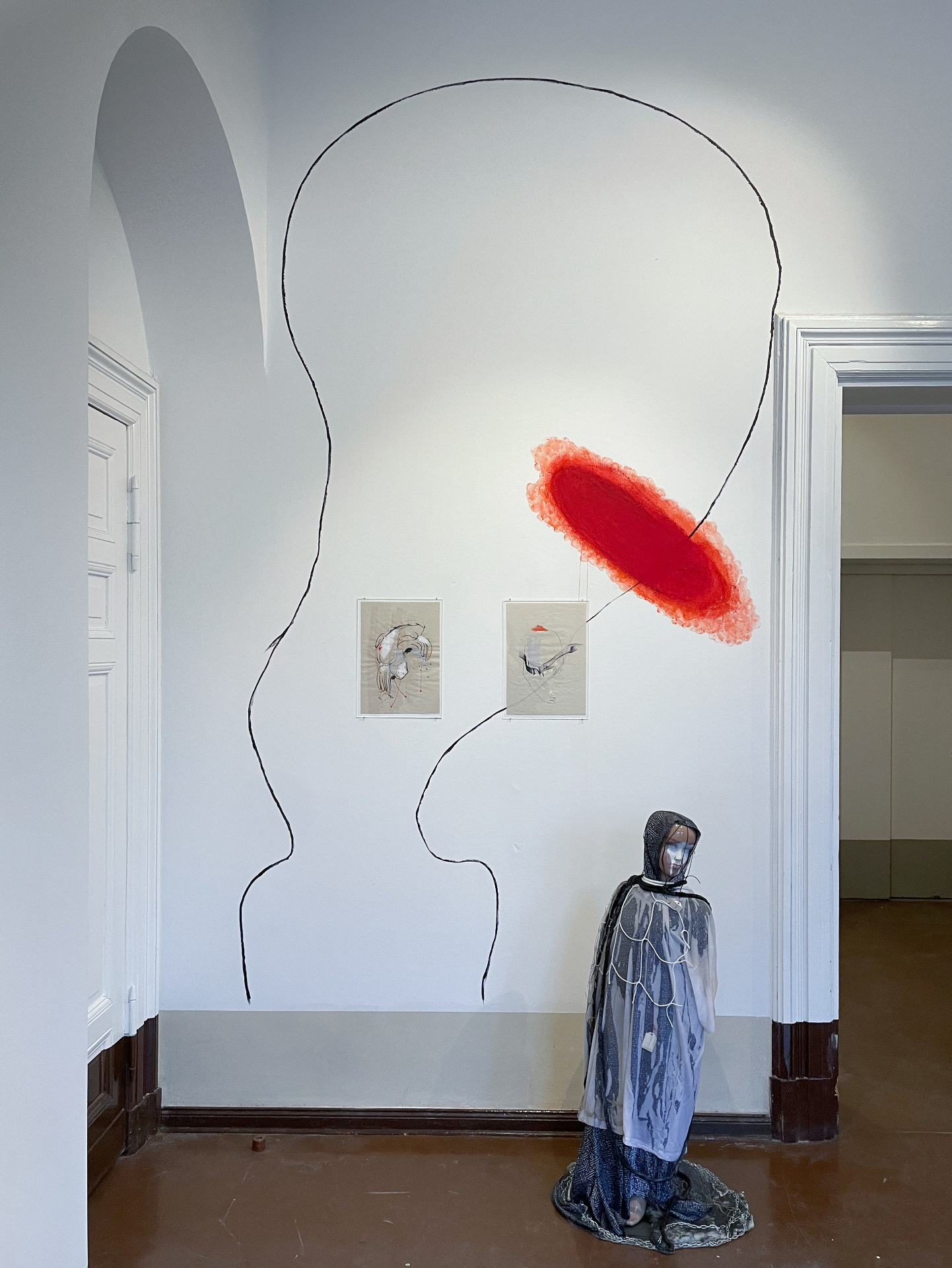

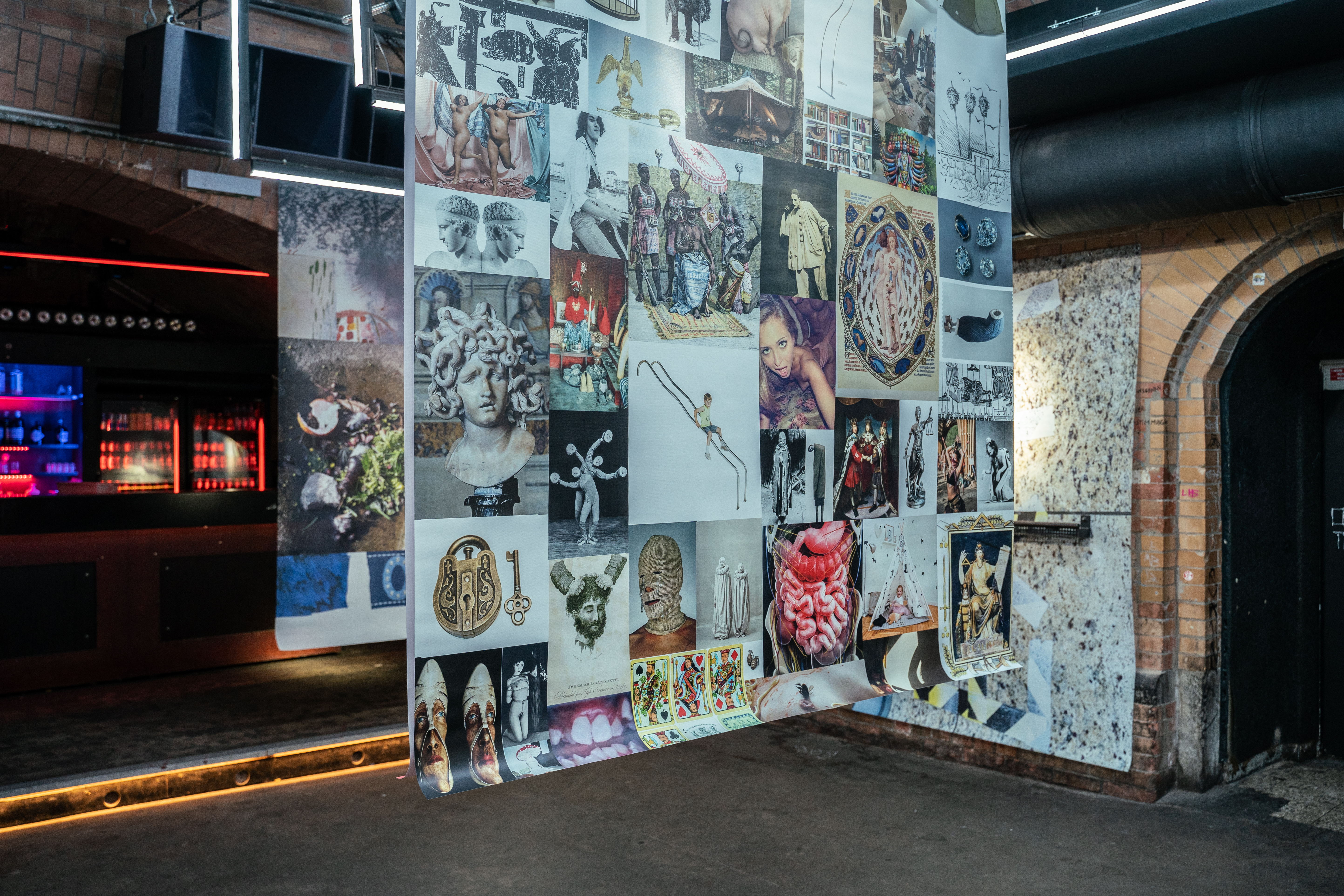
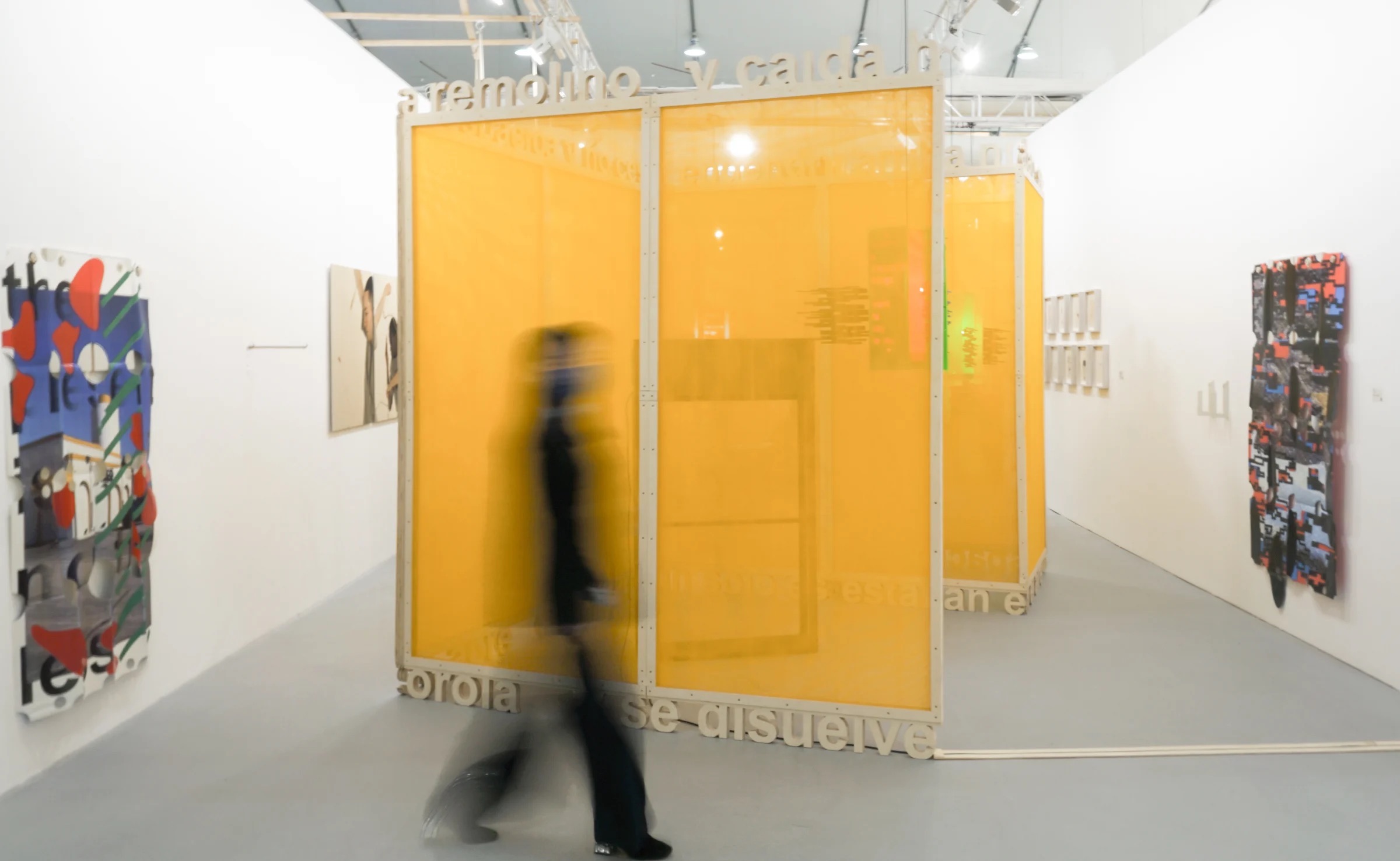
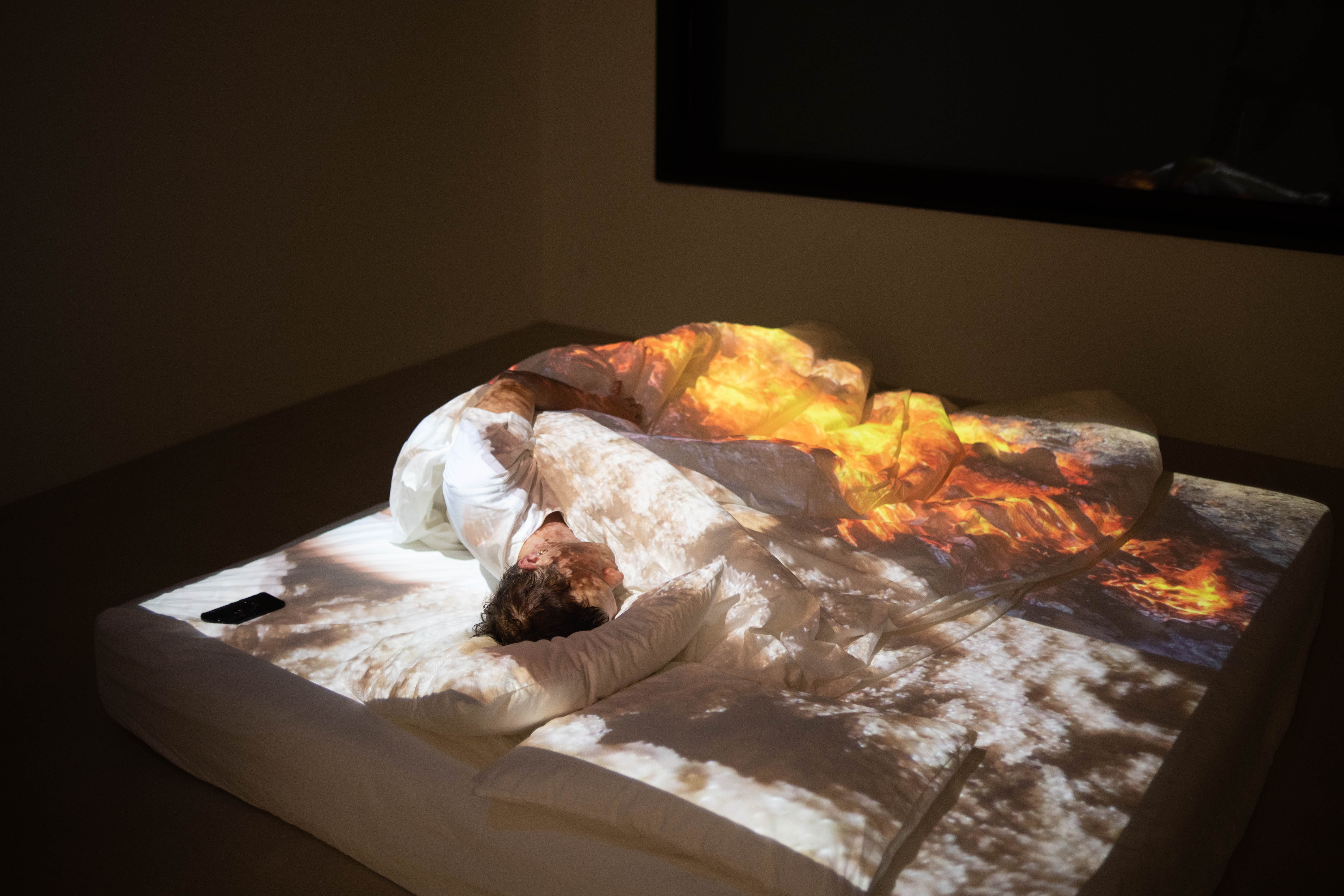
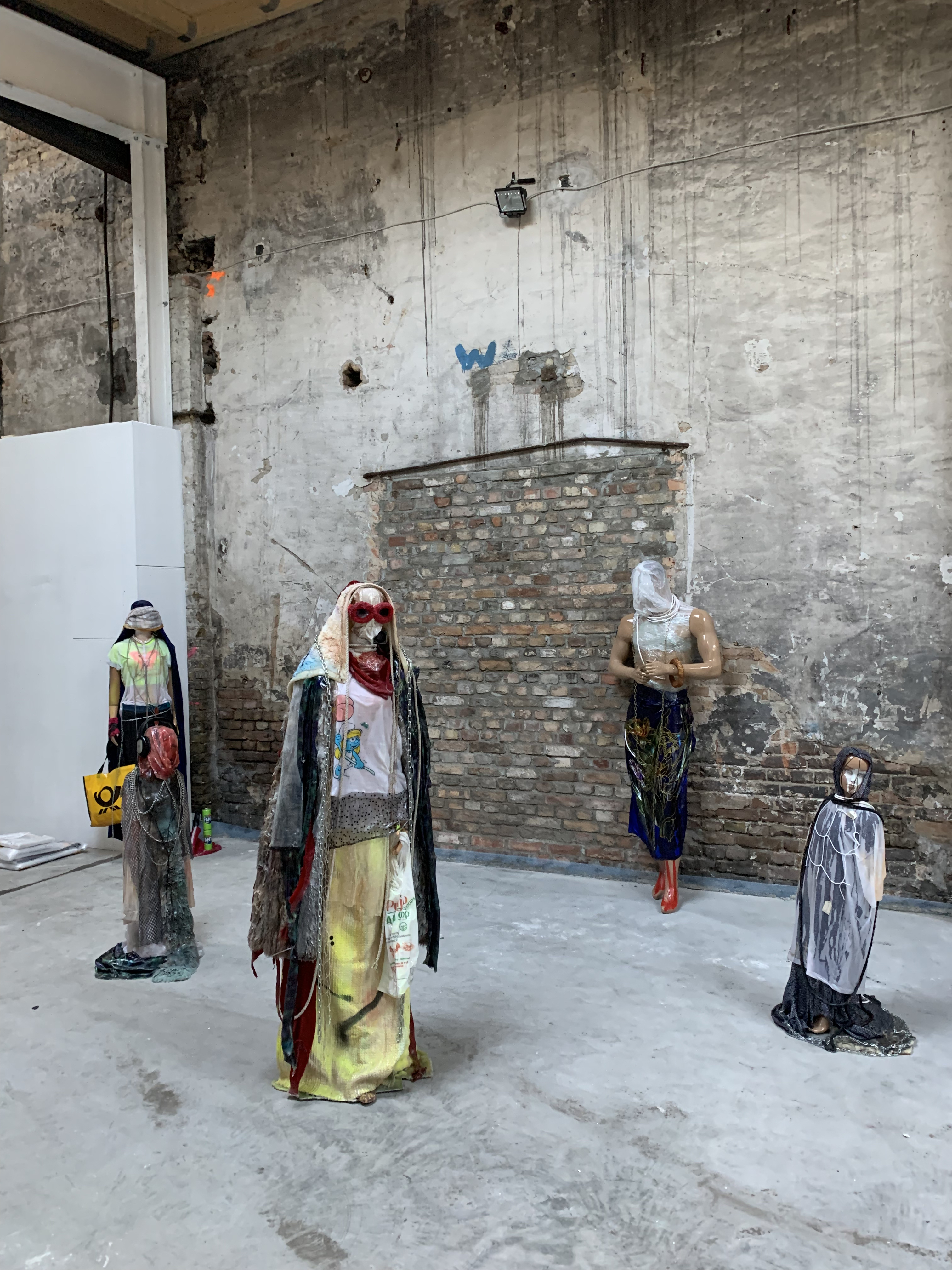

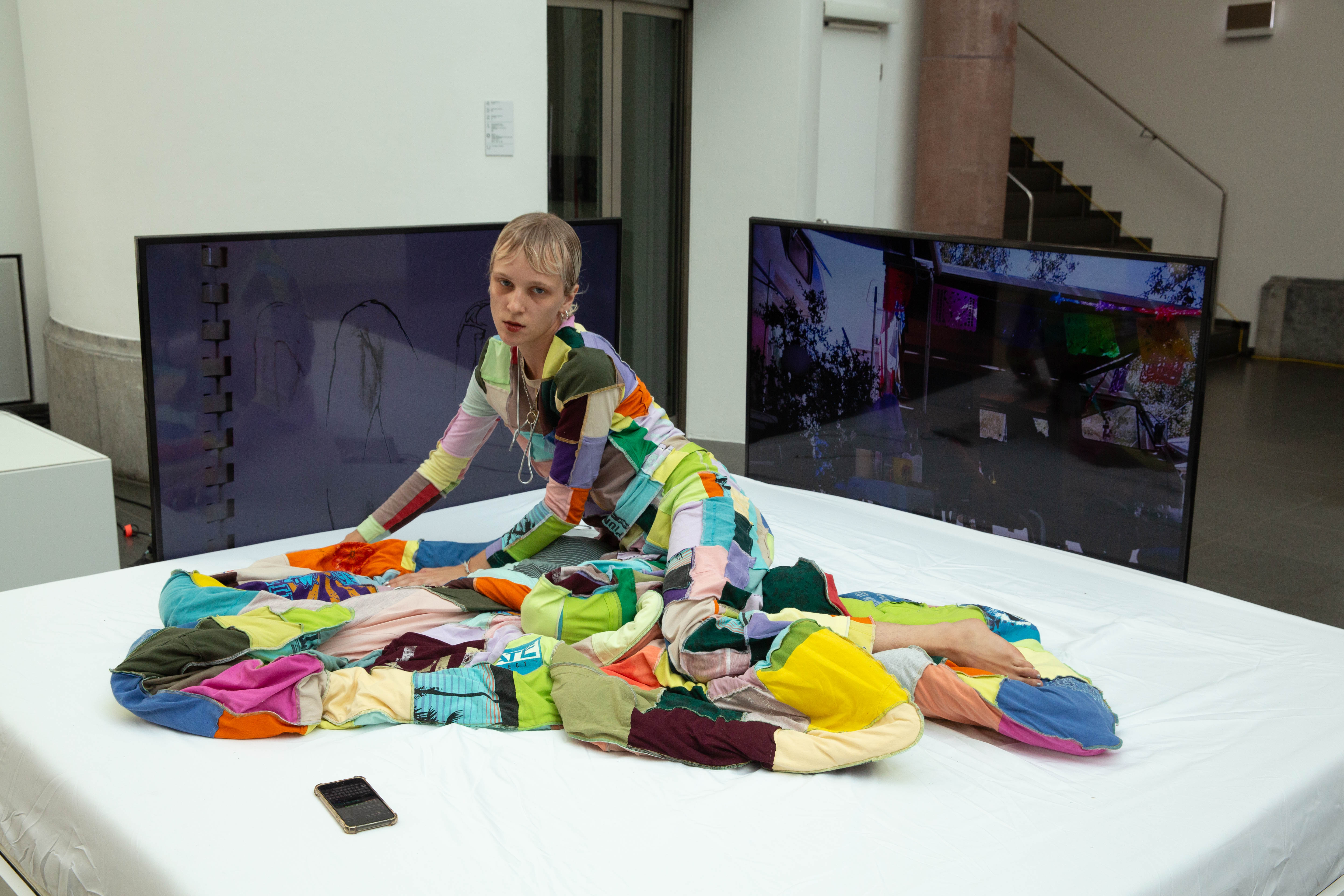

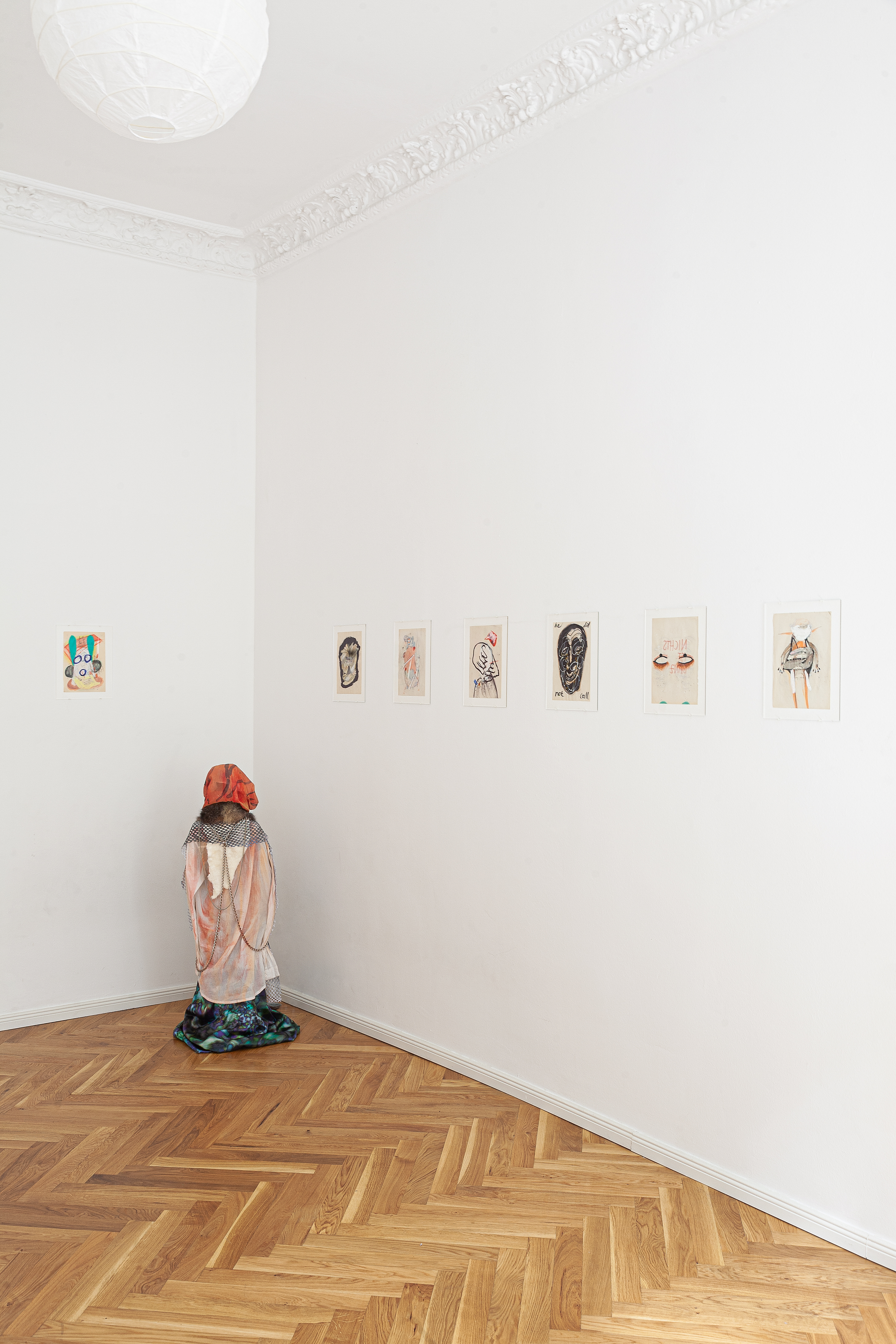
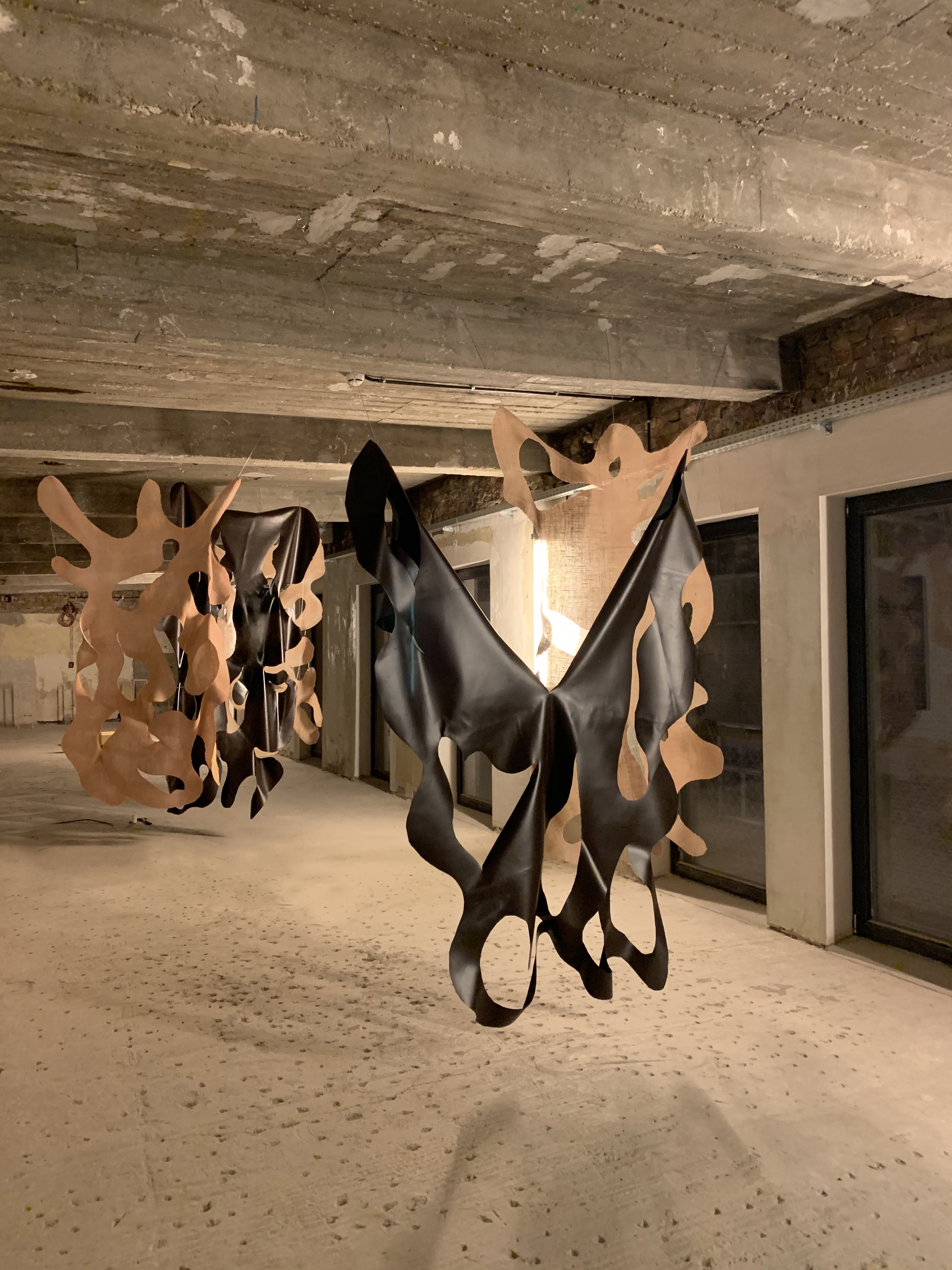
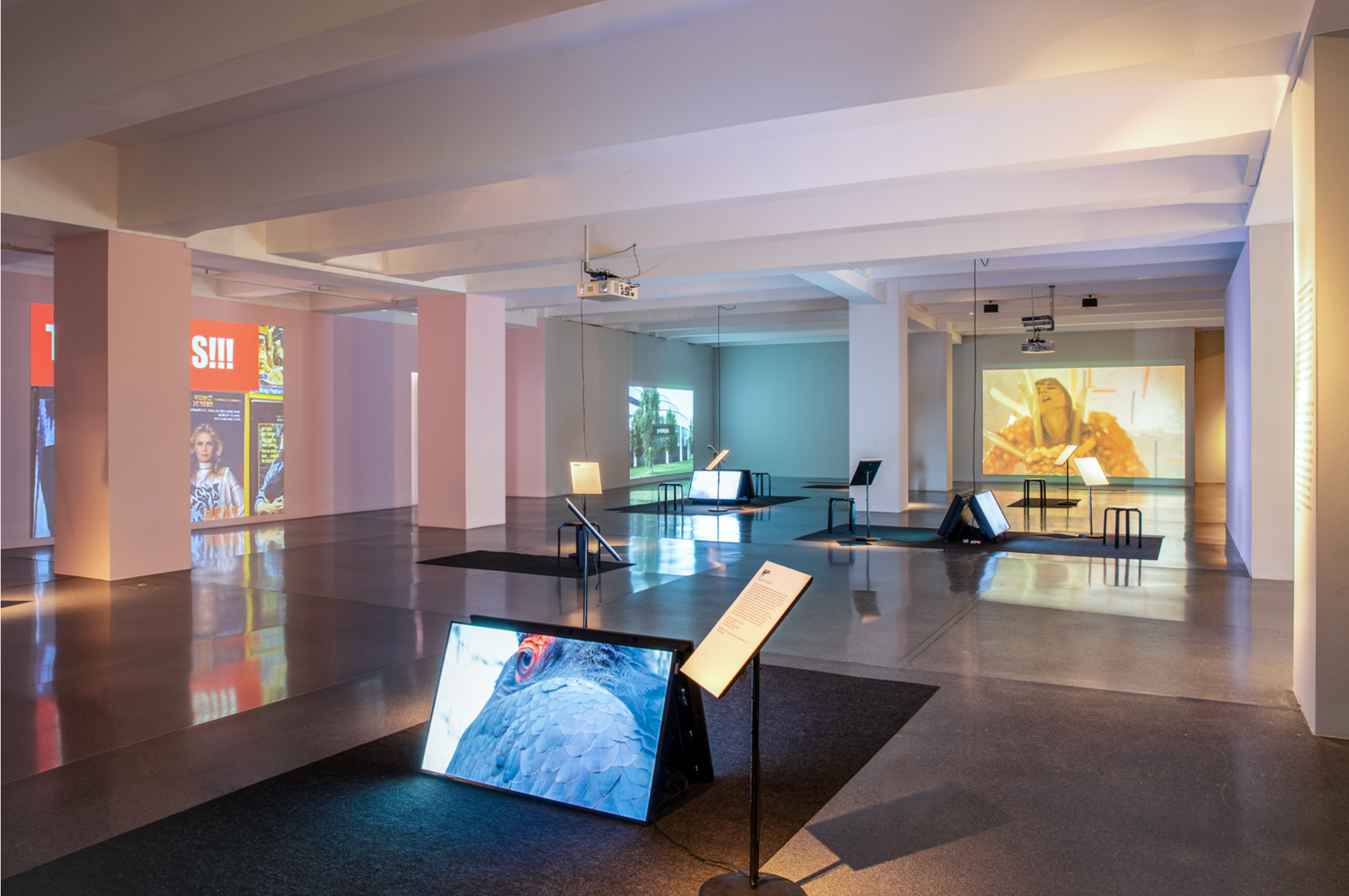
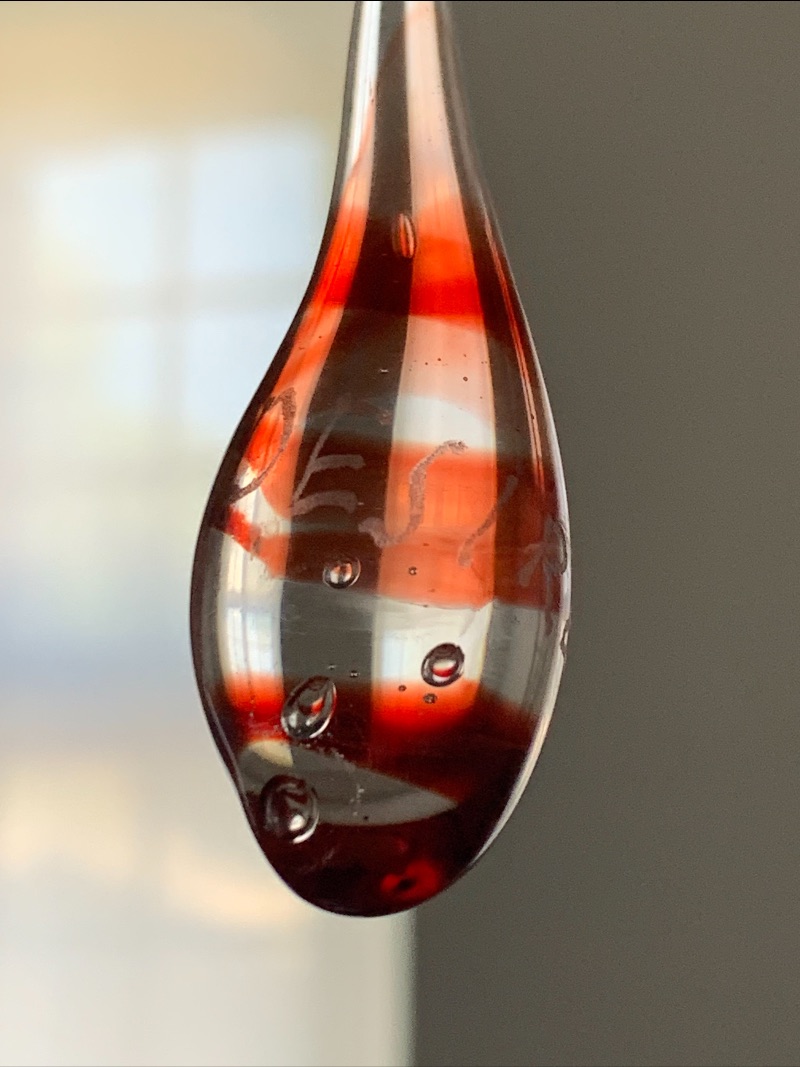
definitively_Goeben_Berlin_2020_00003.JPG)
